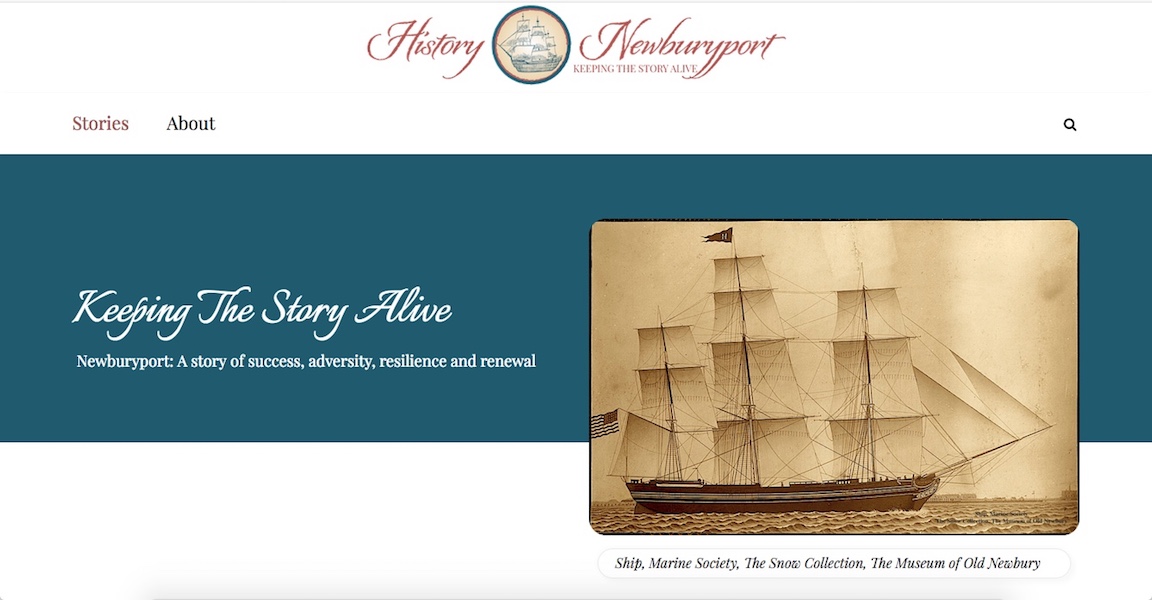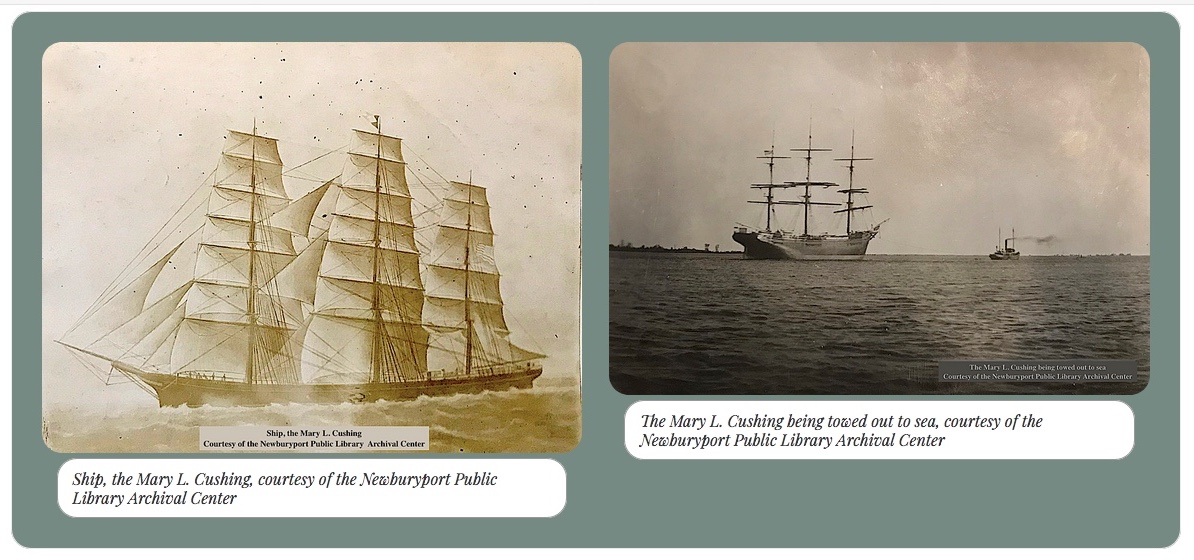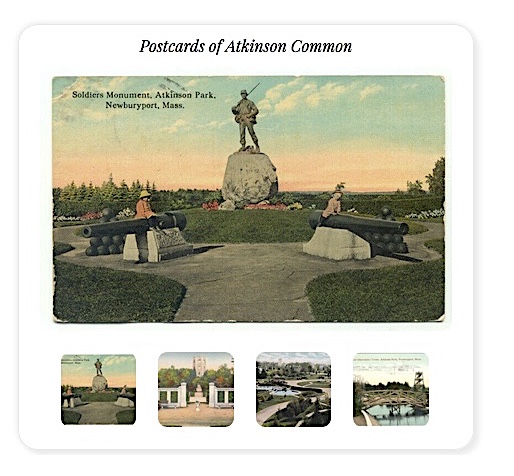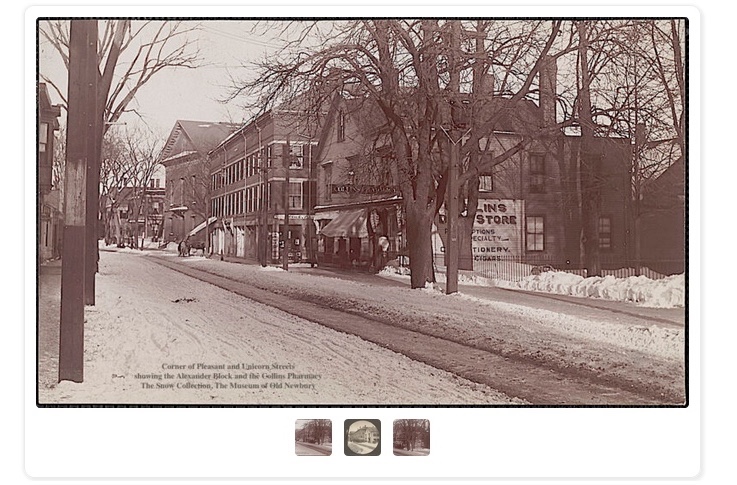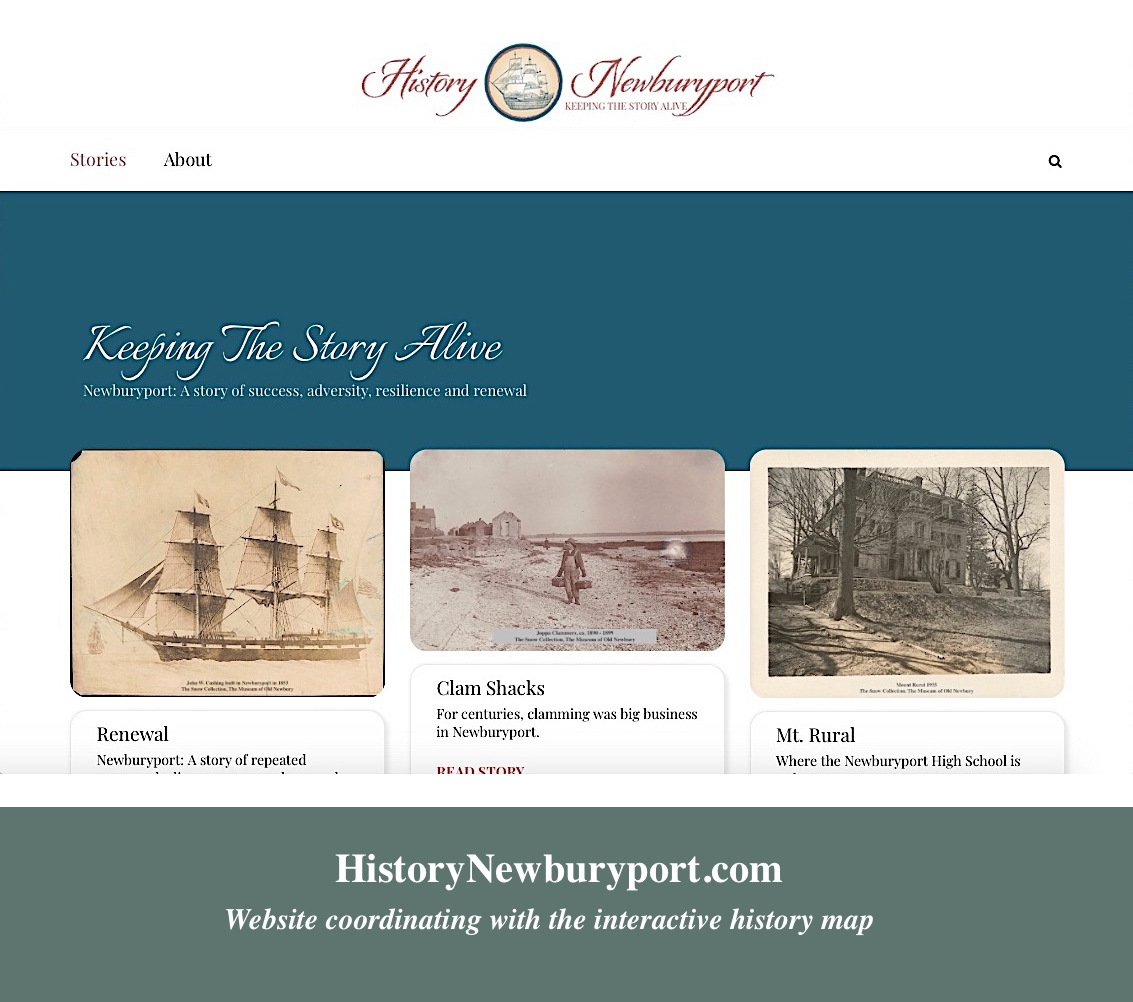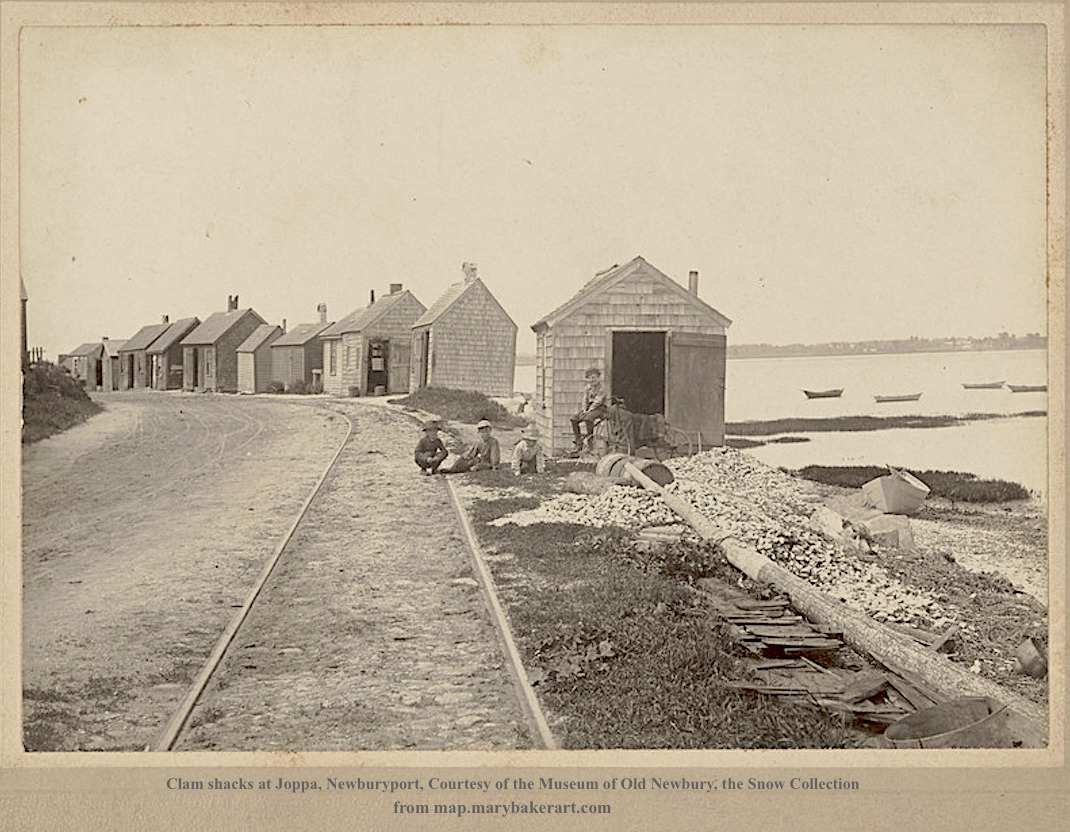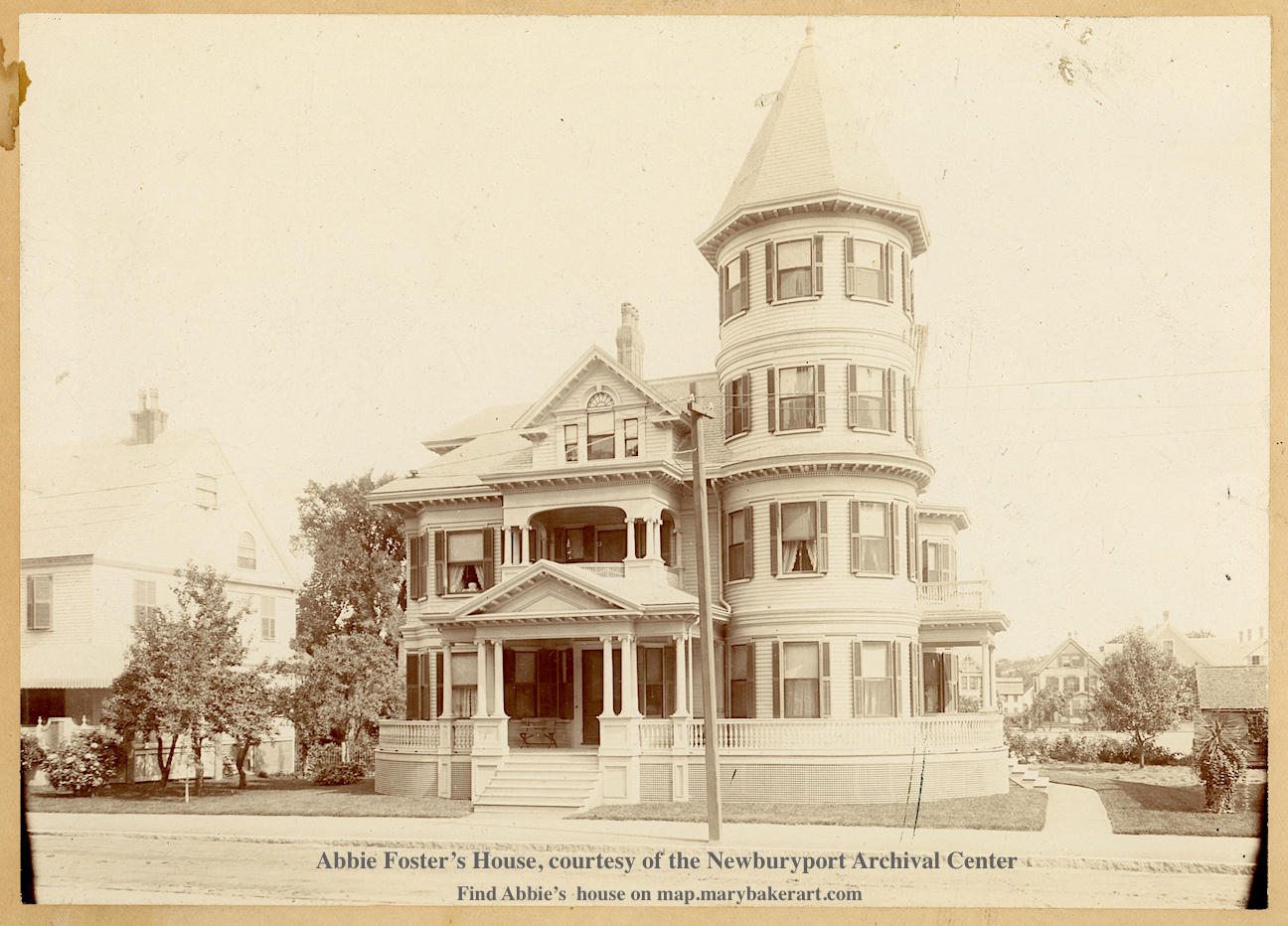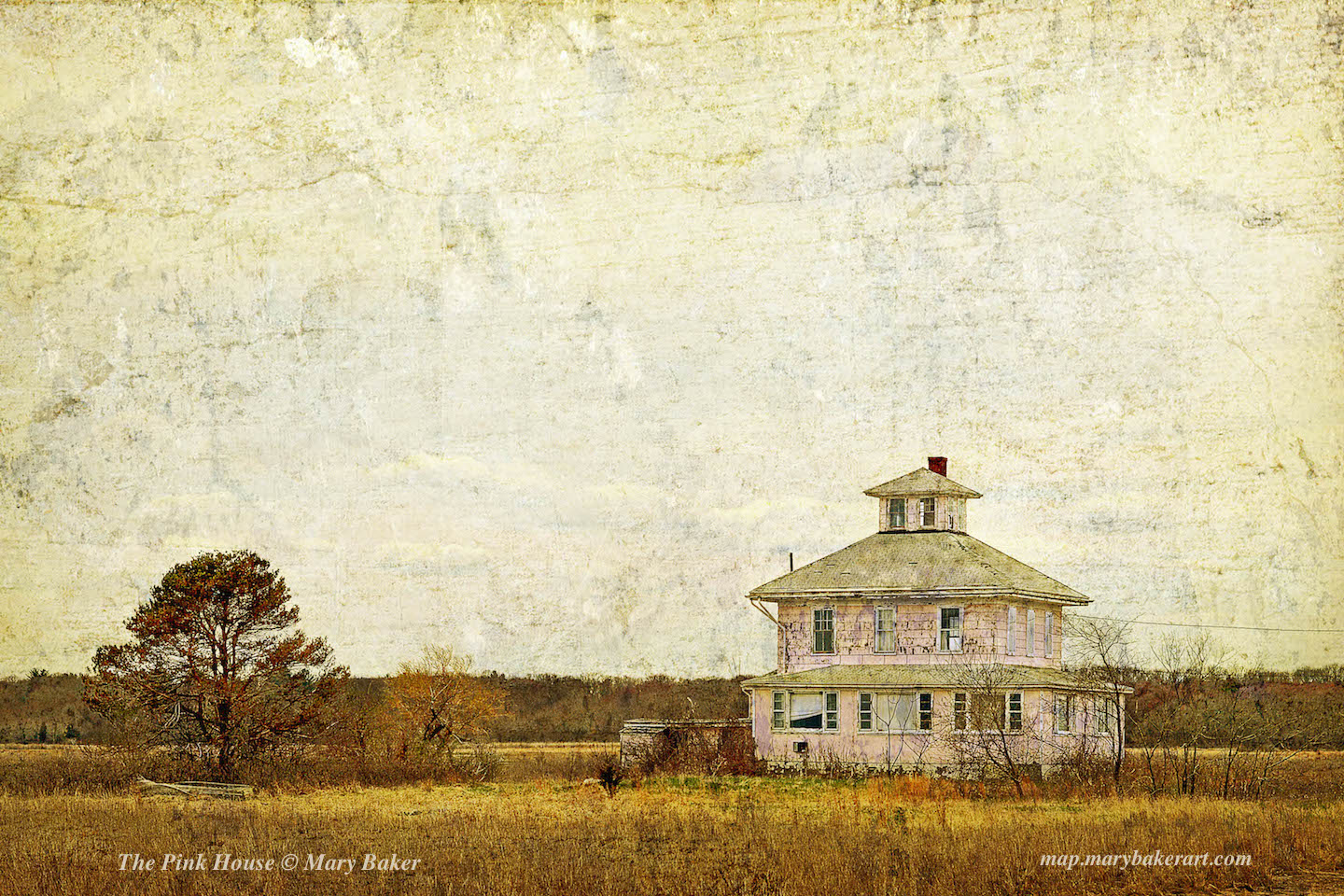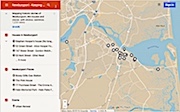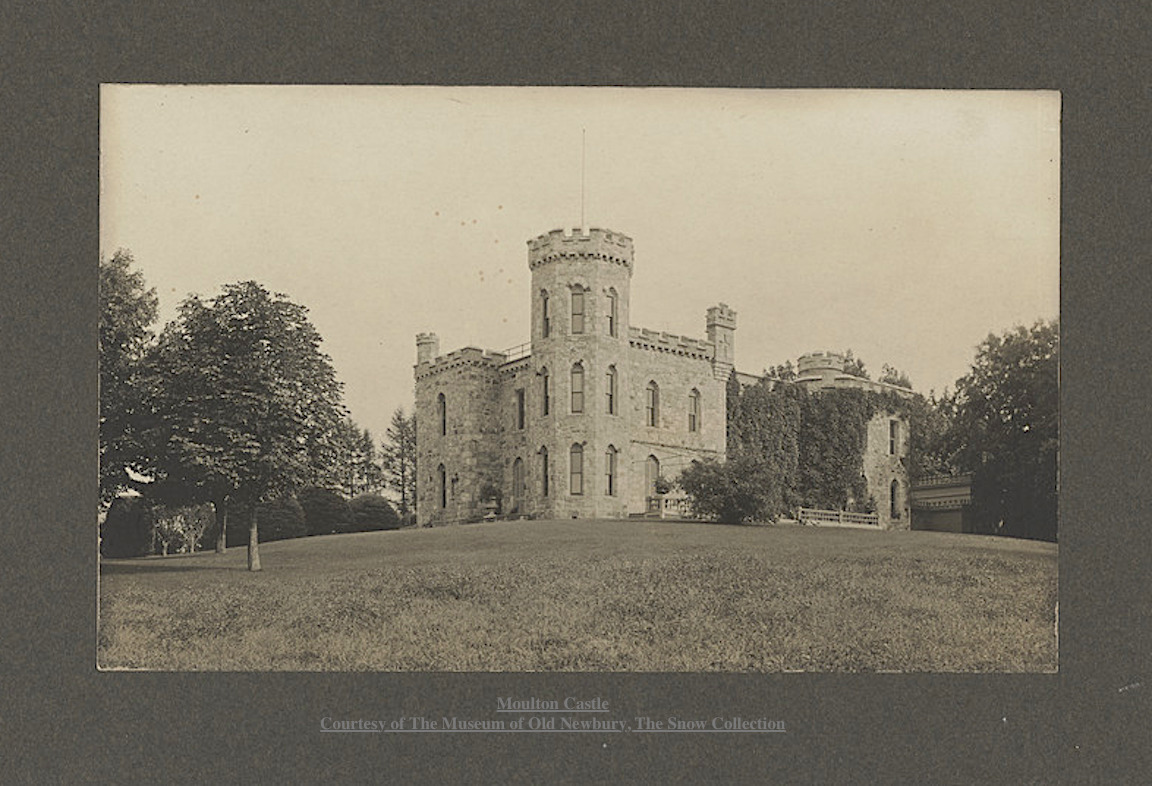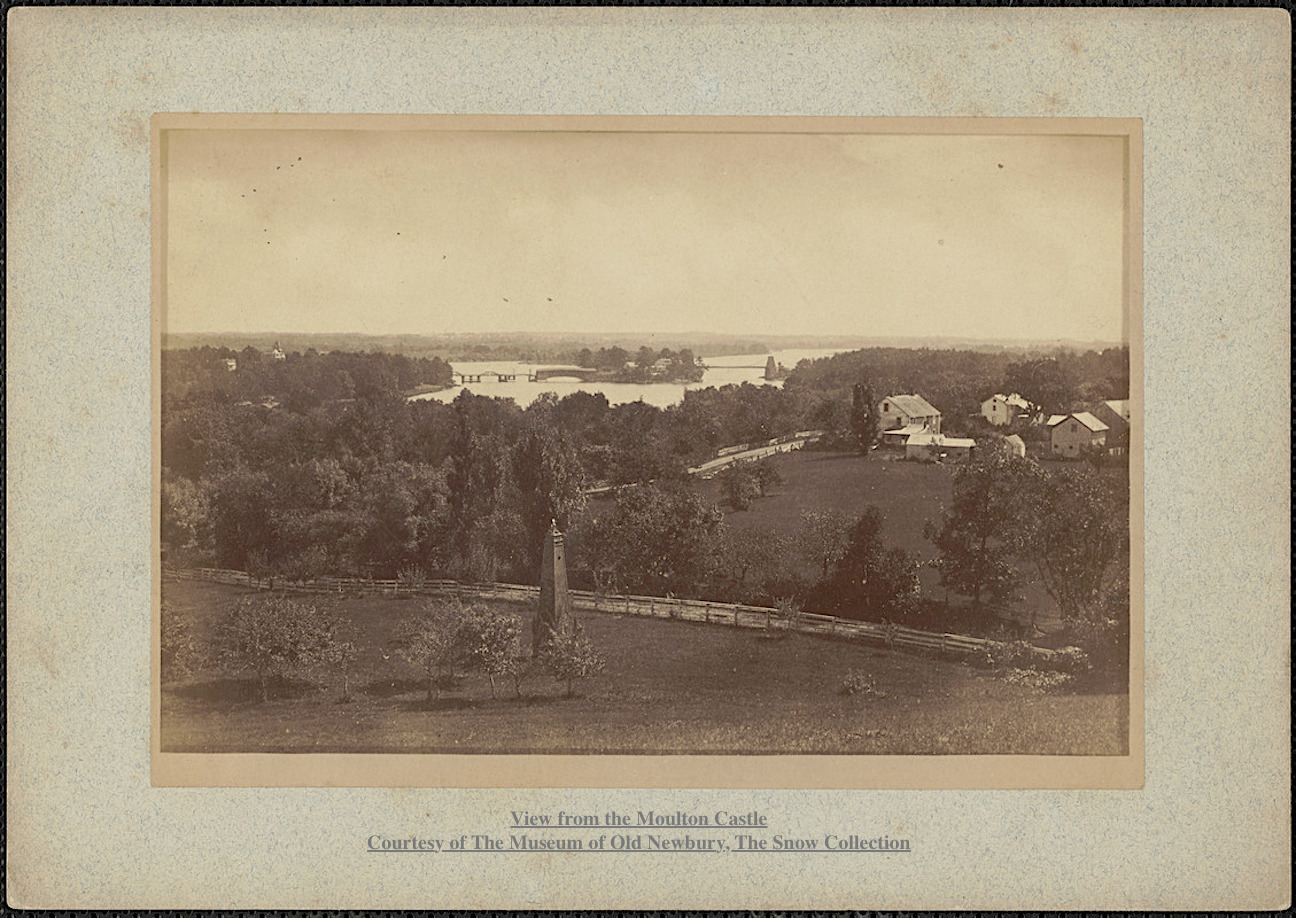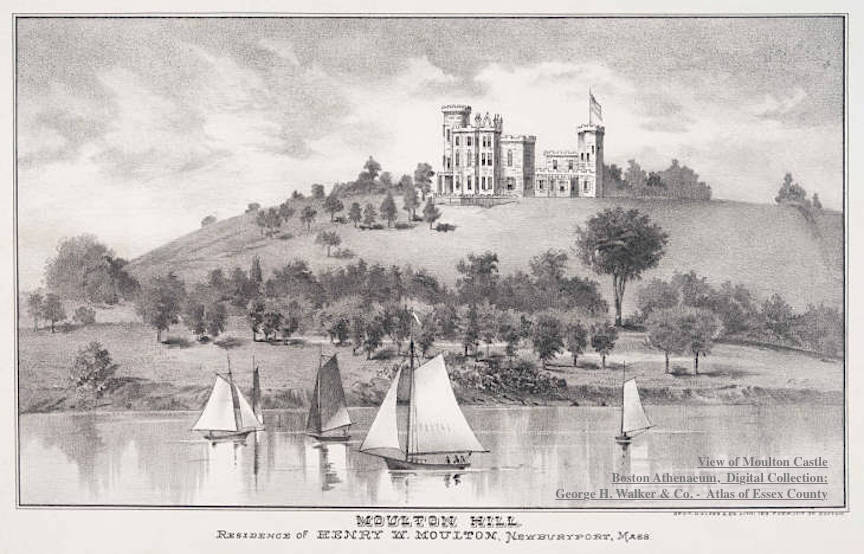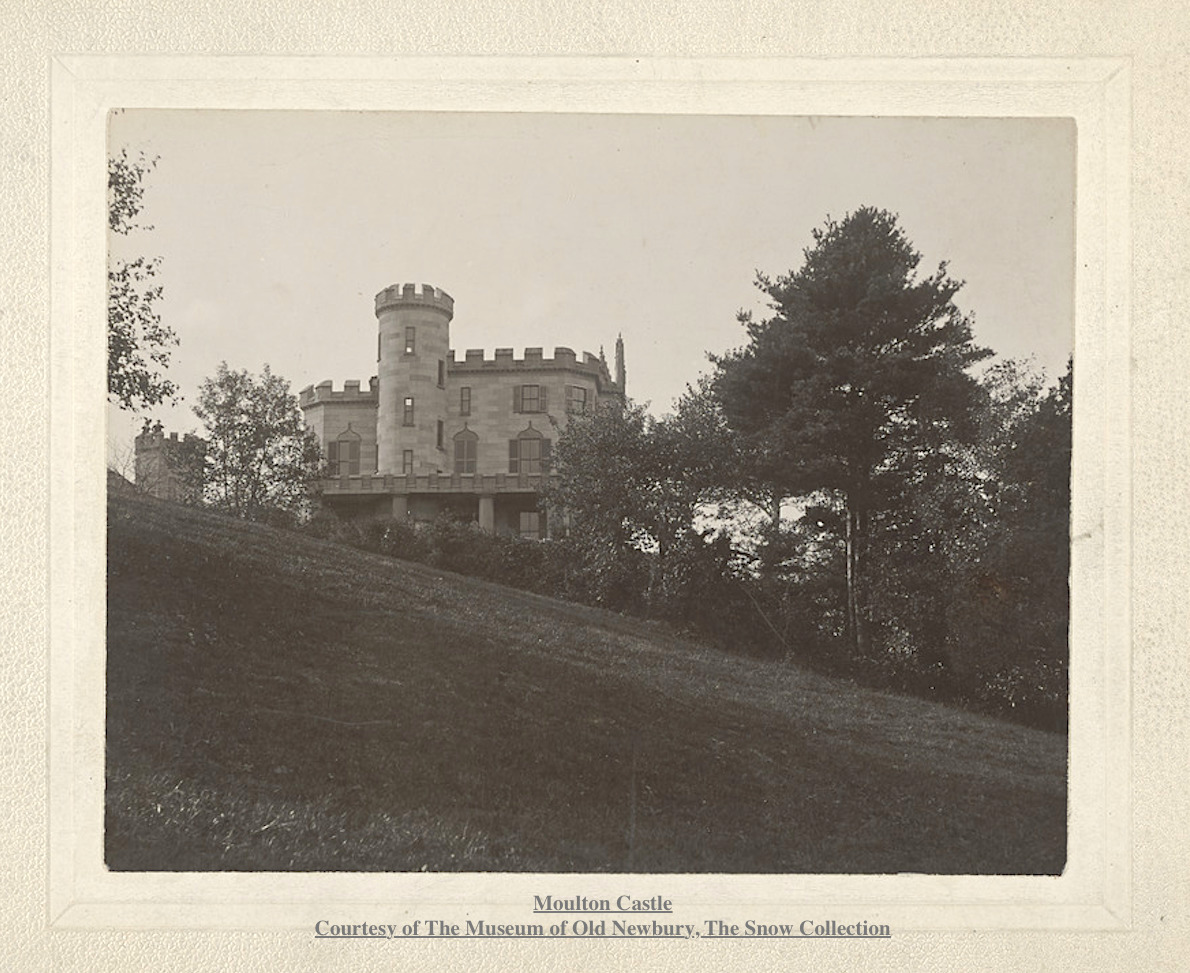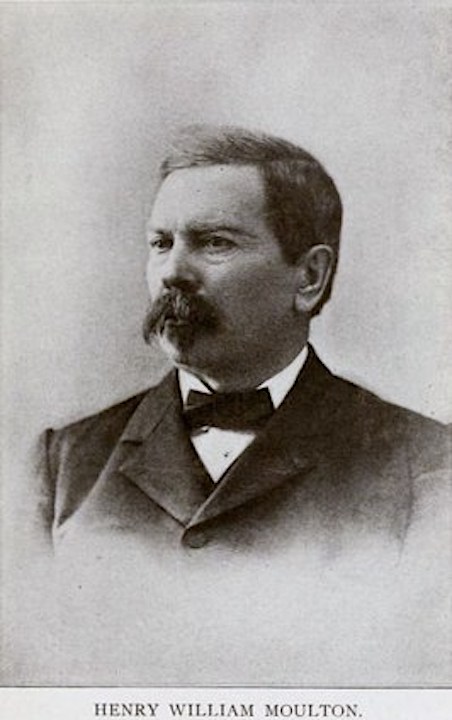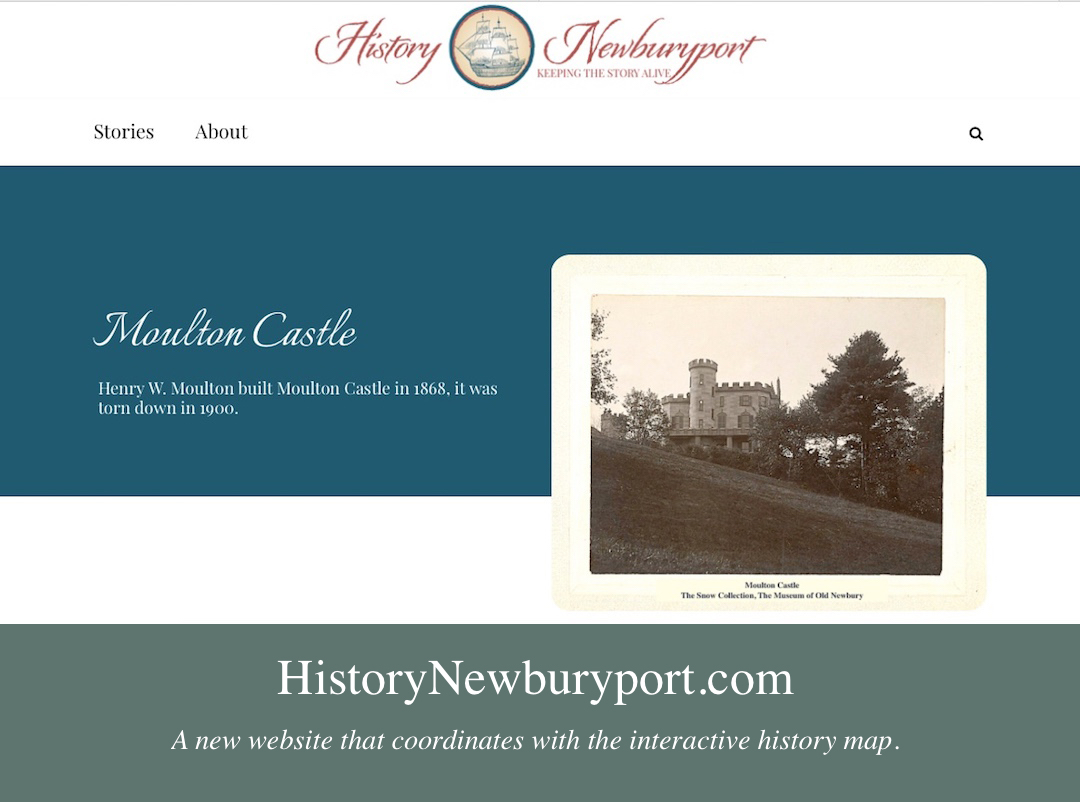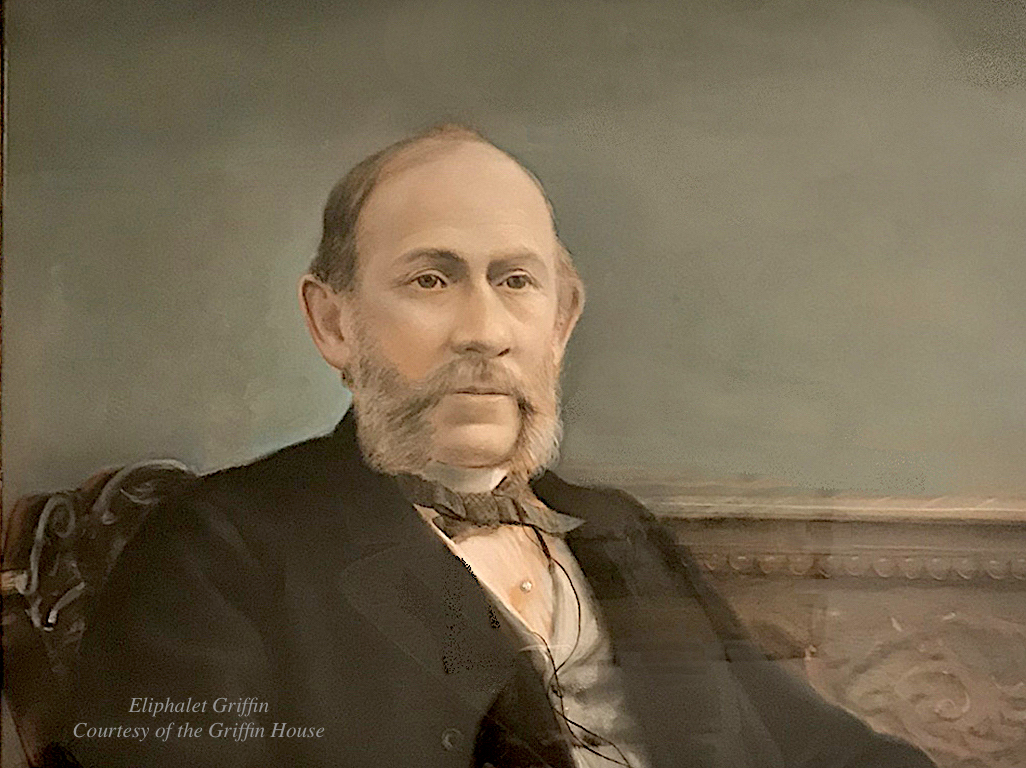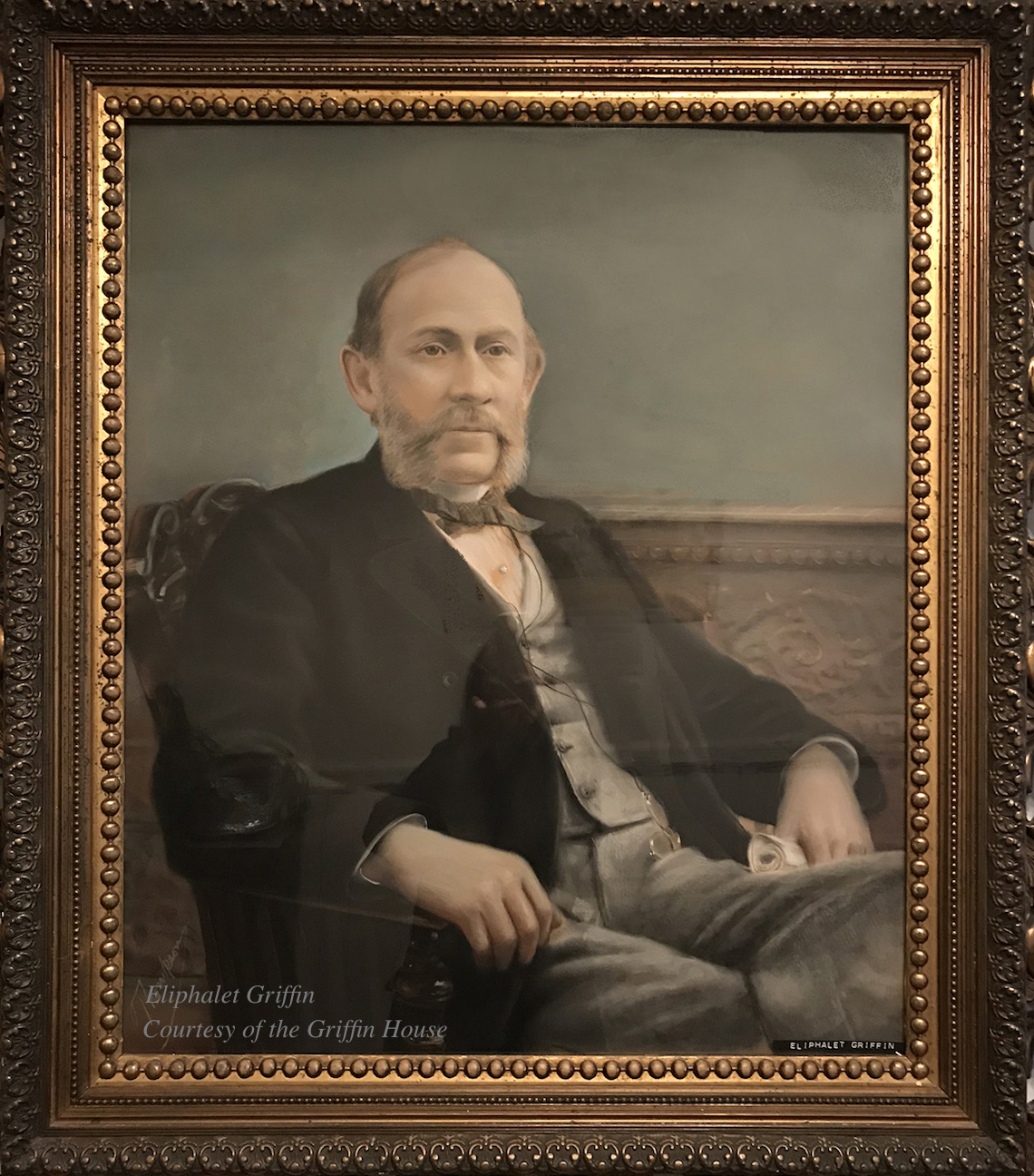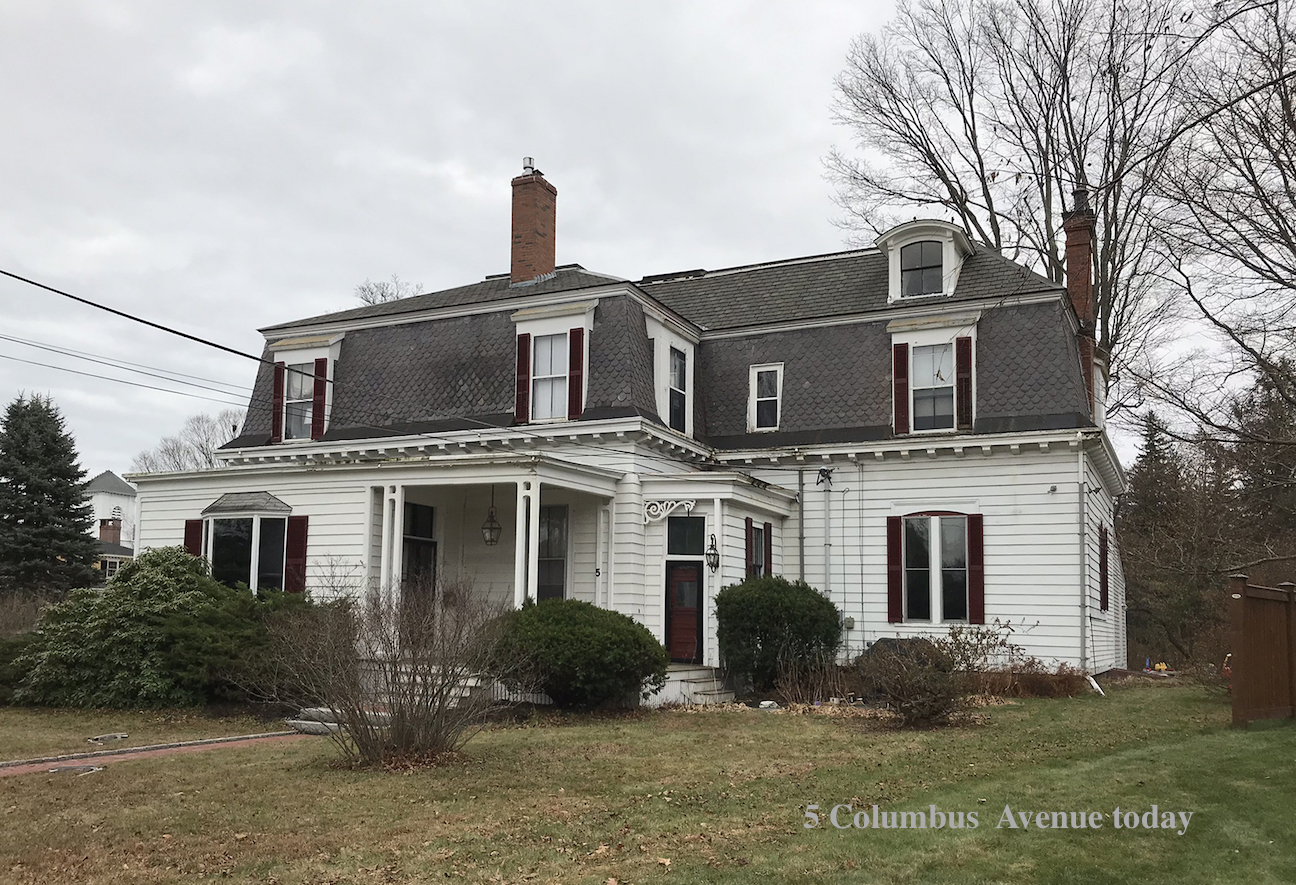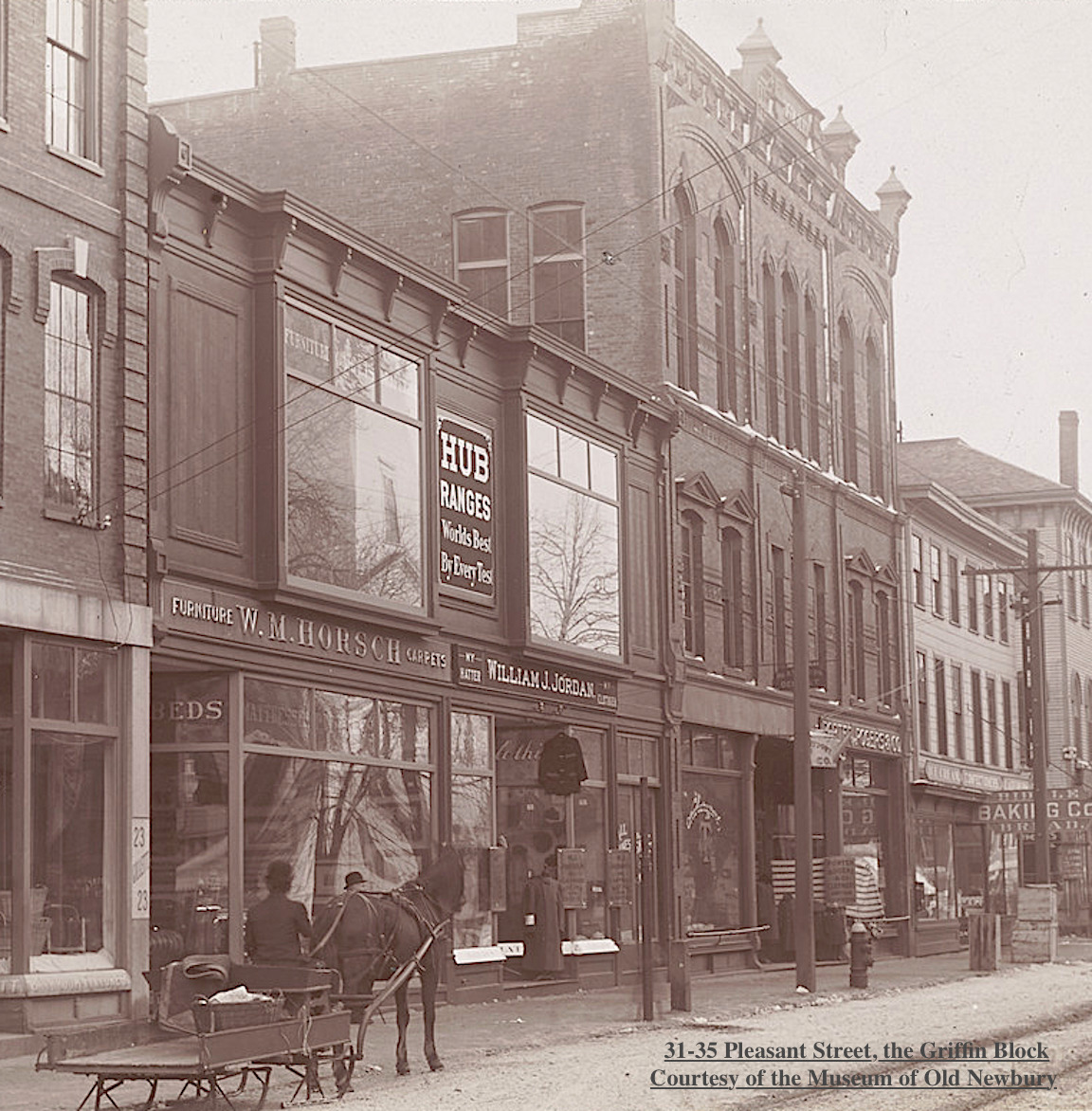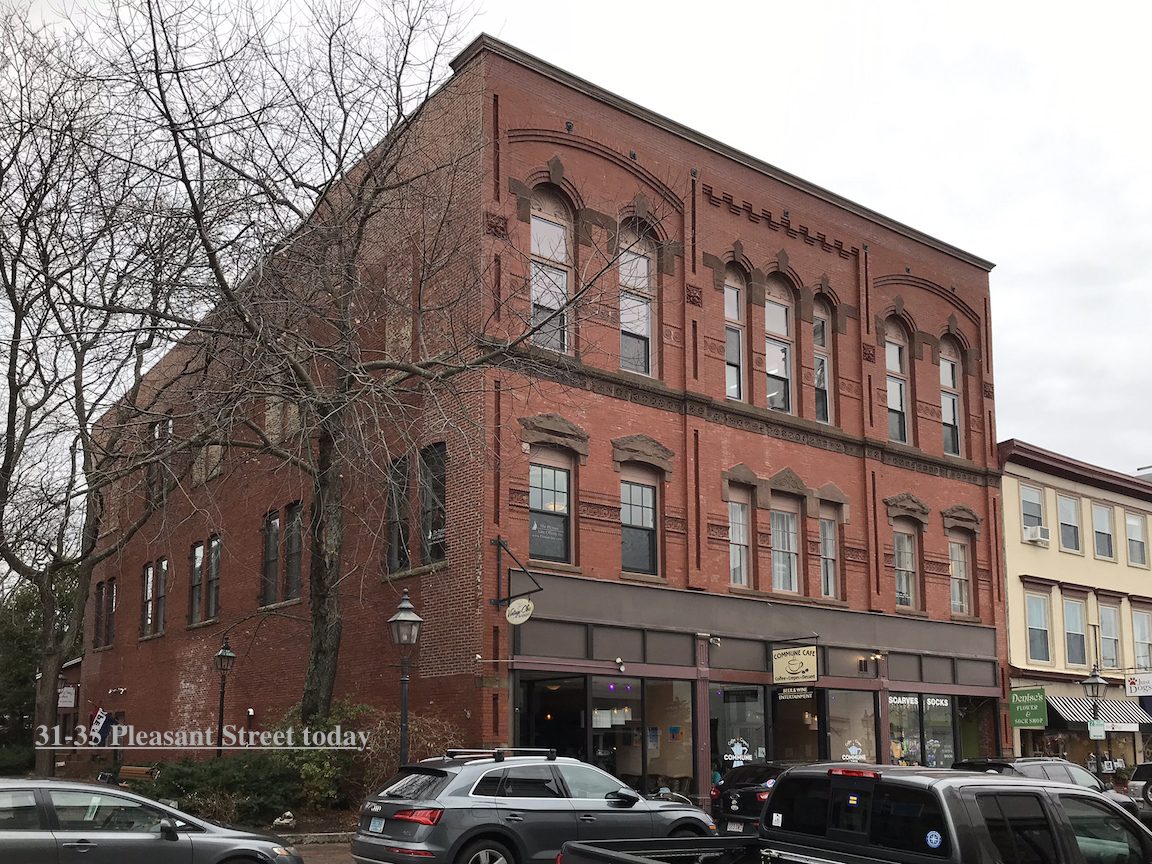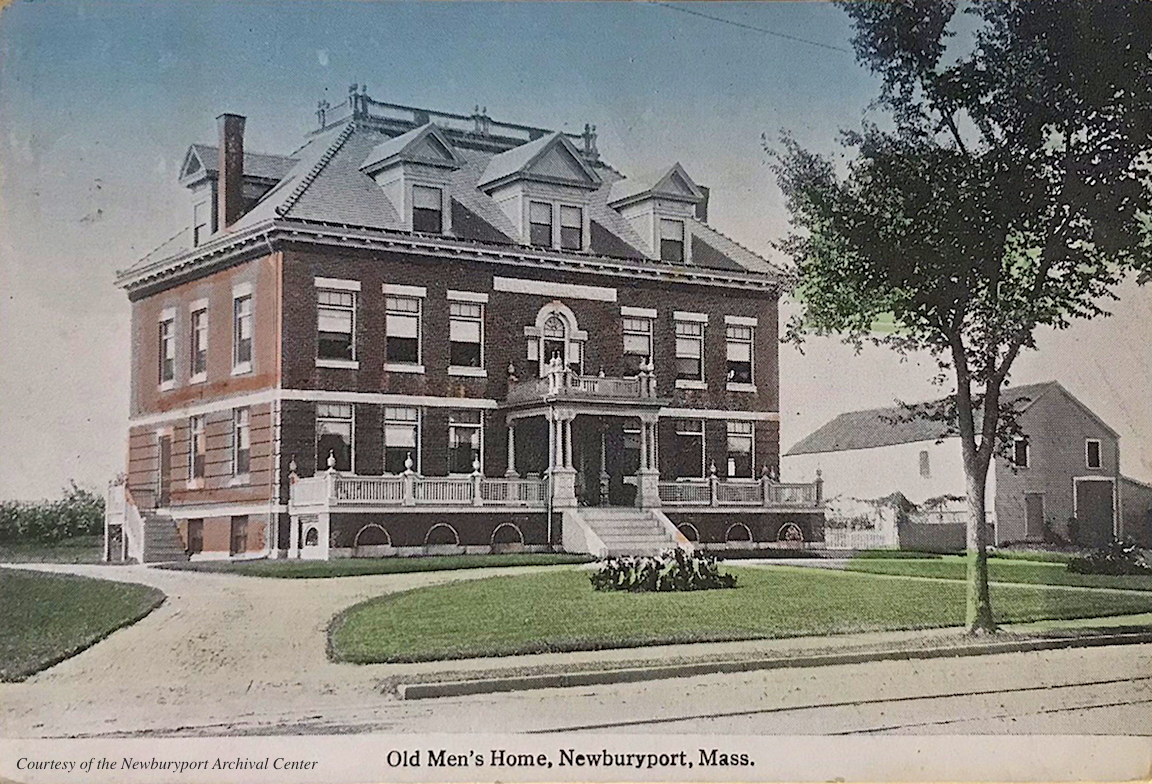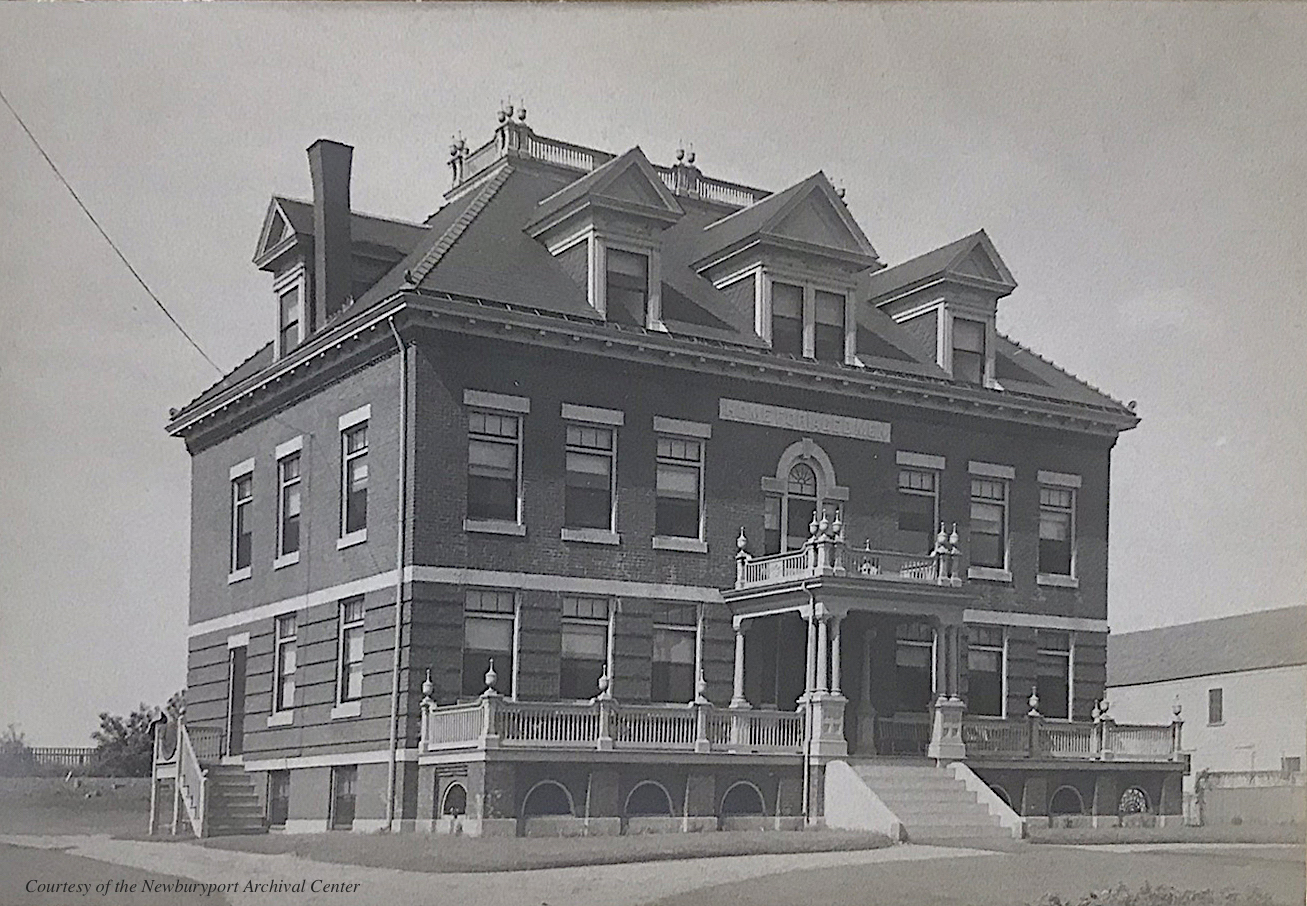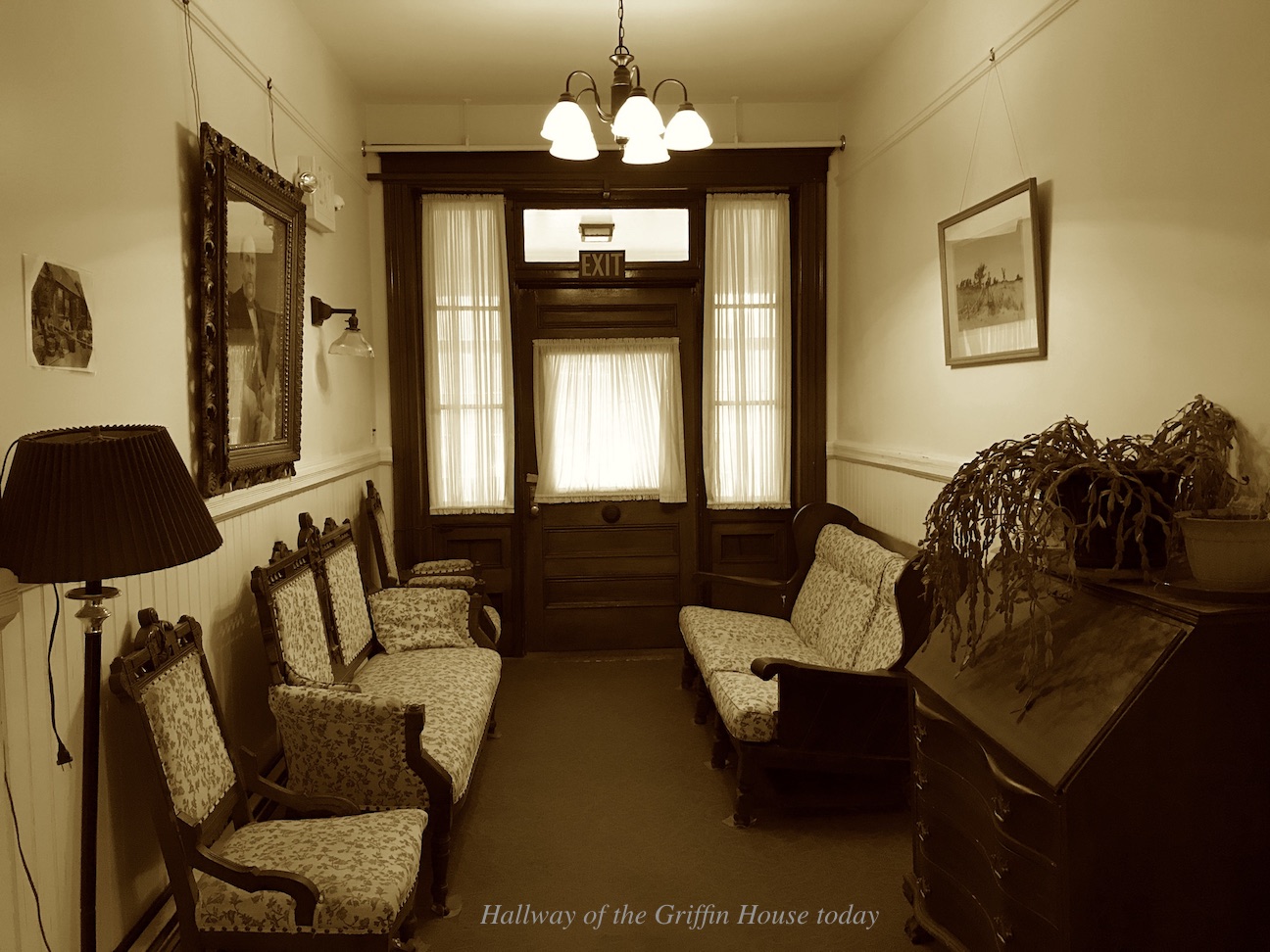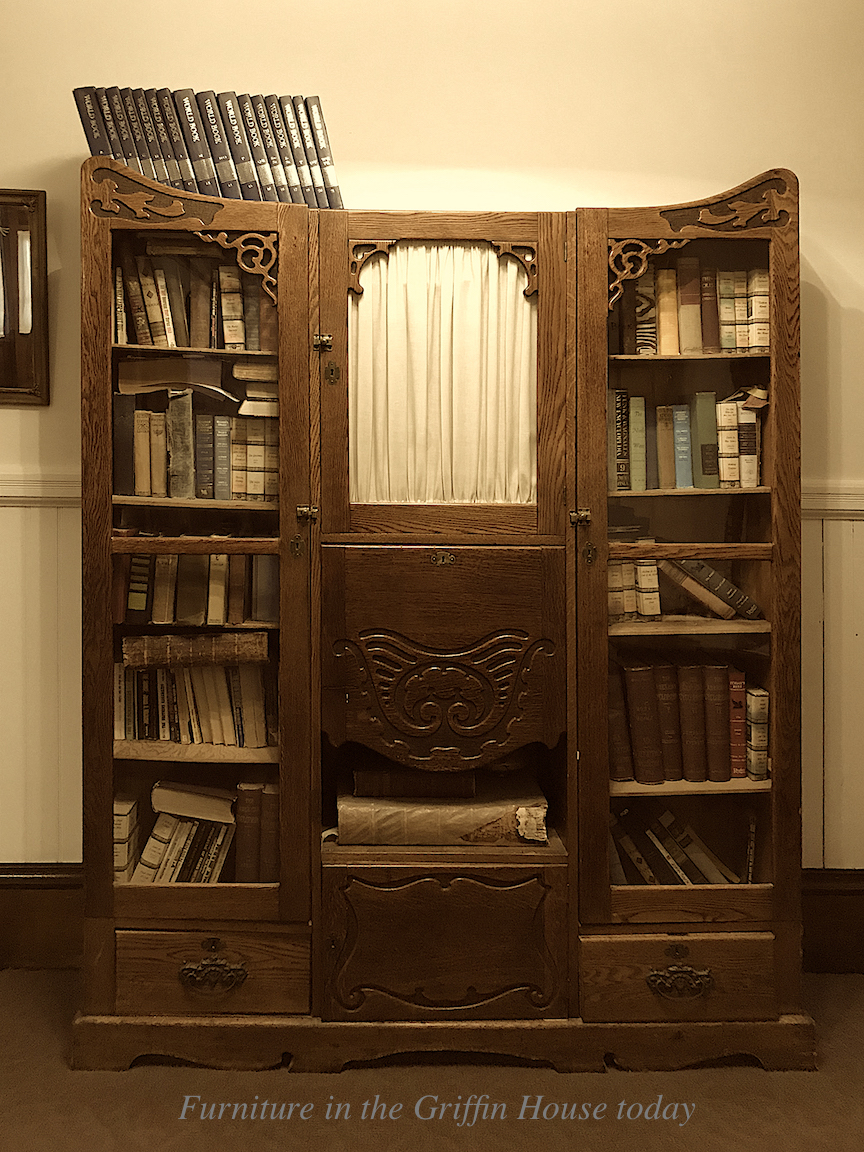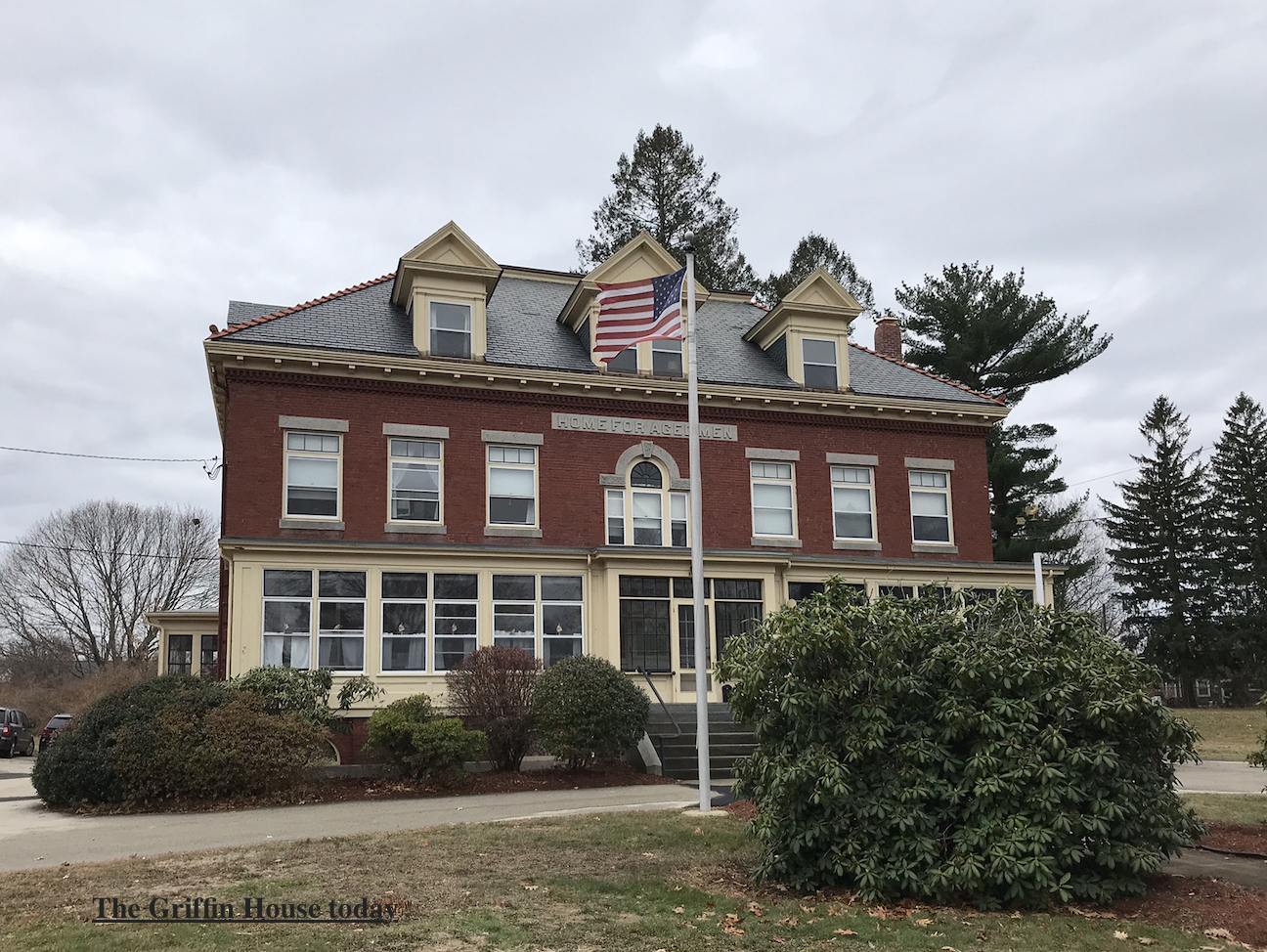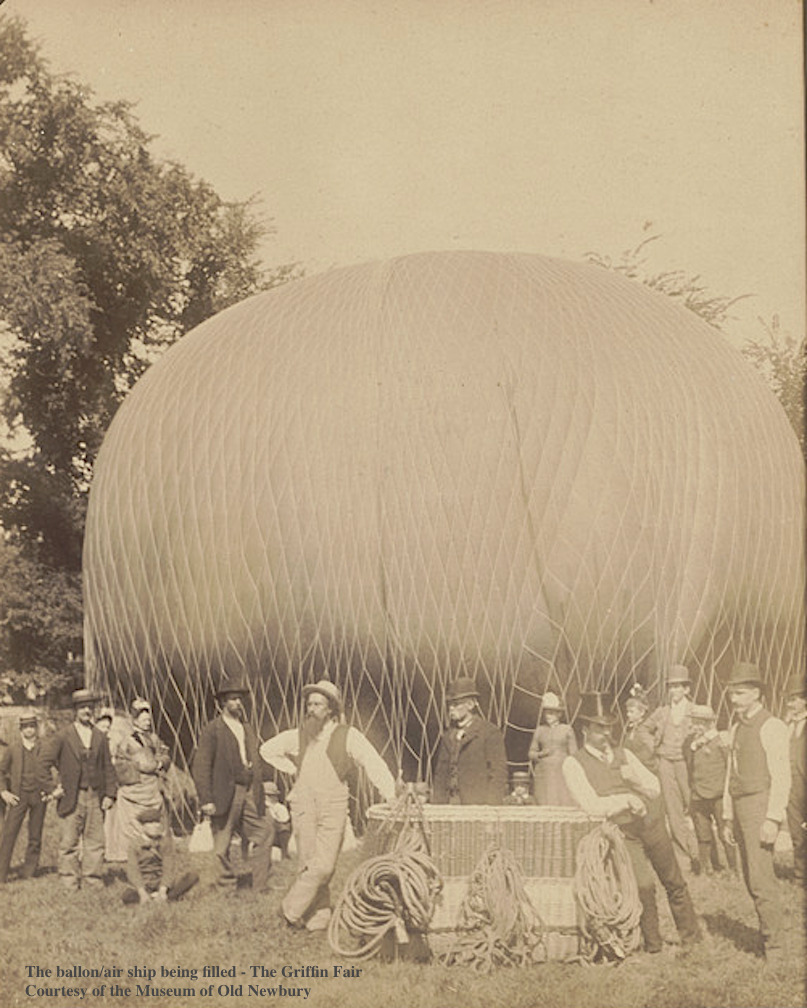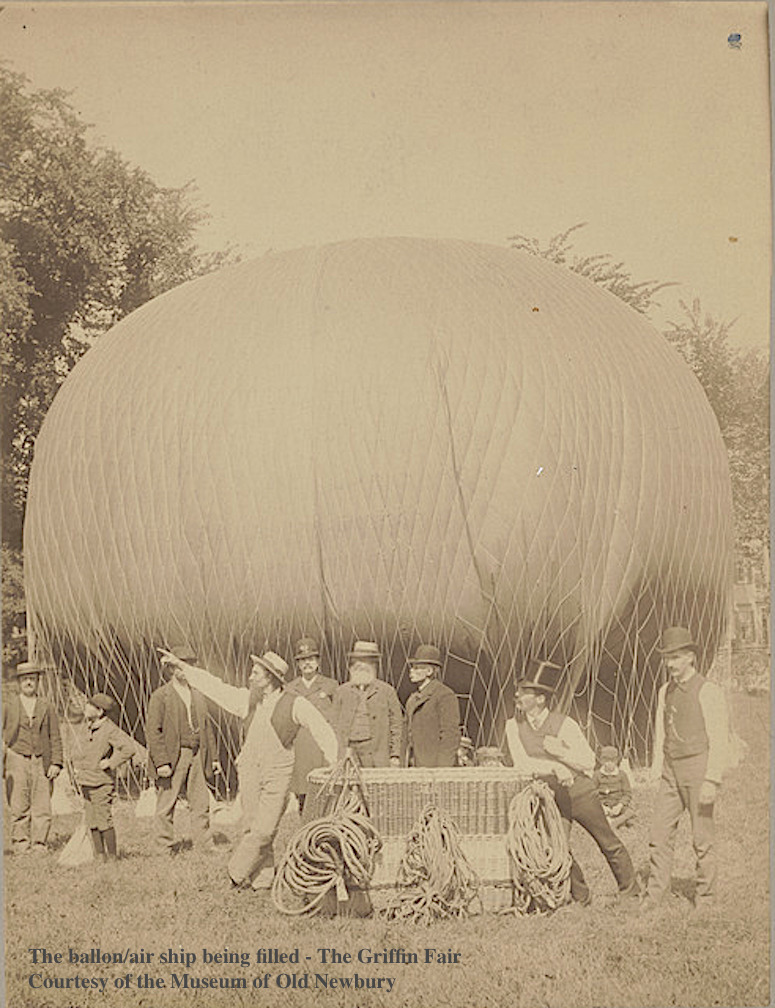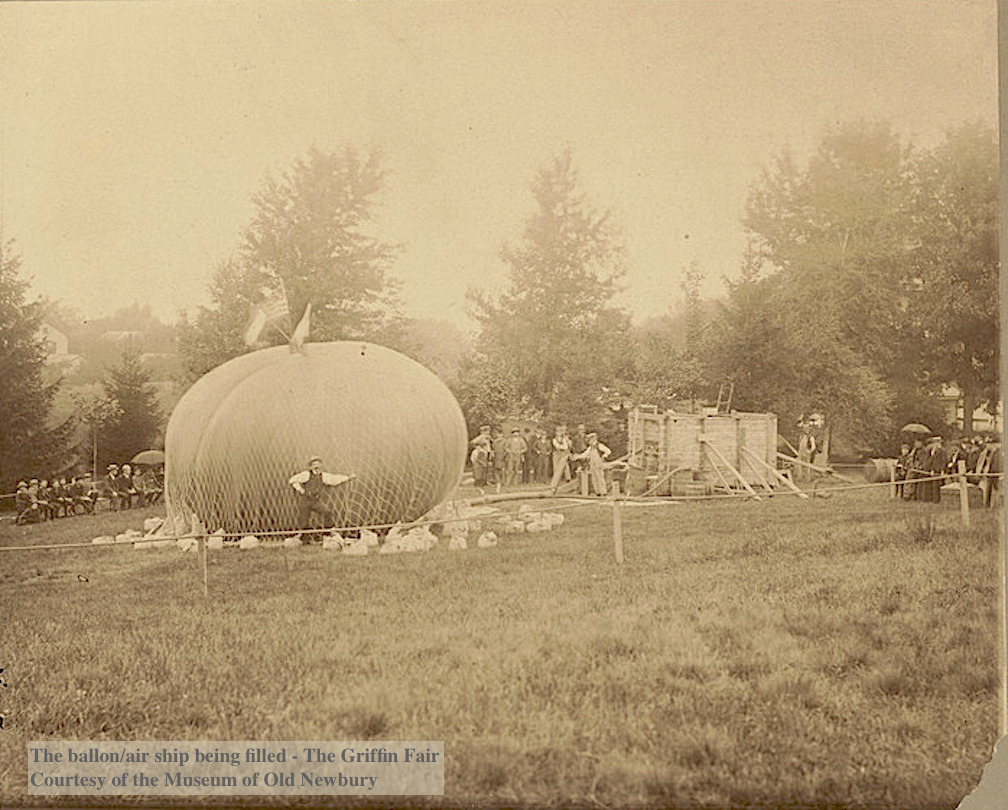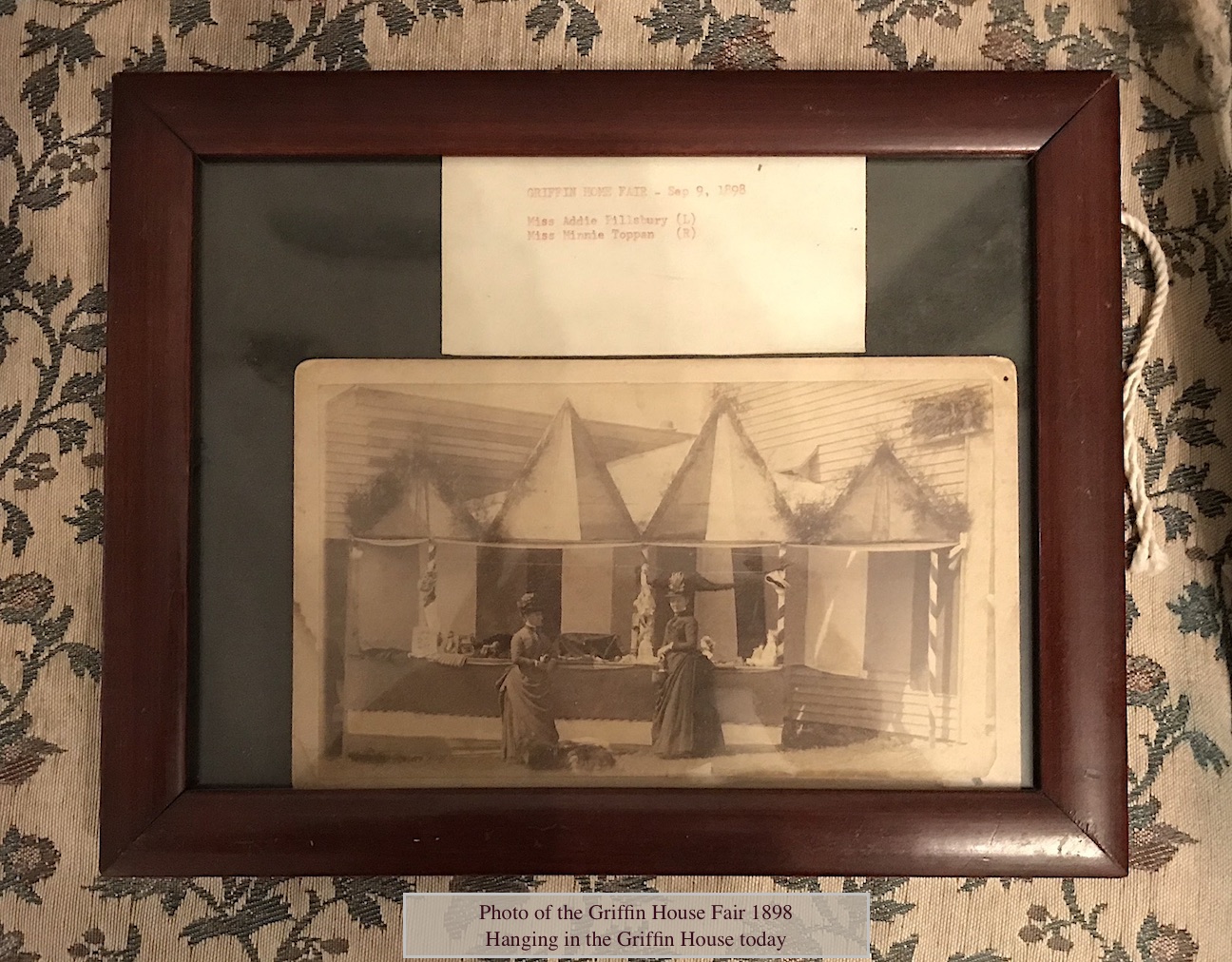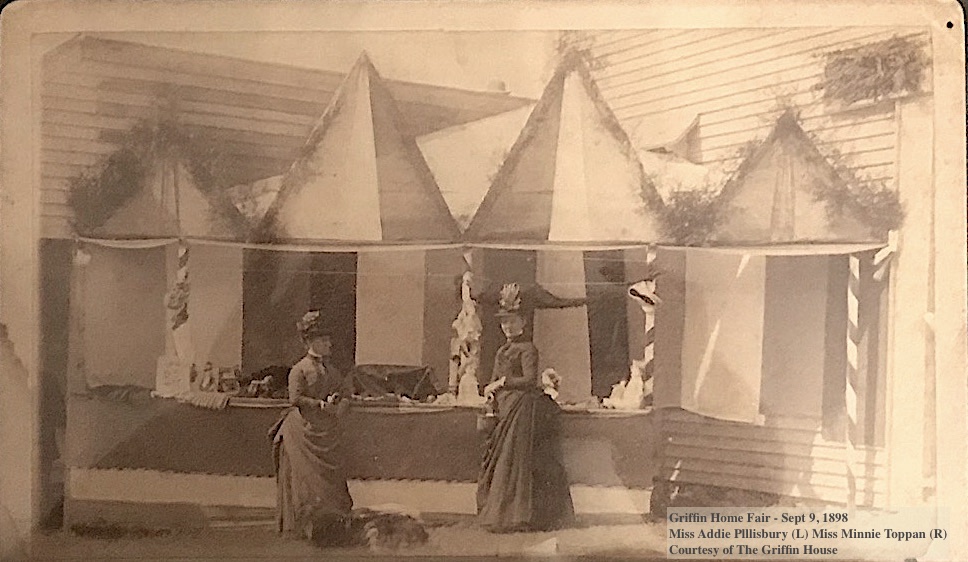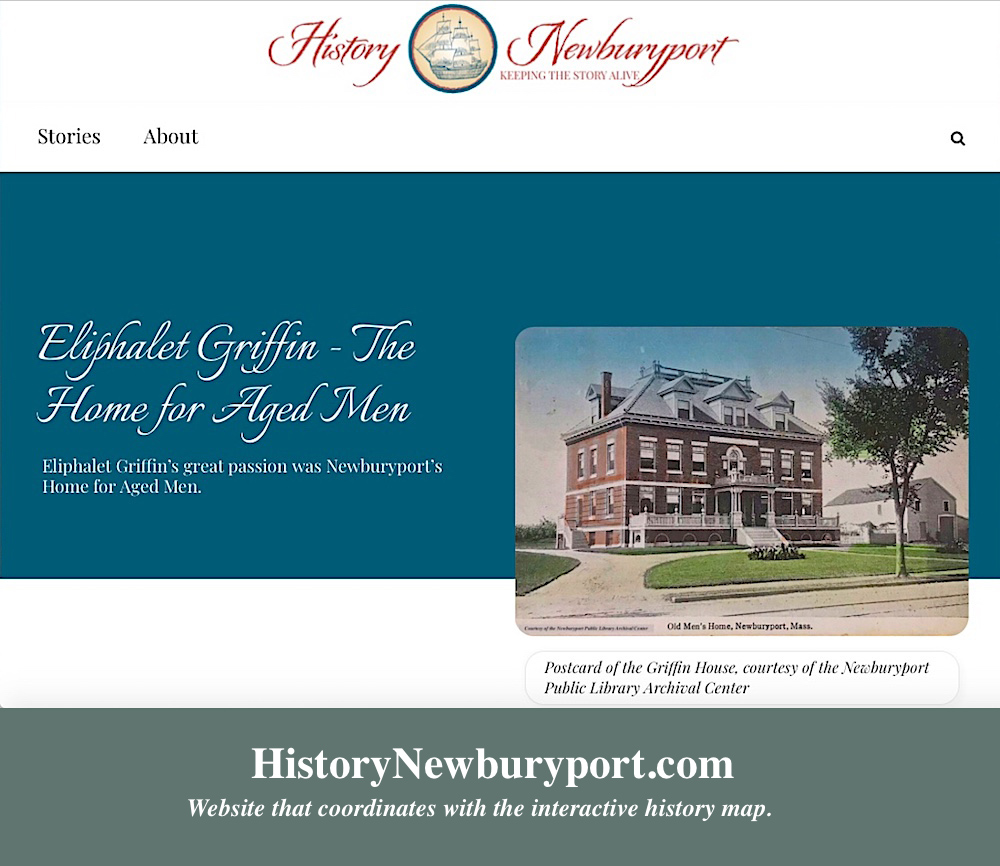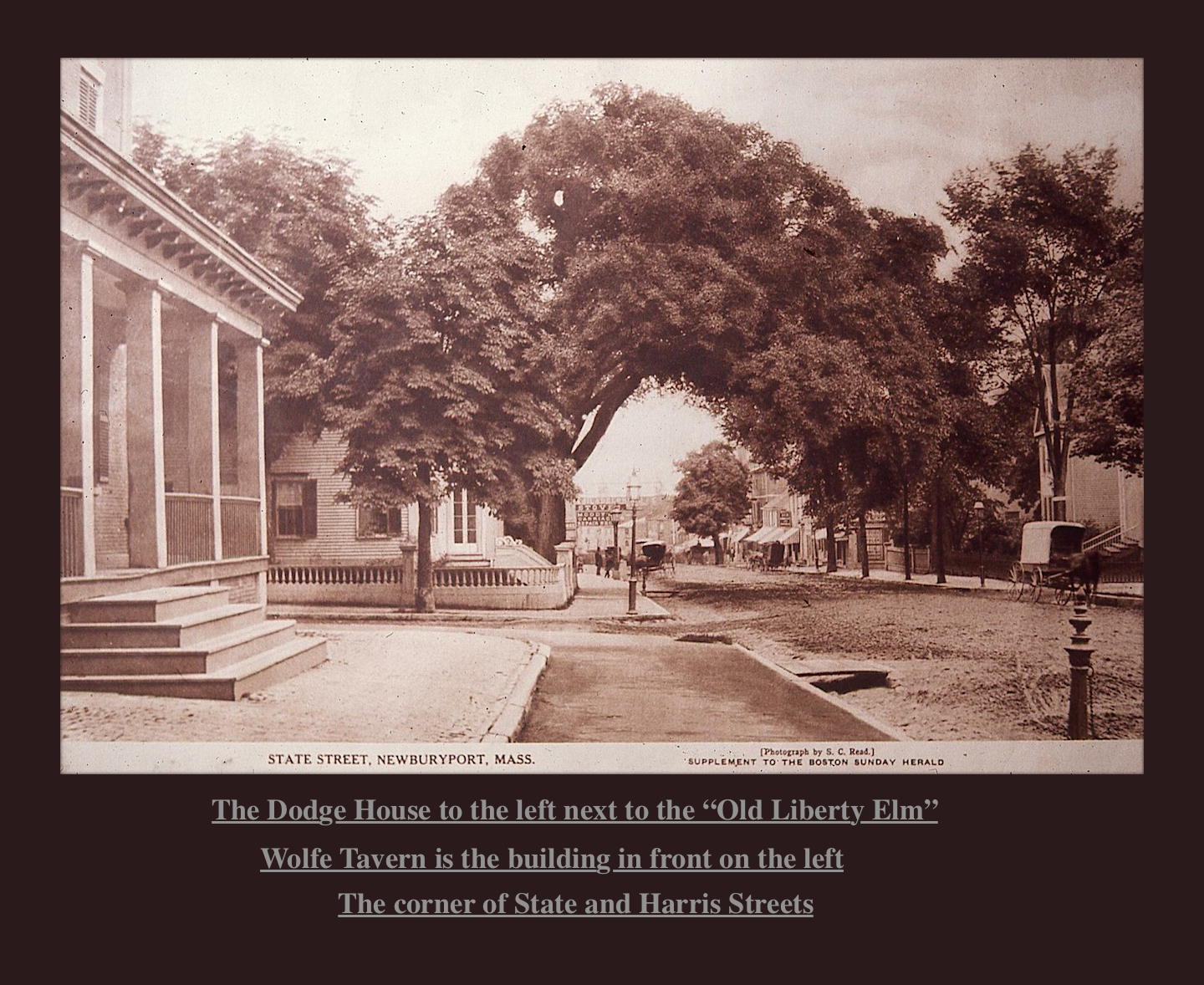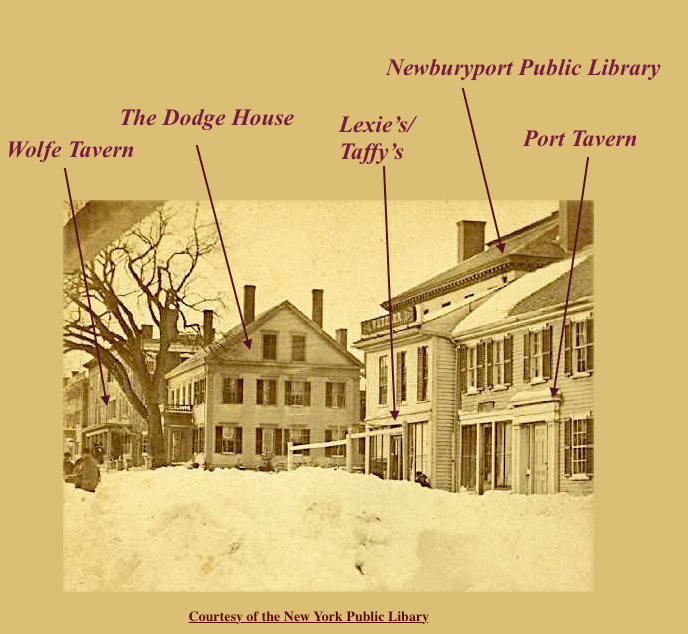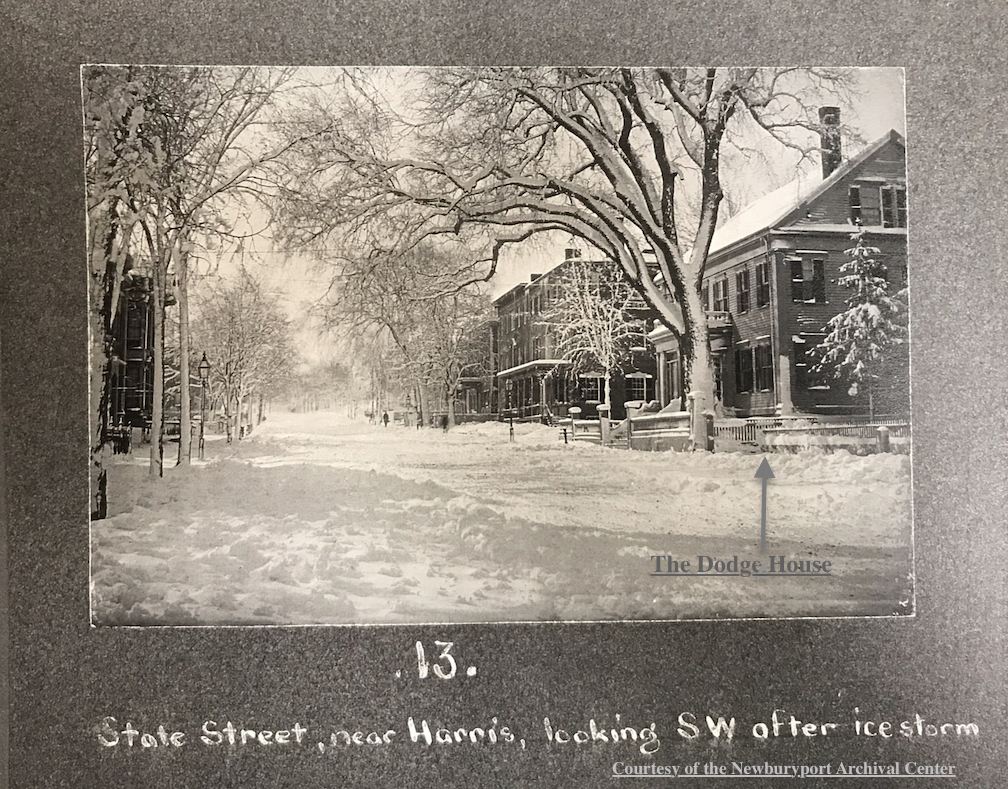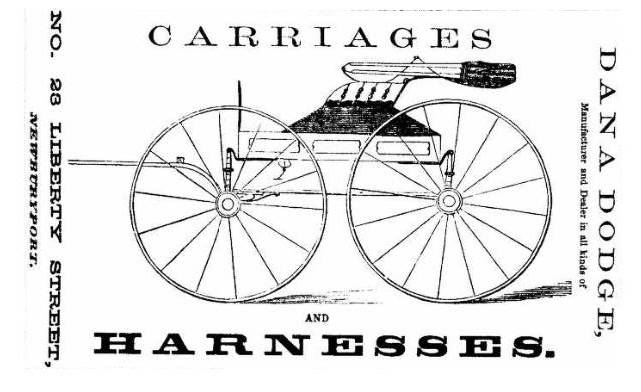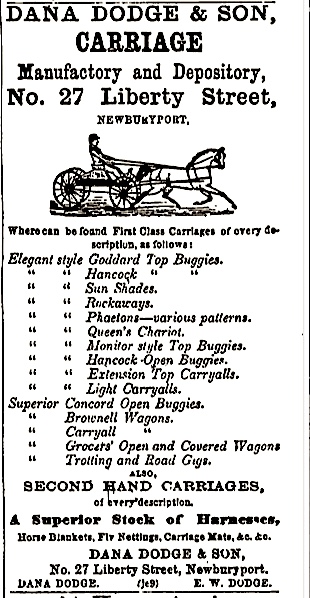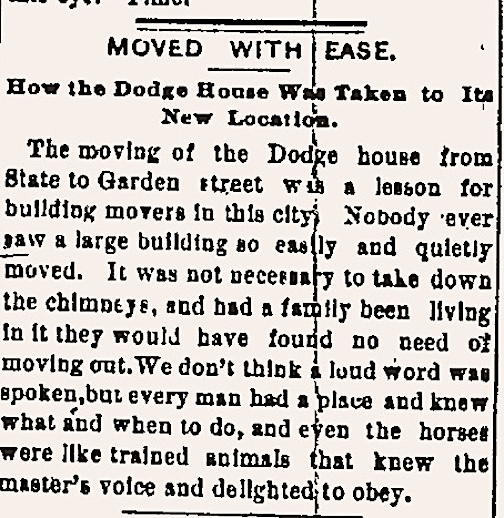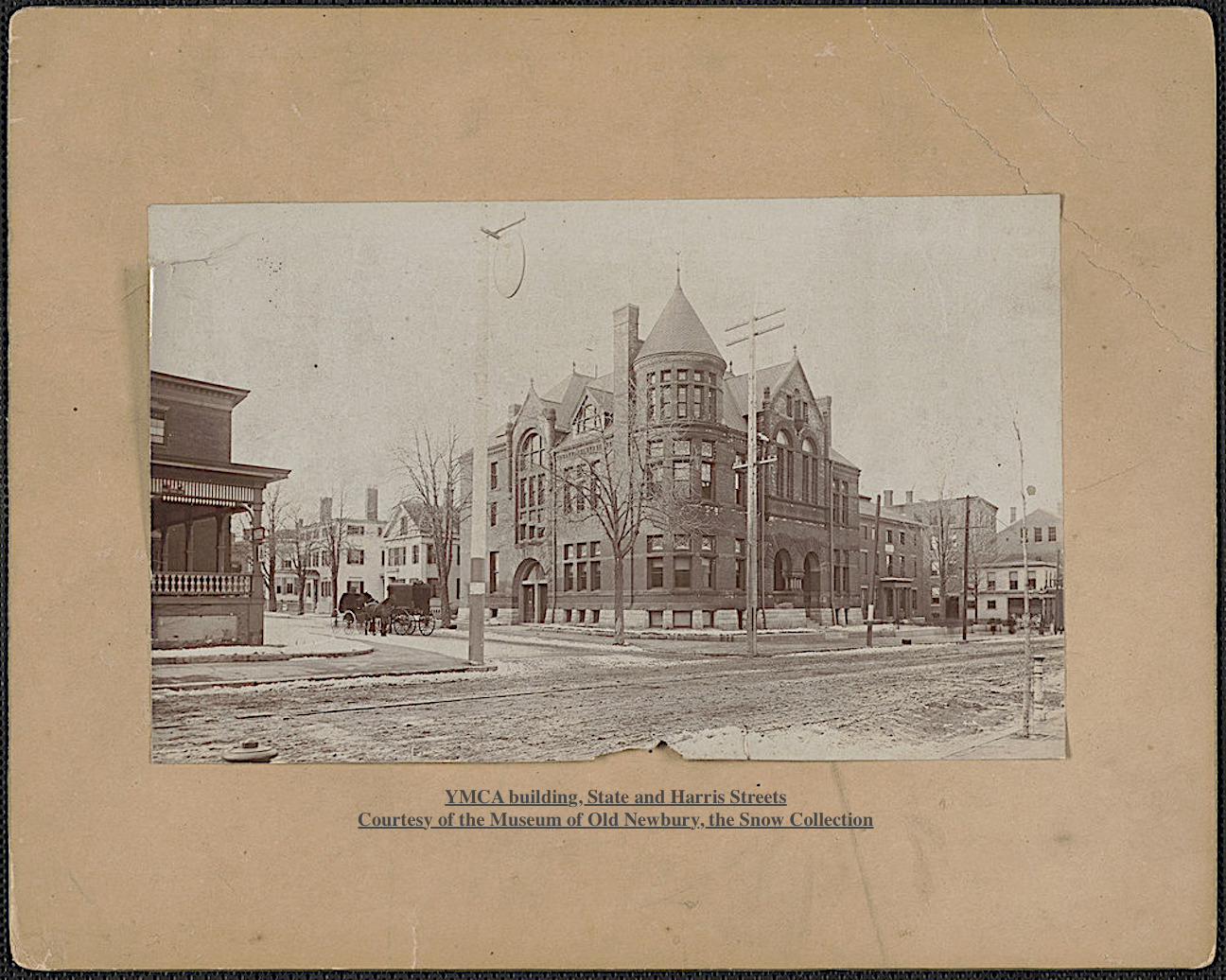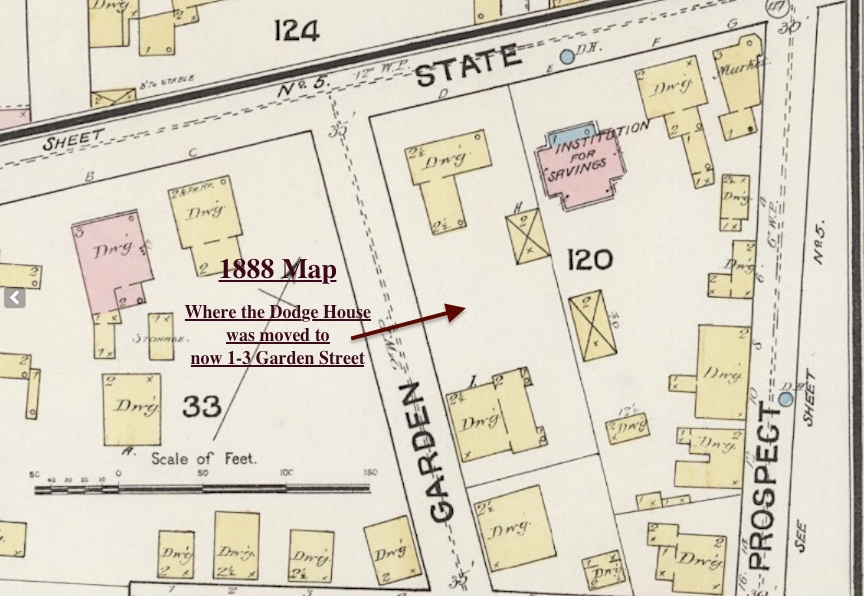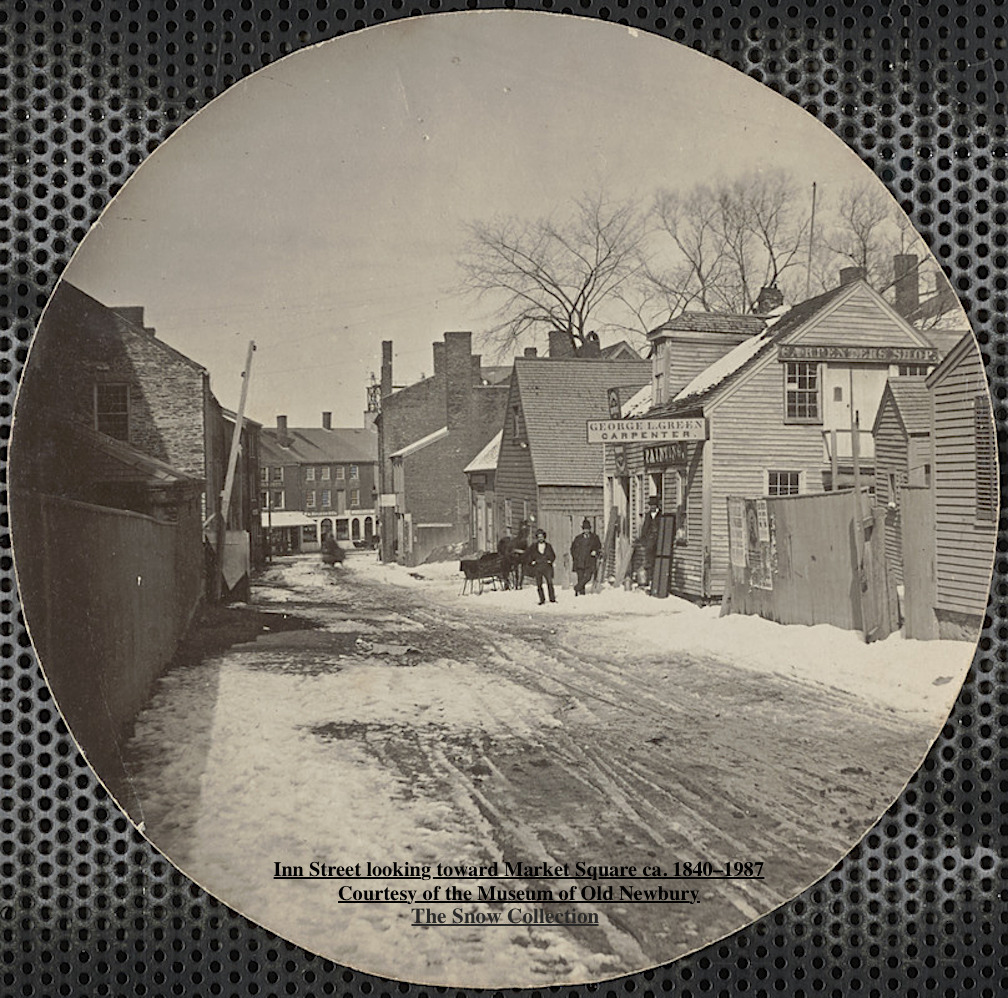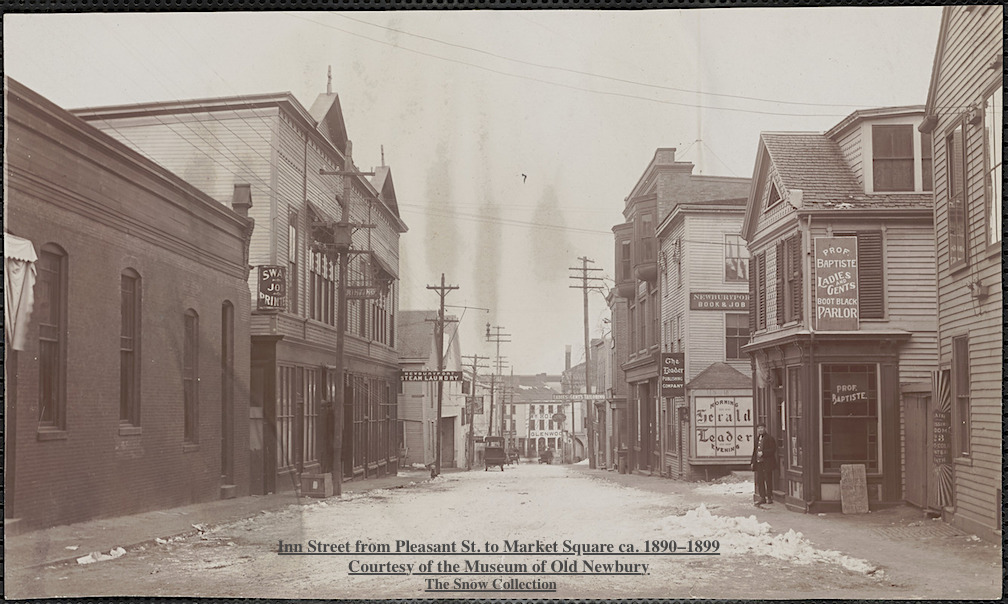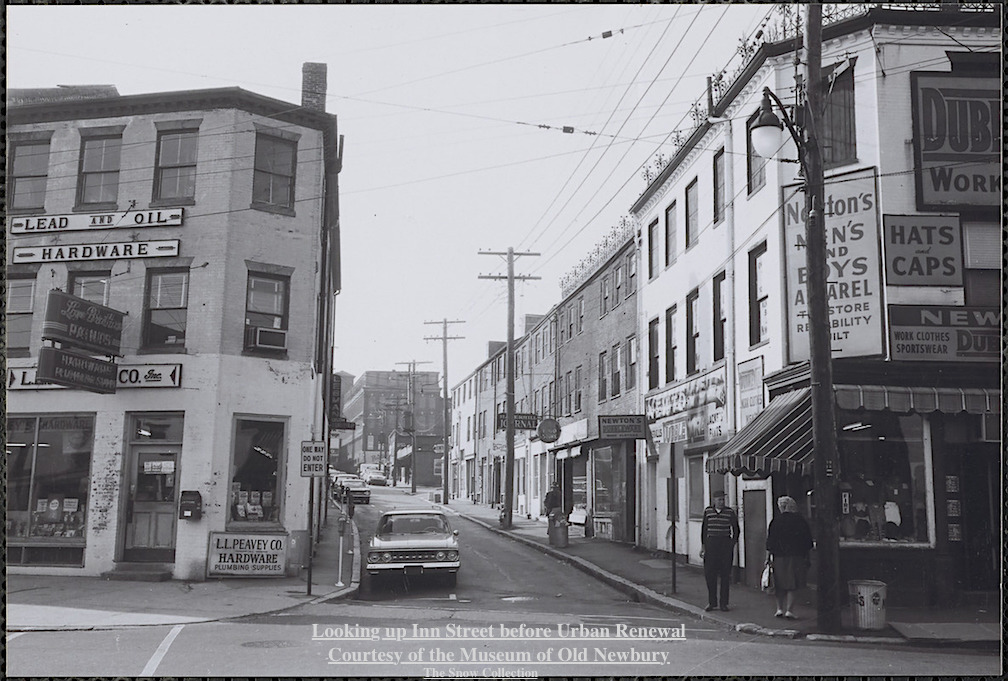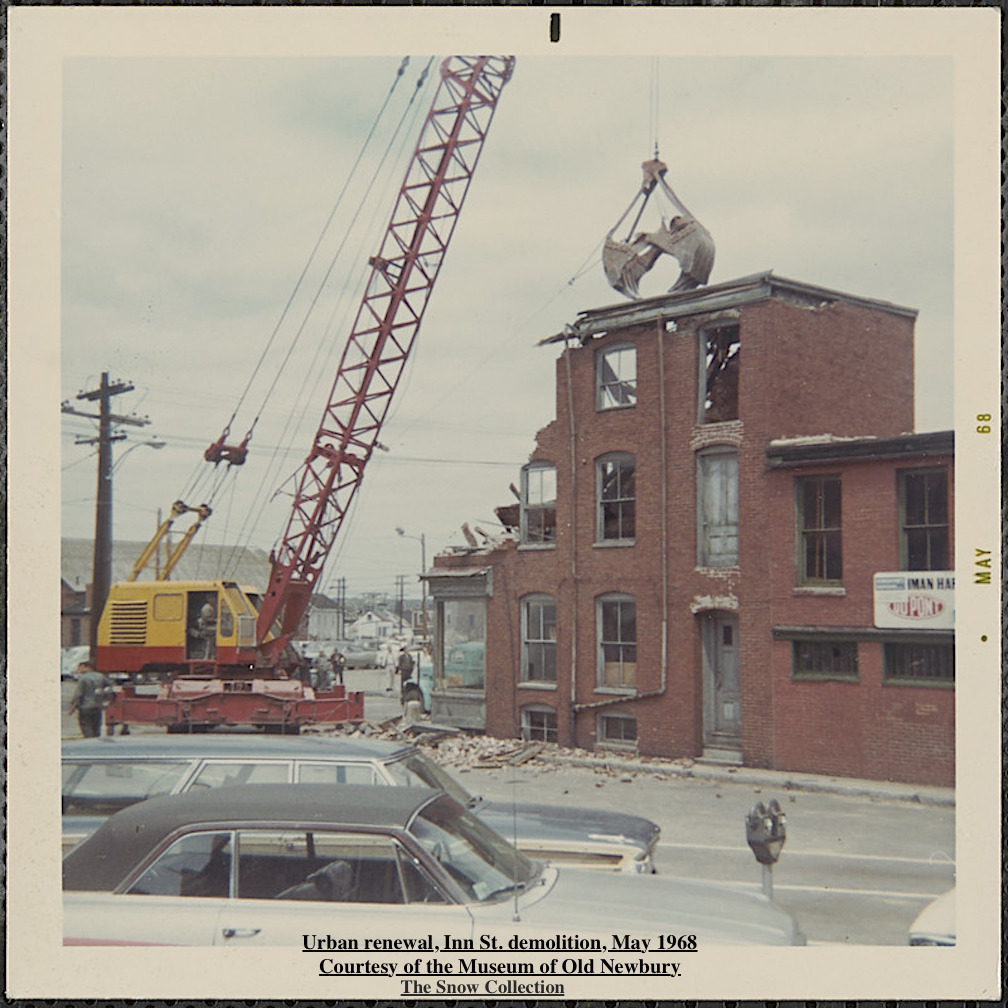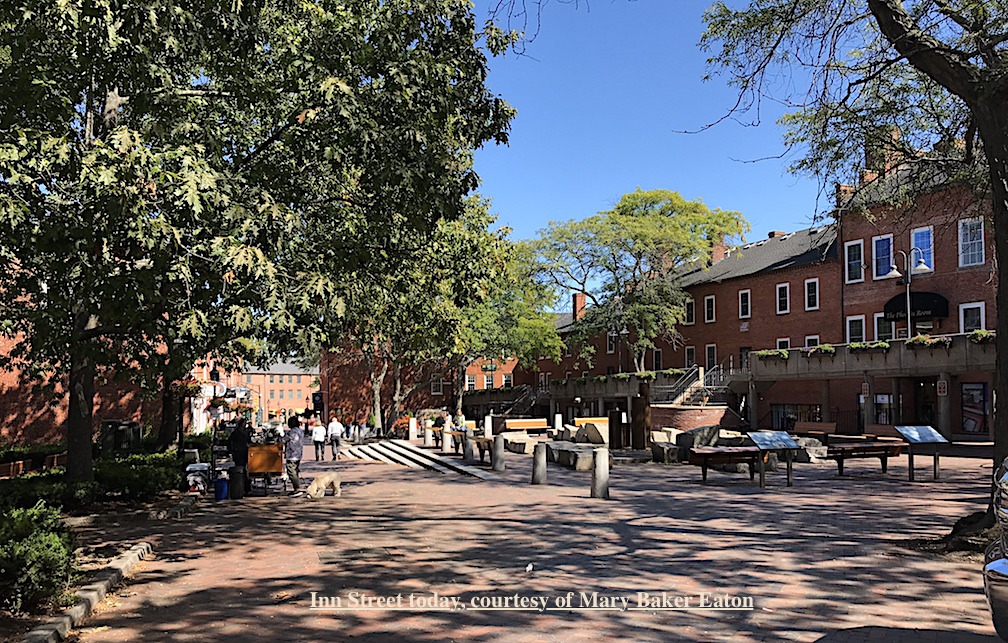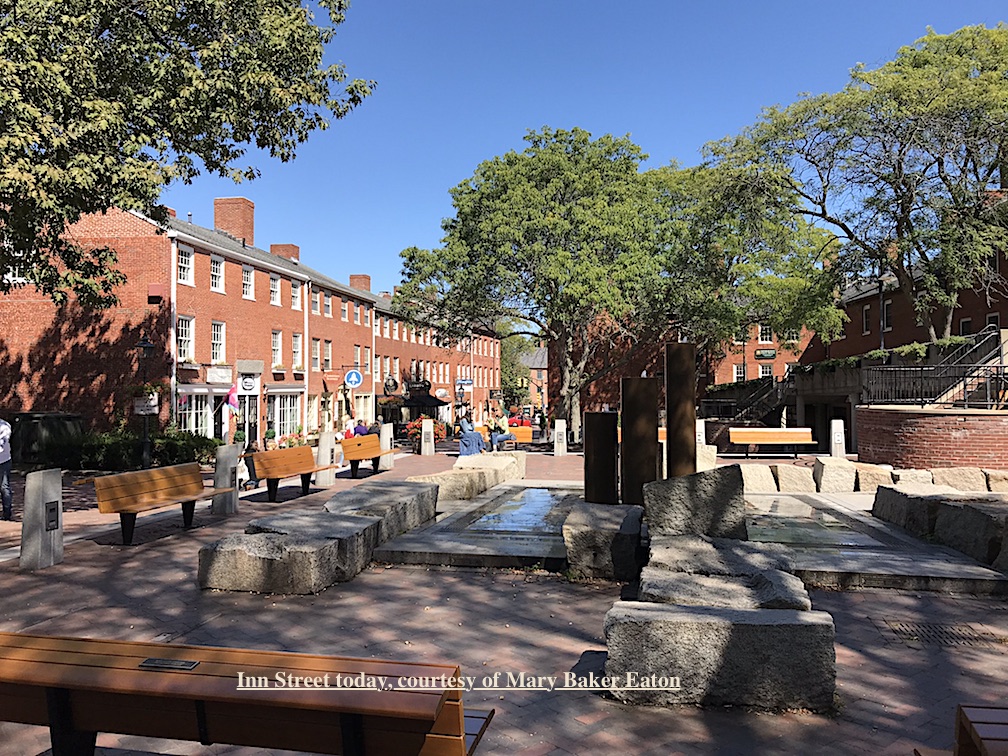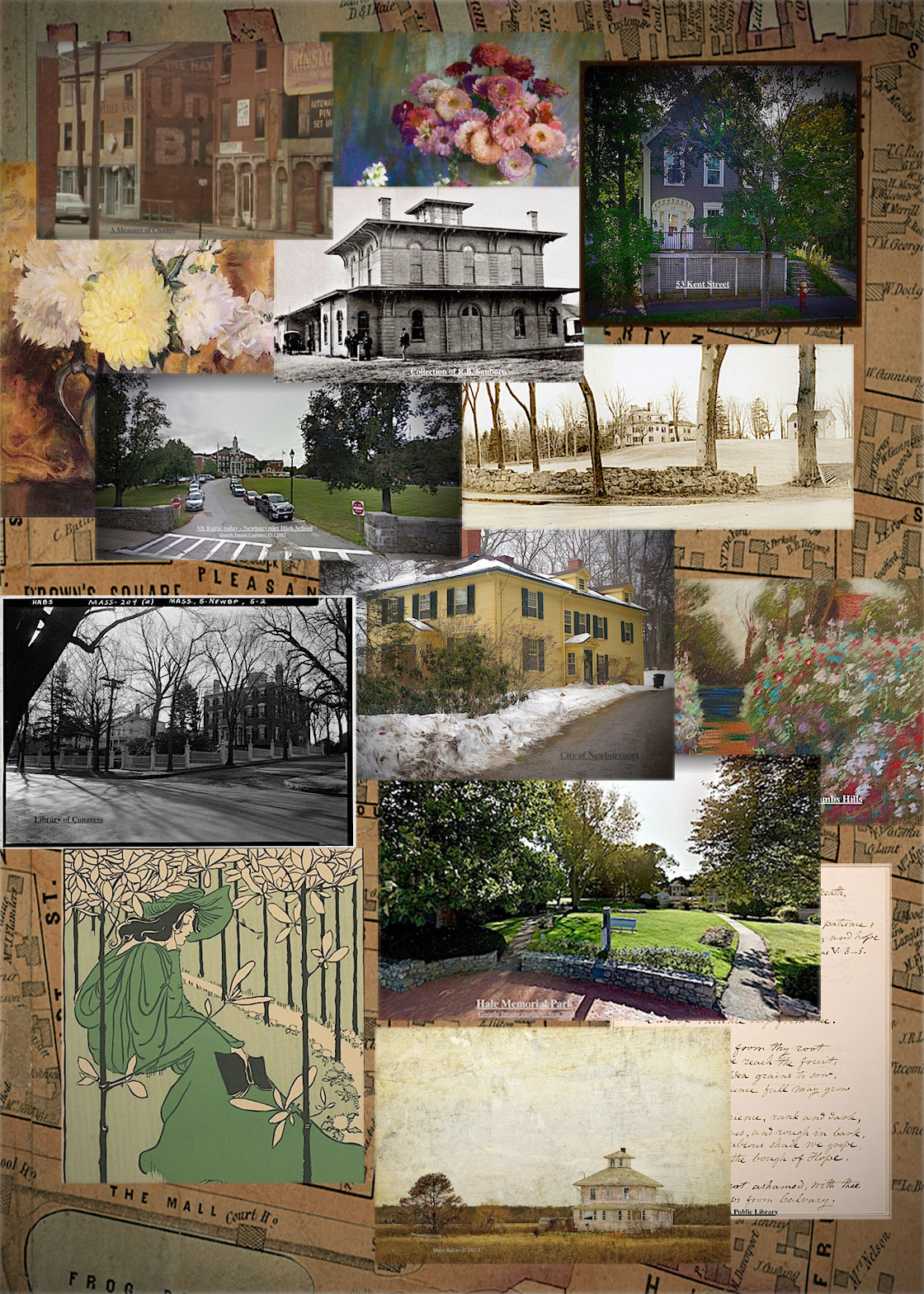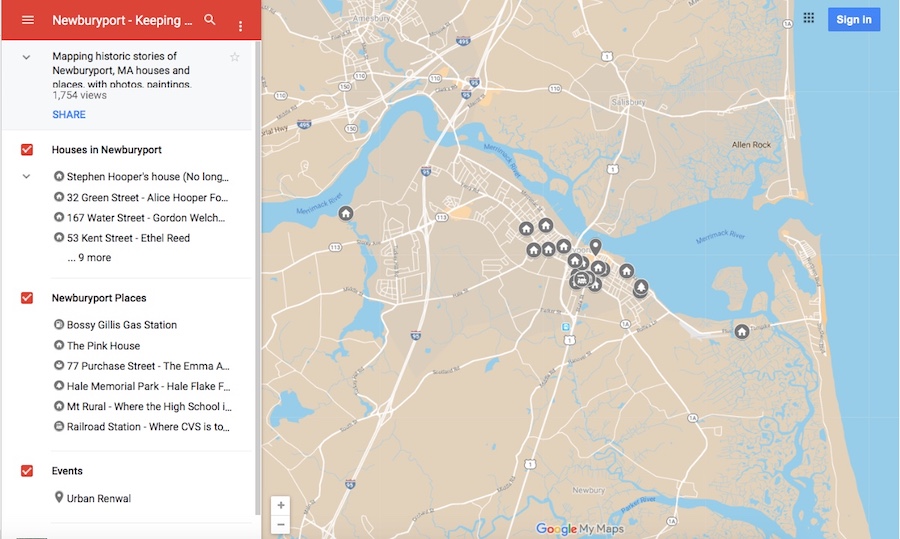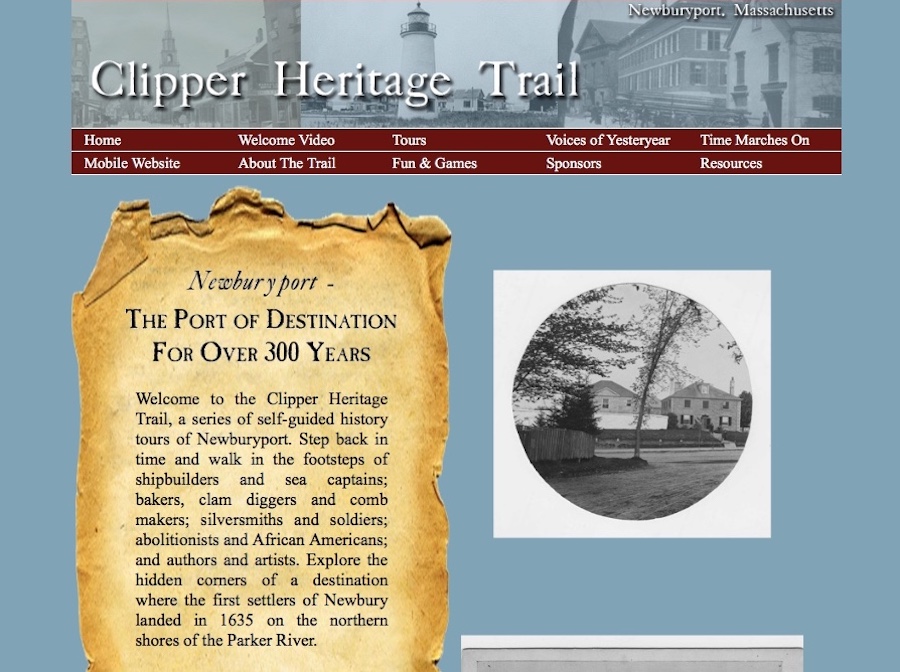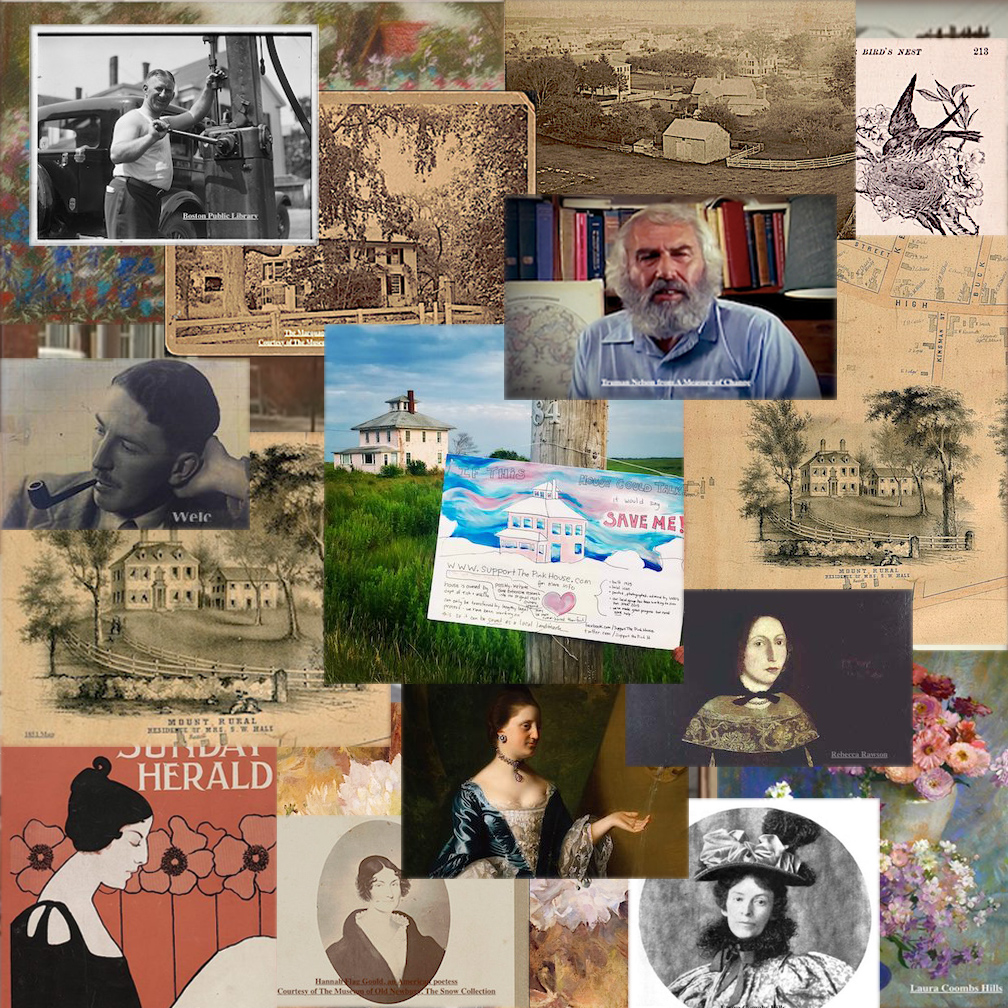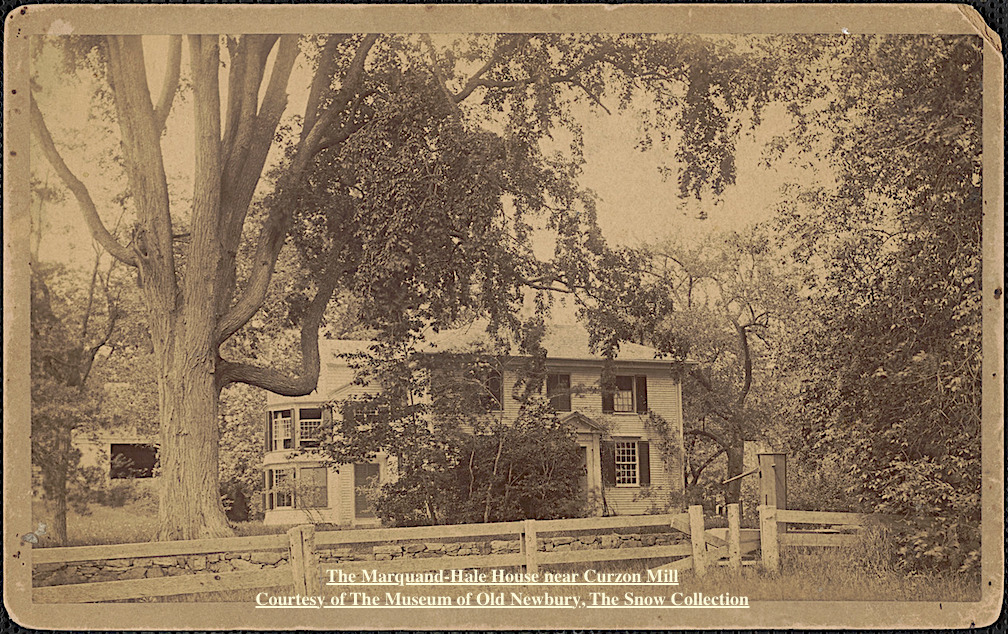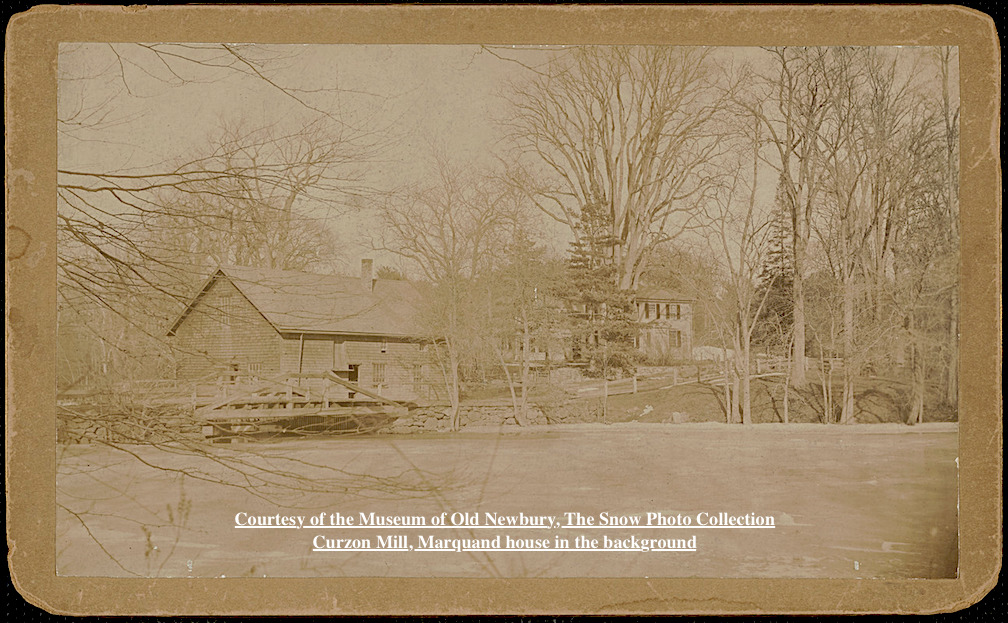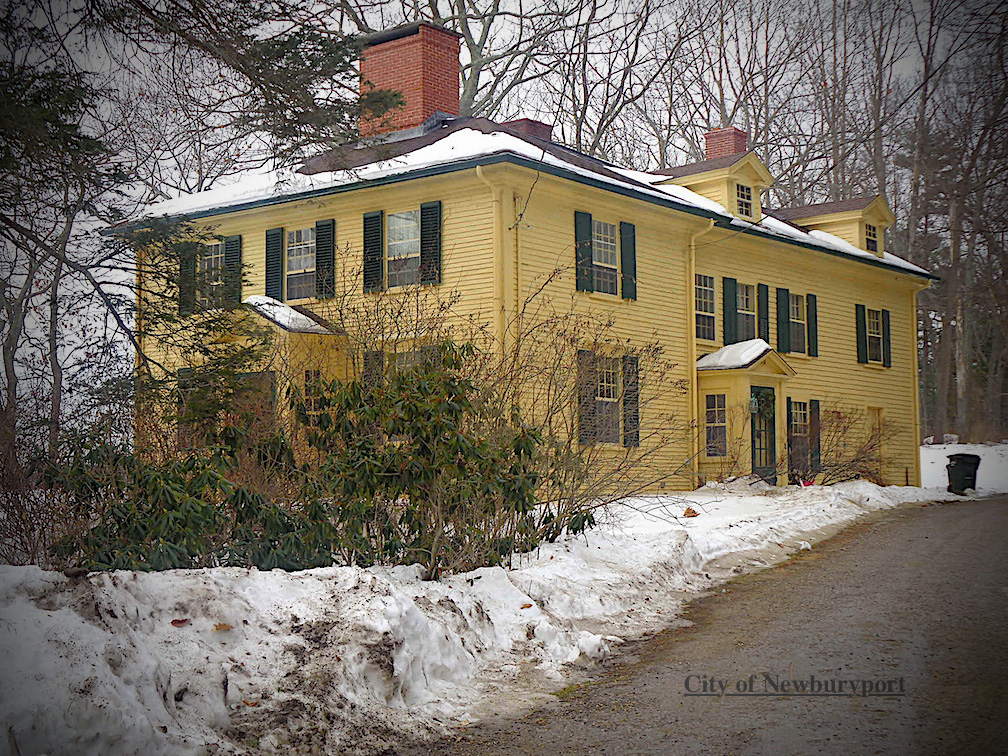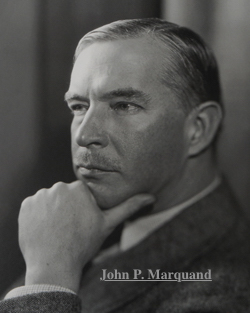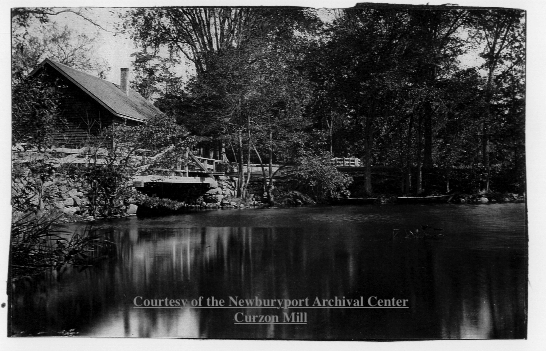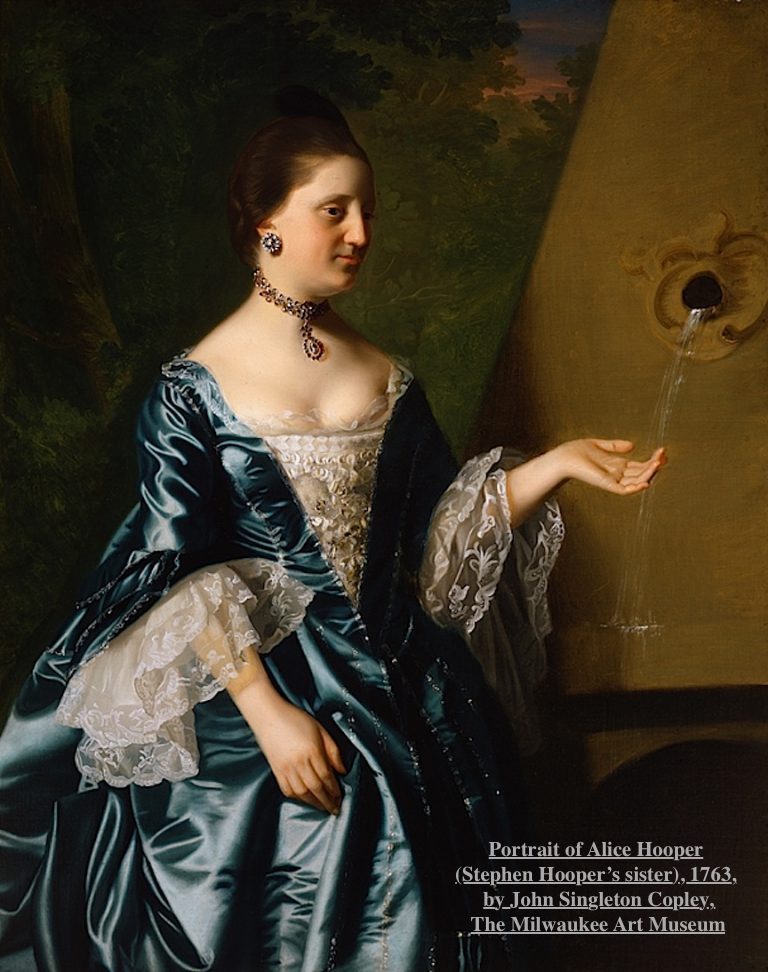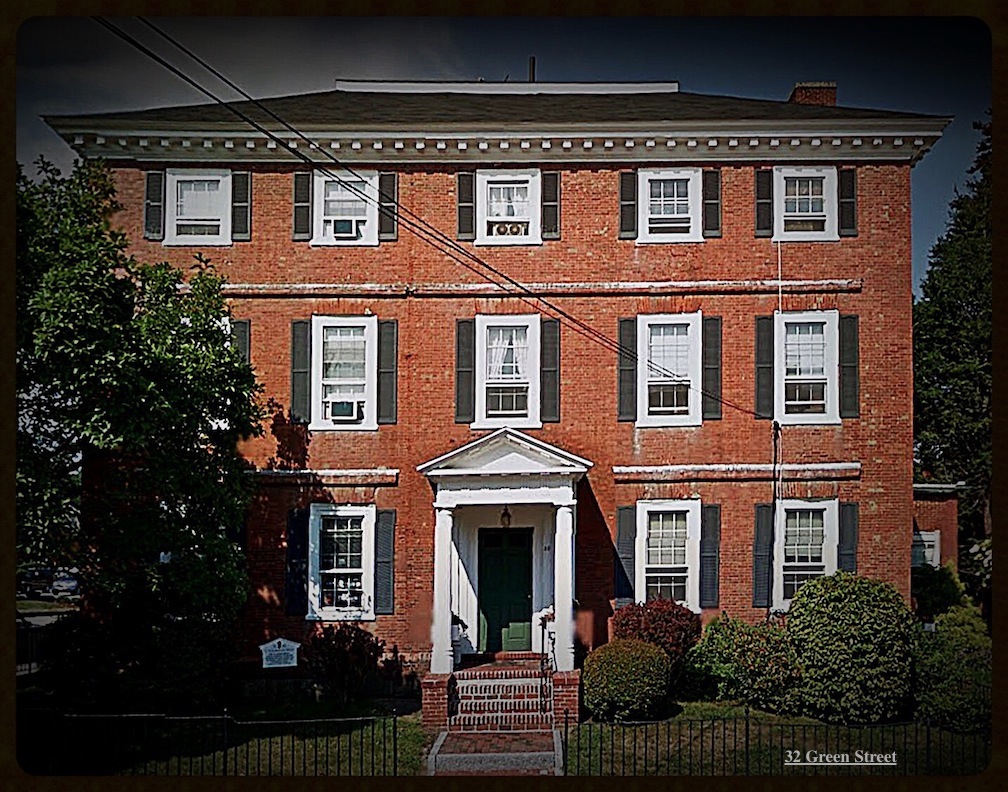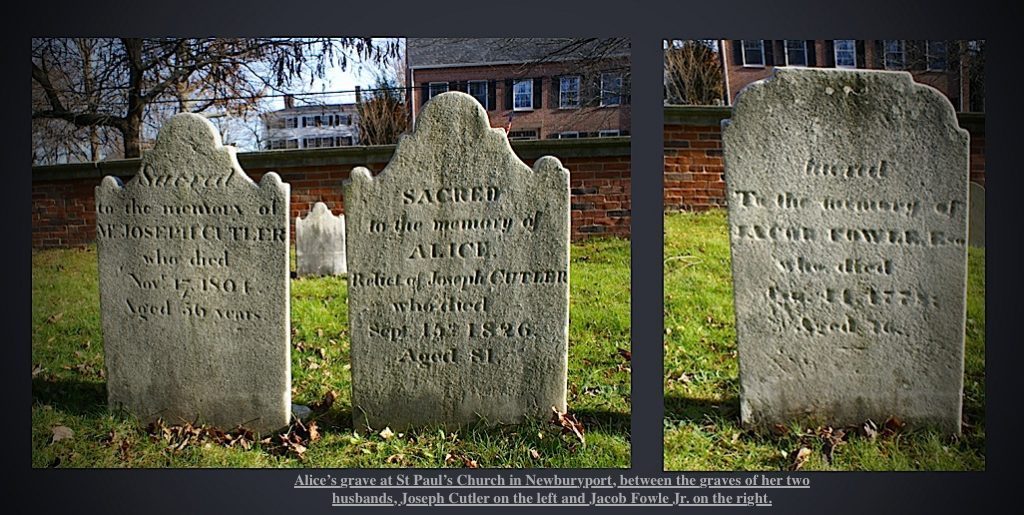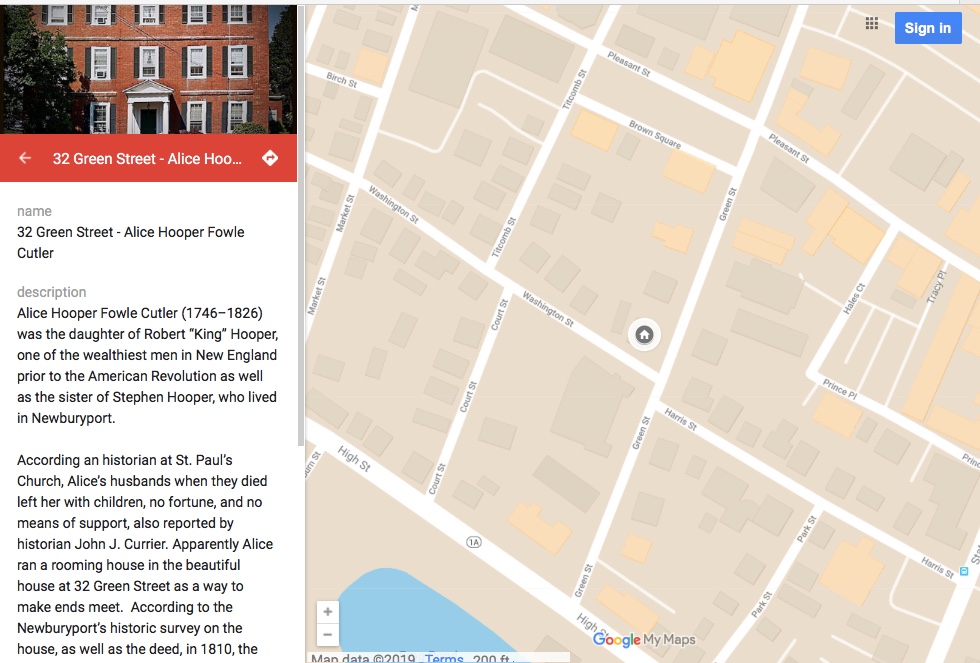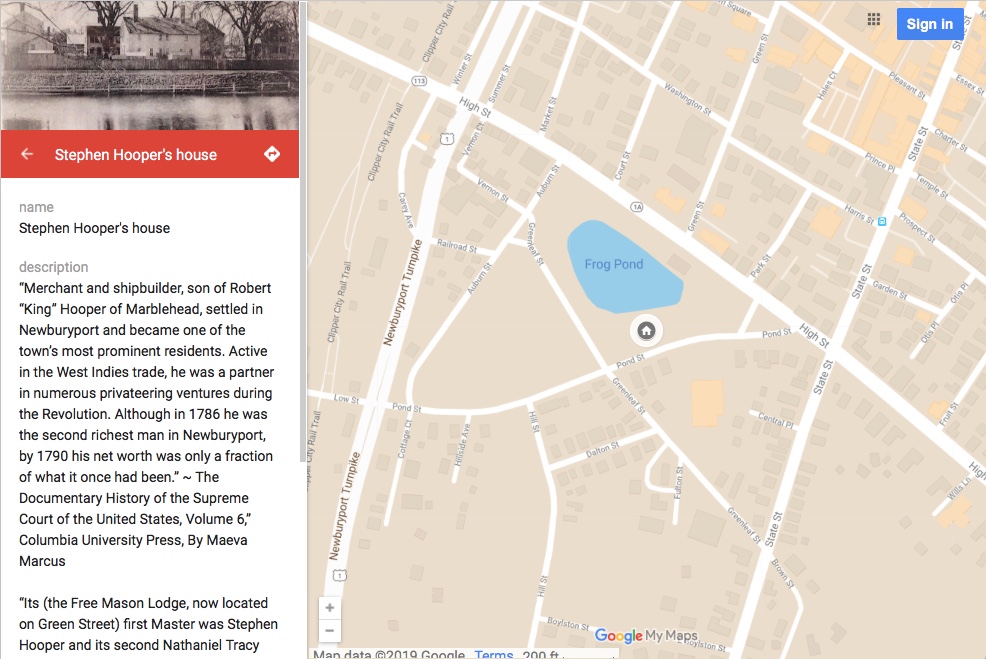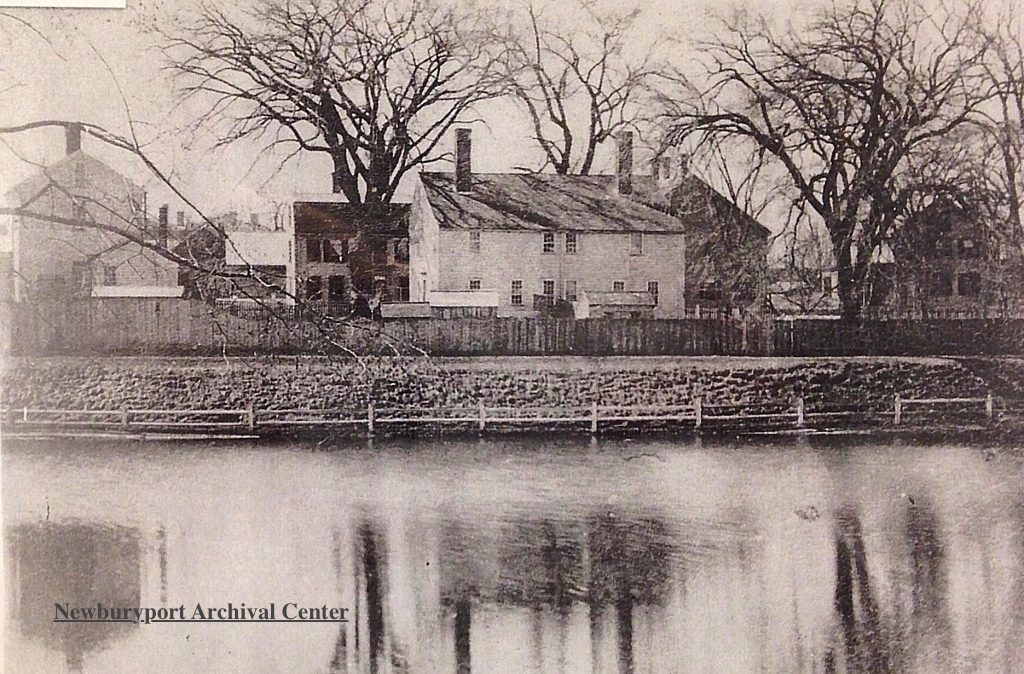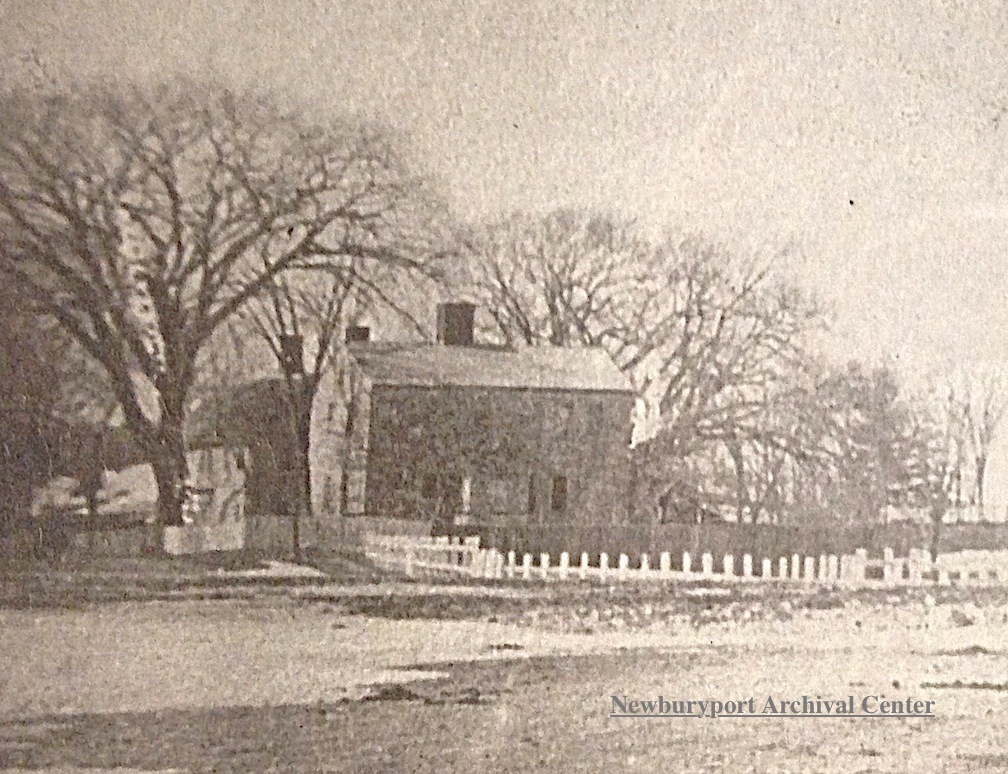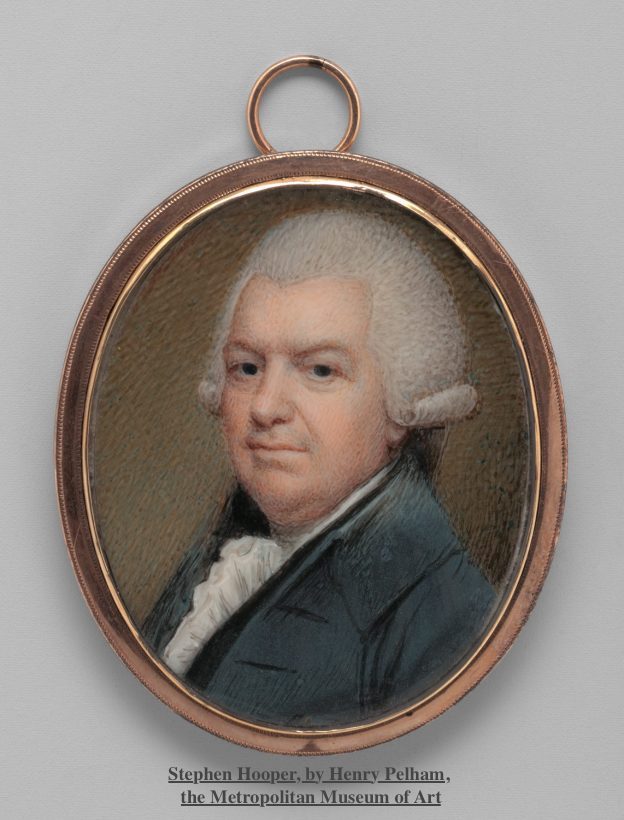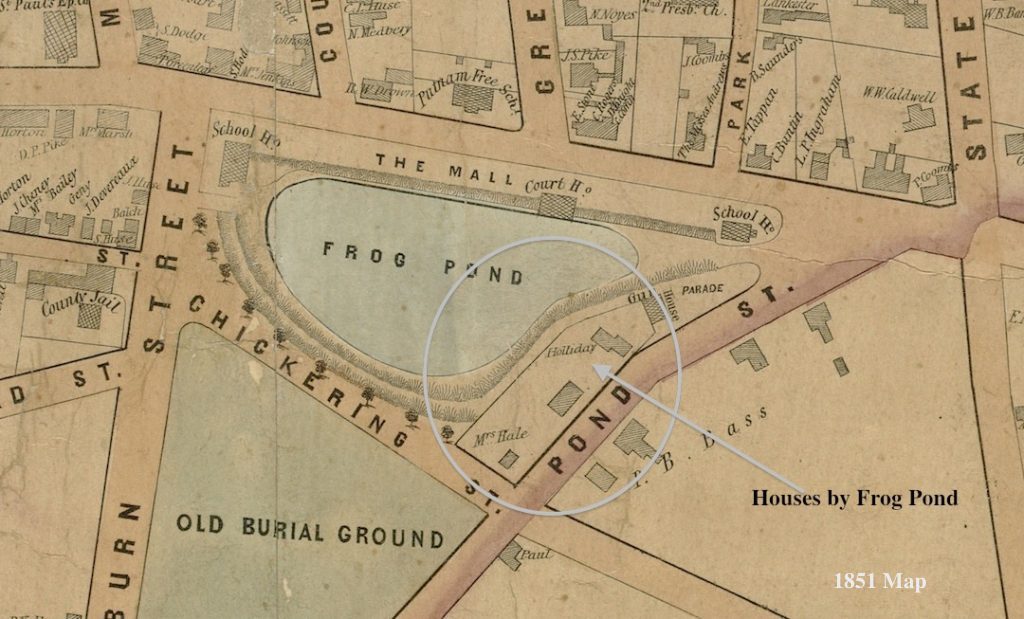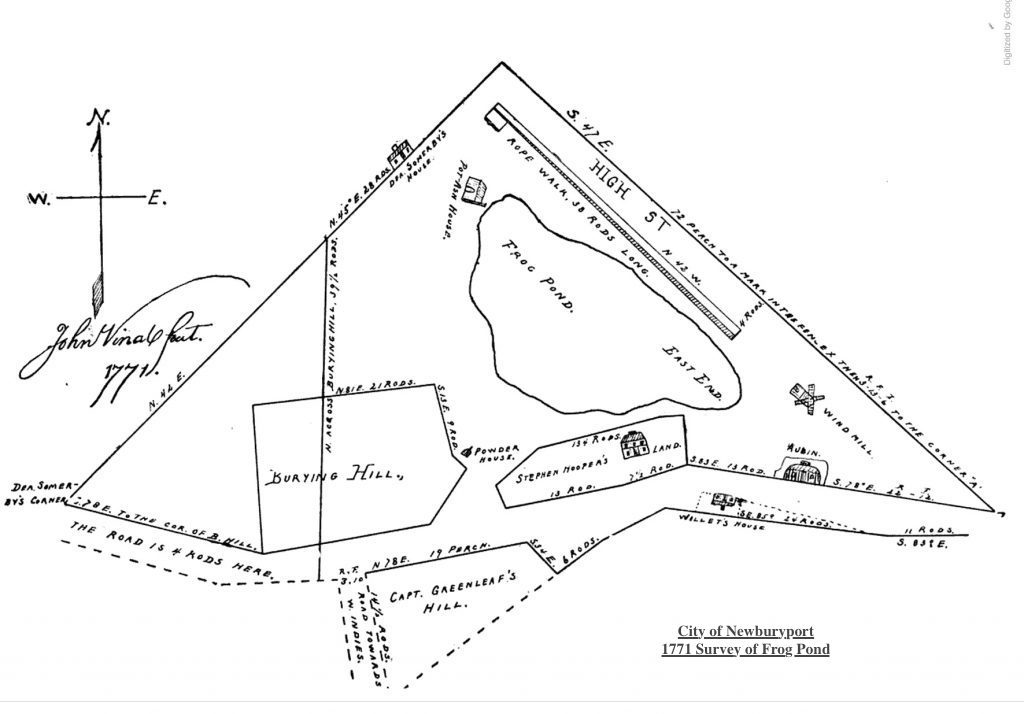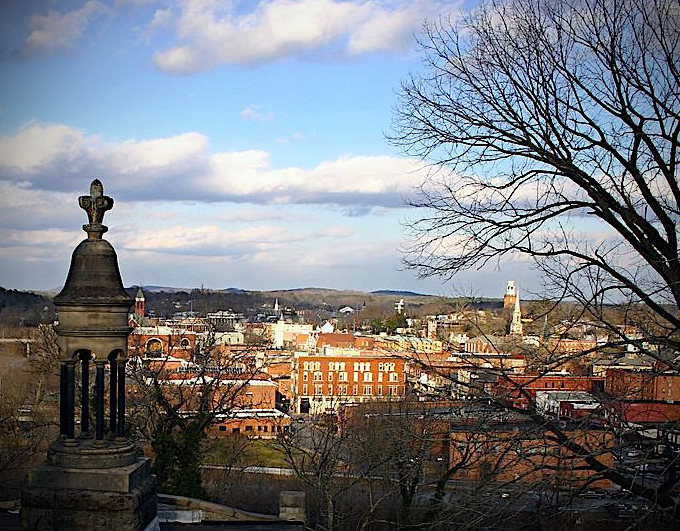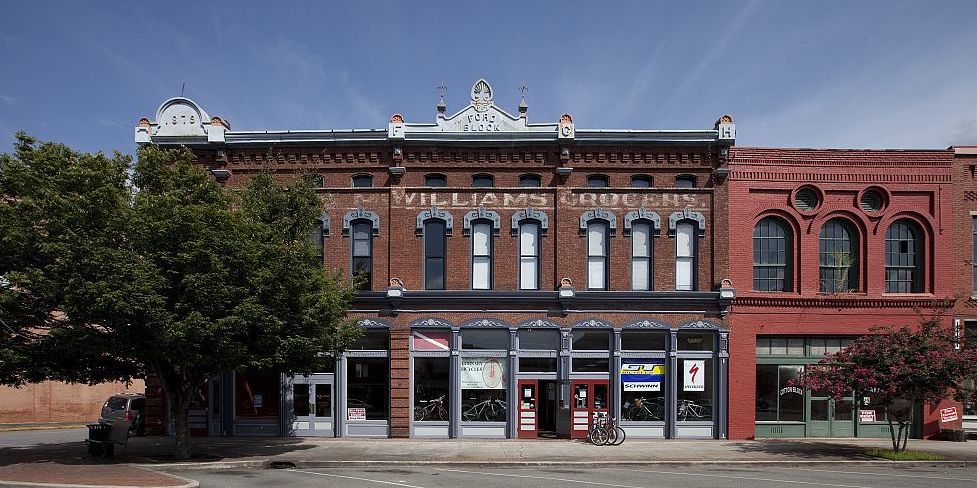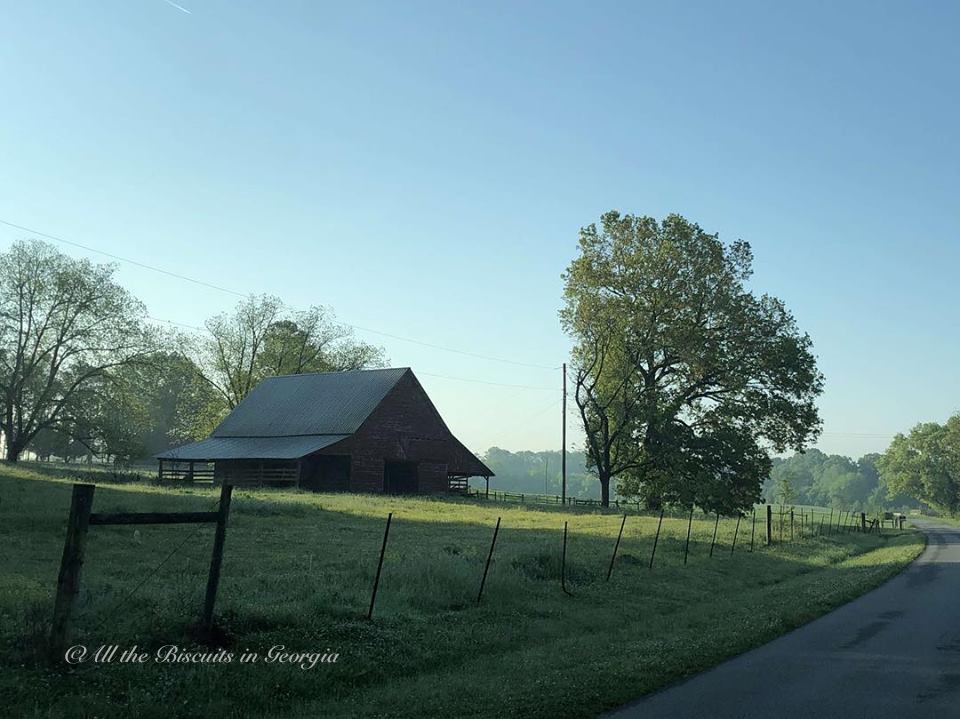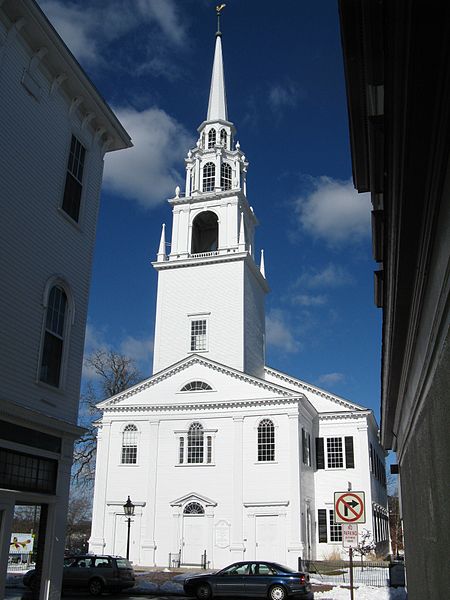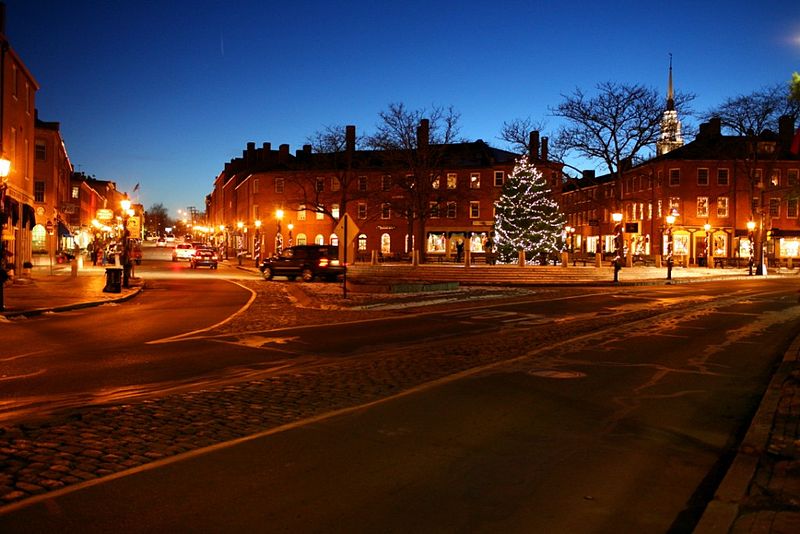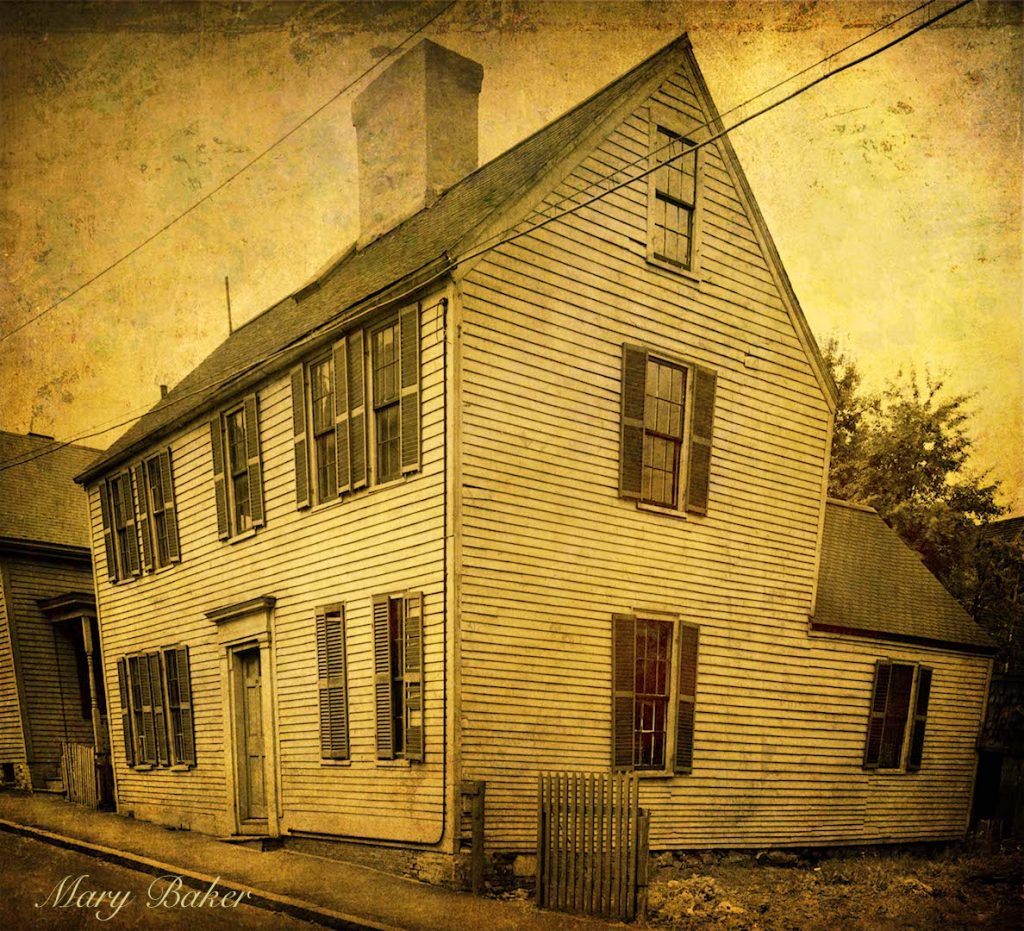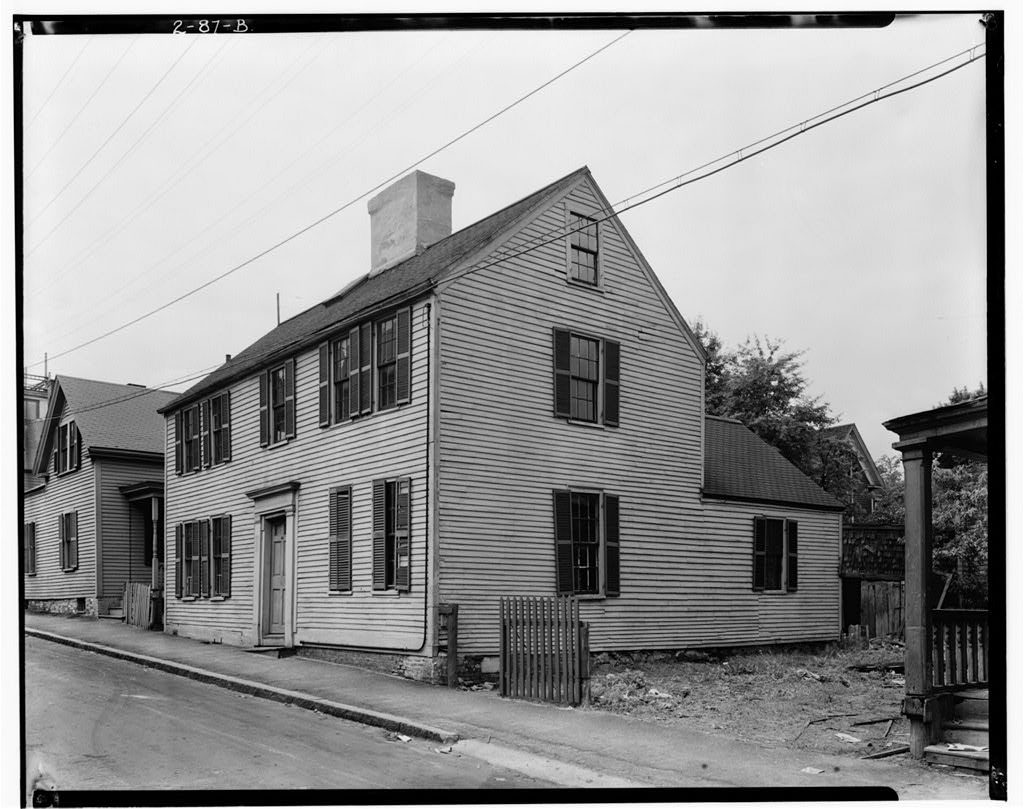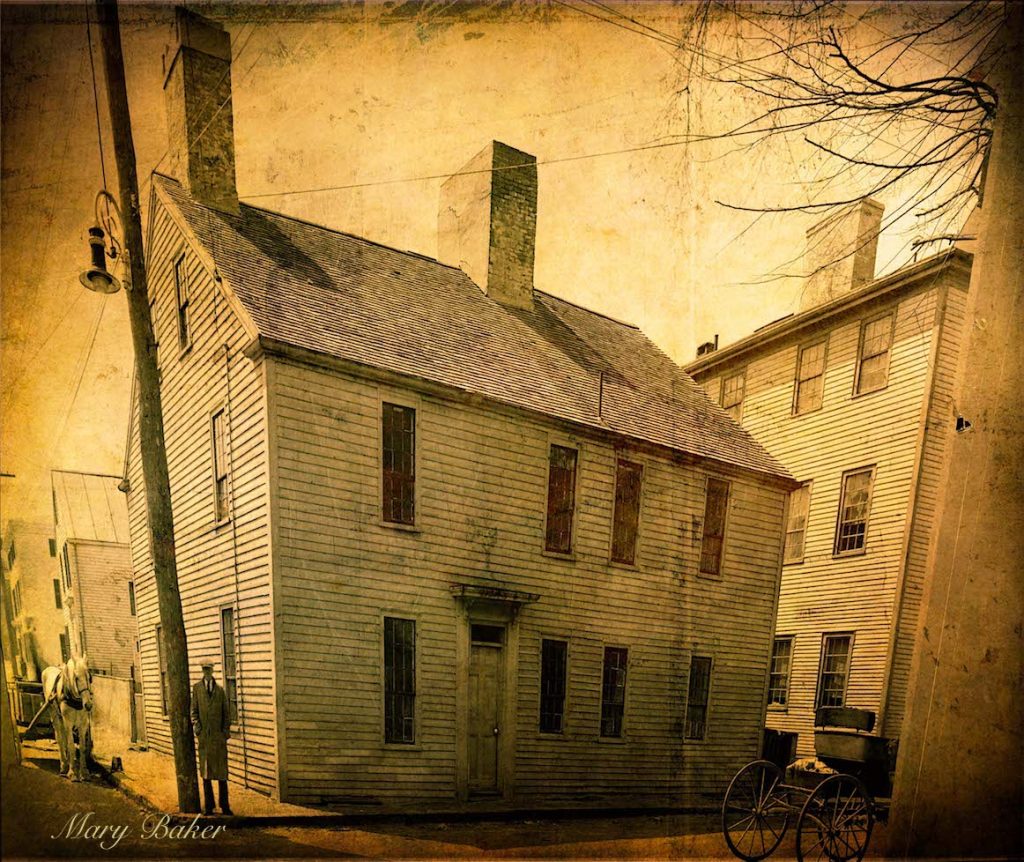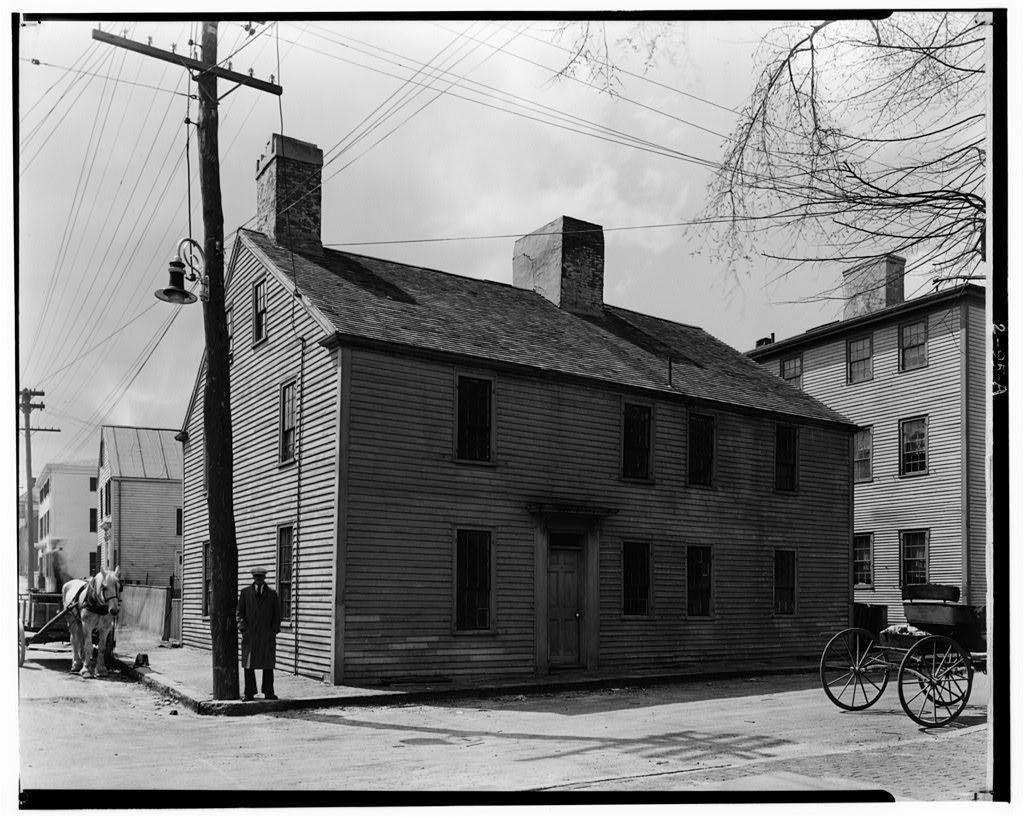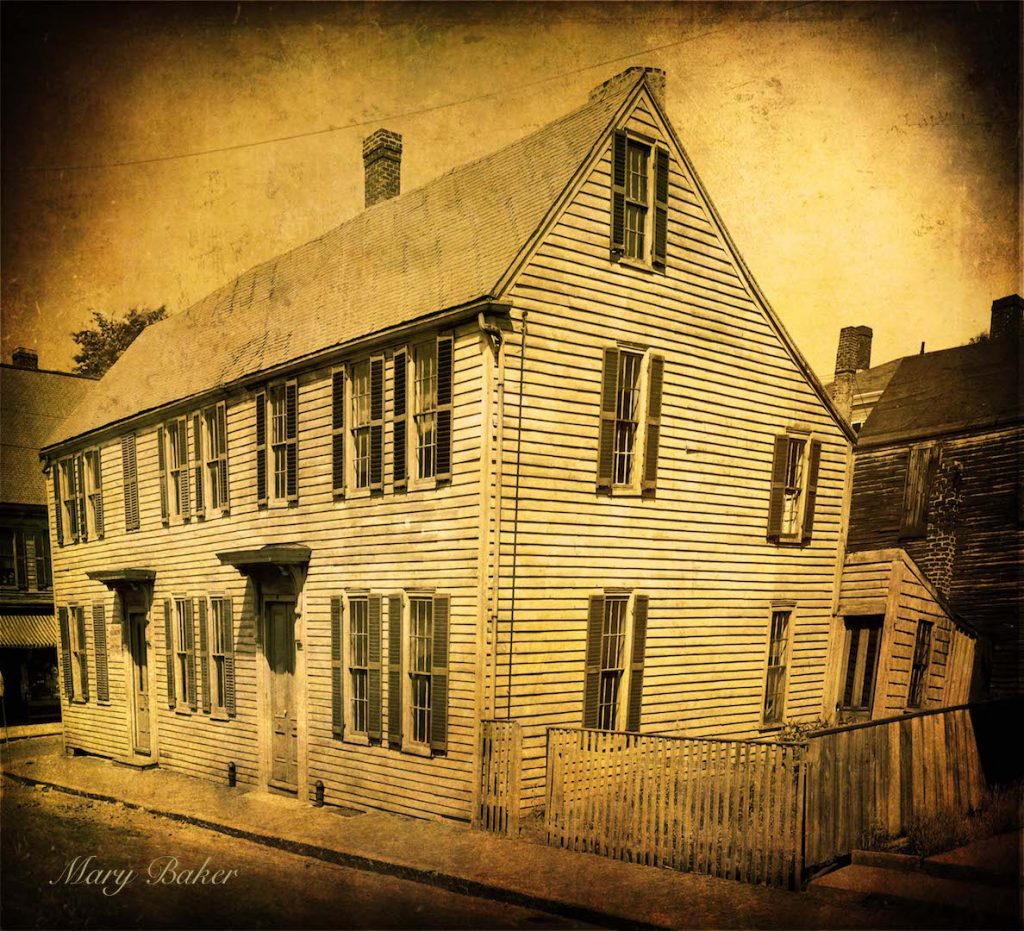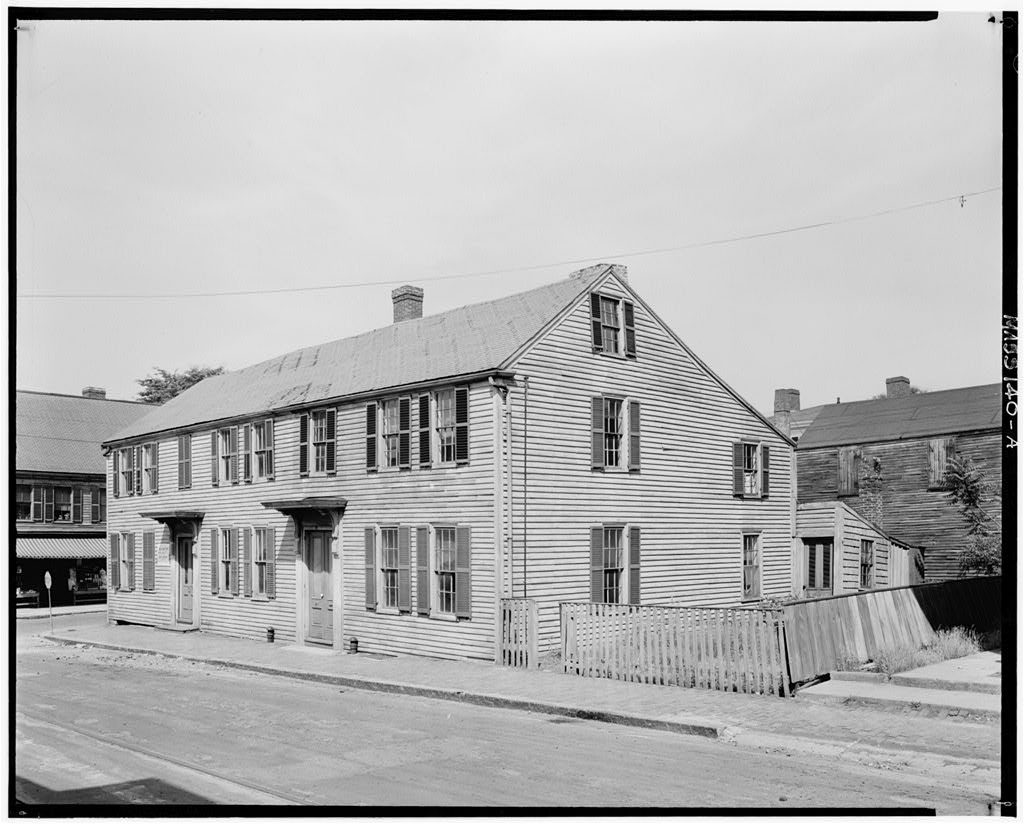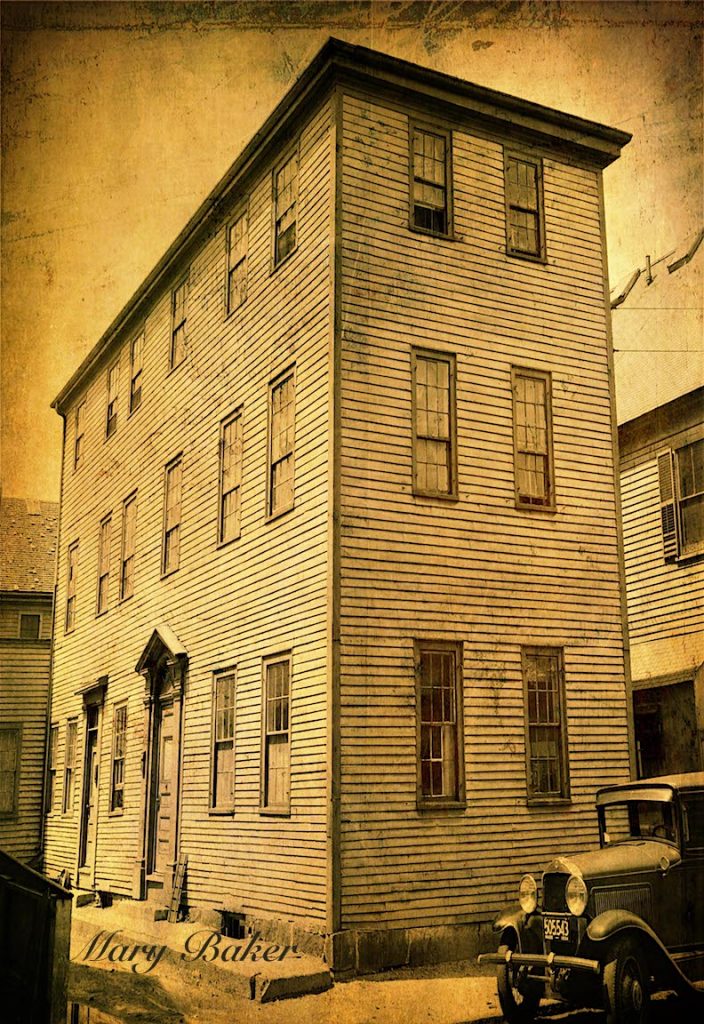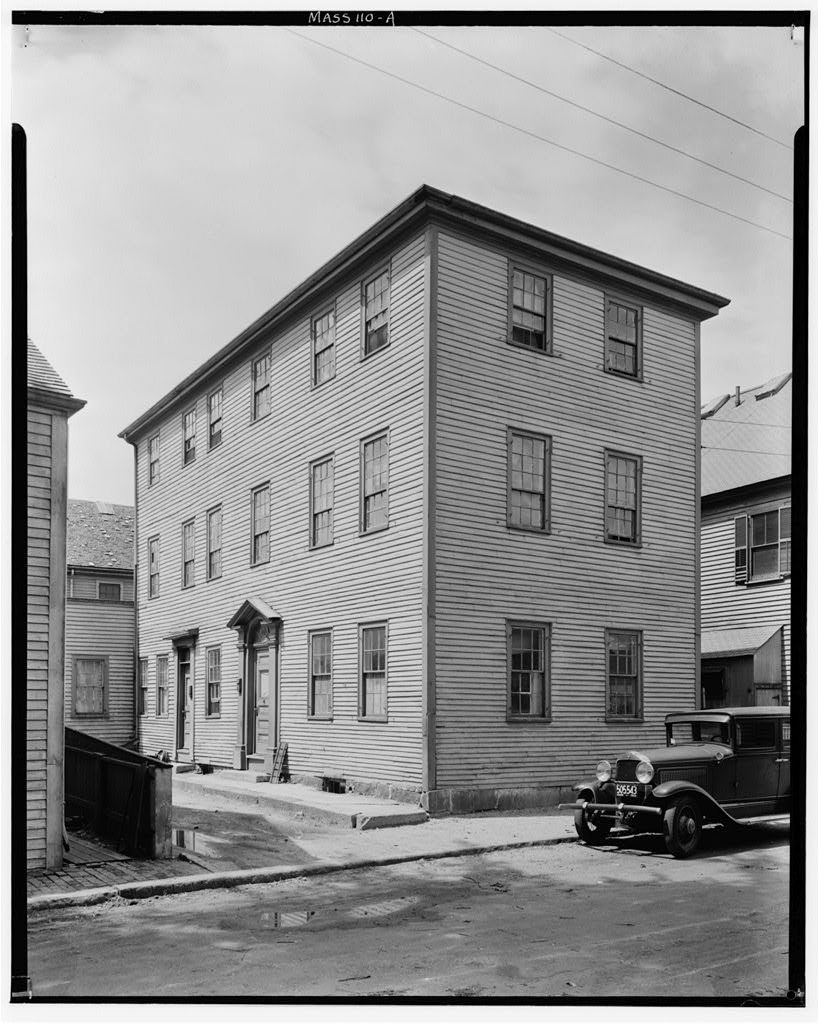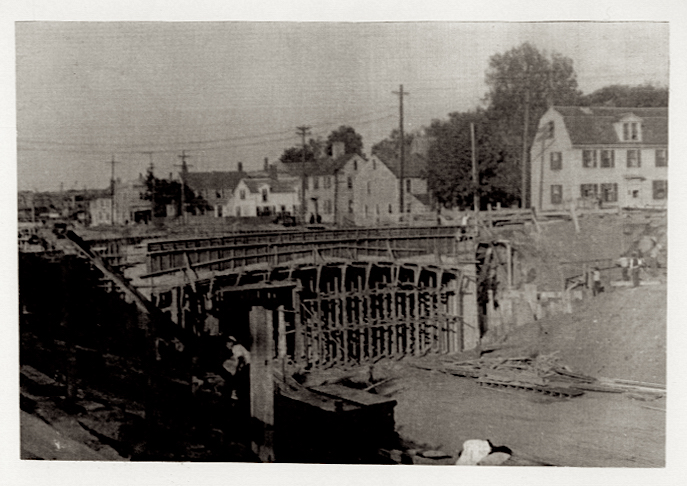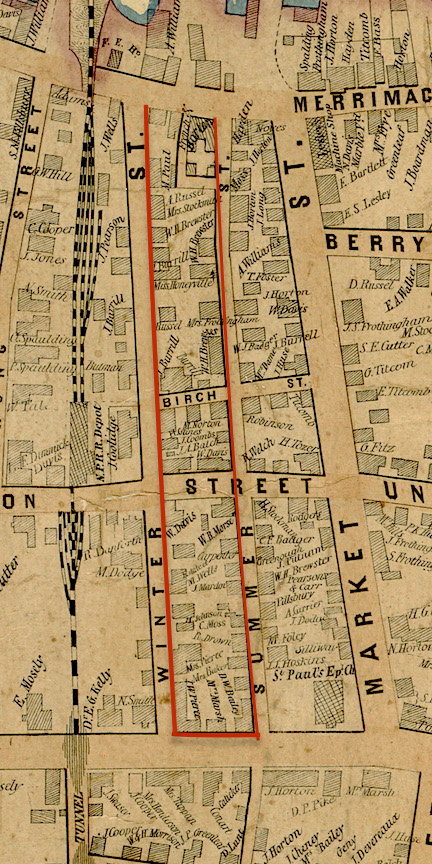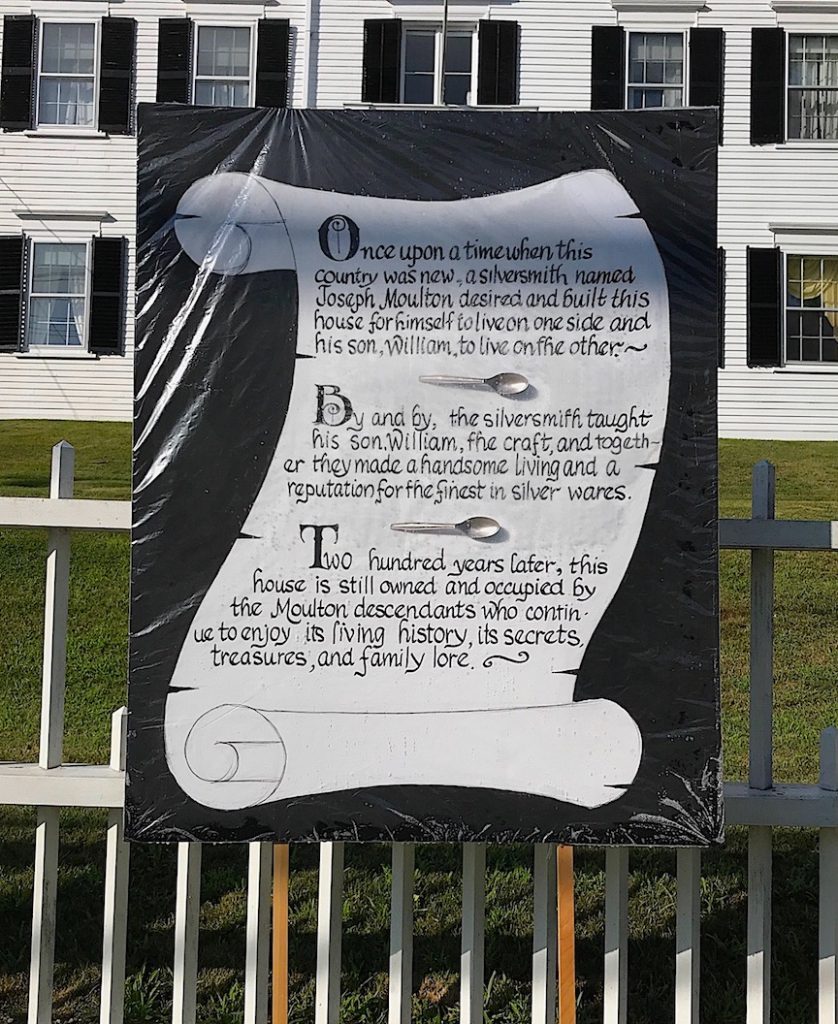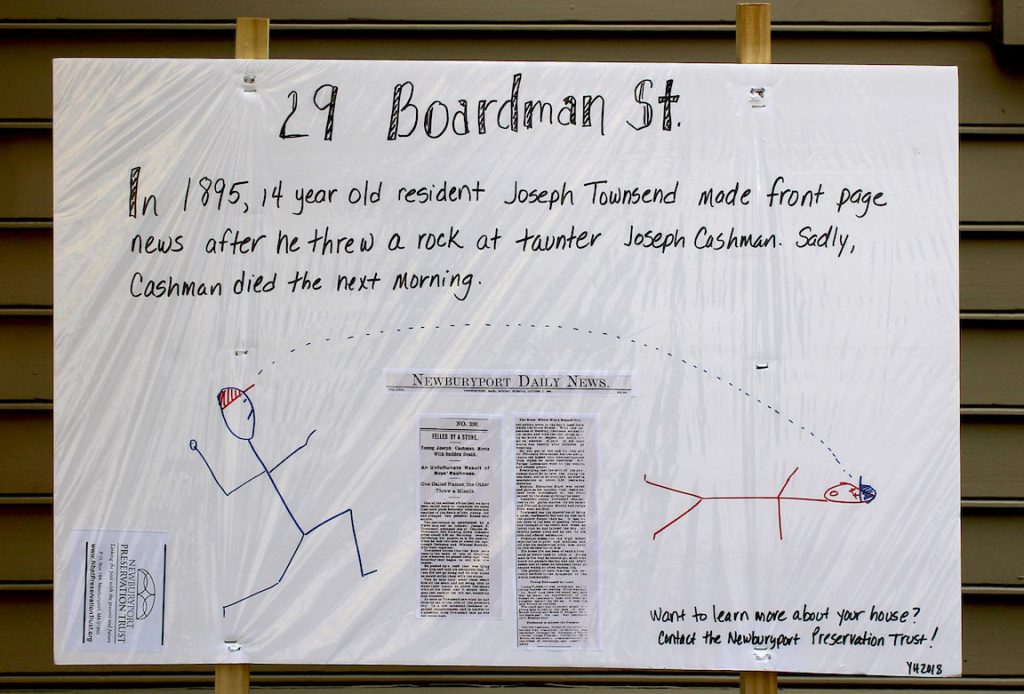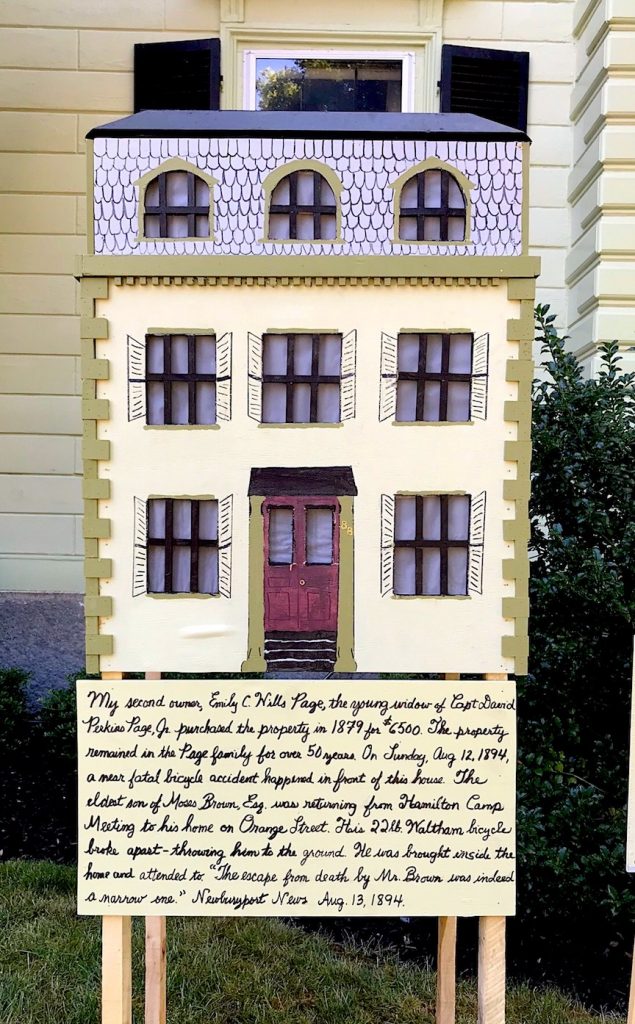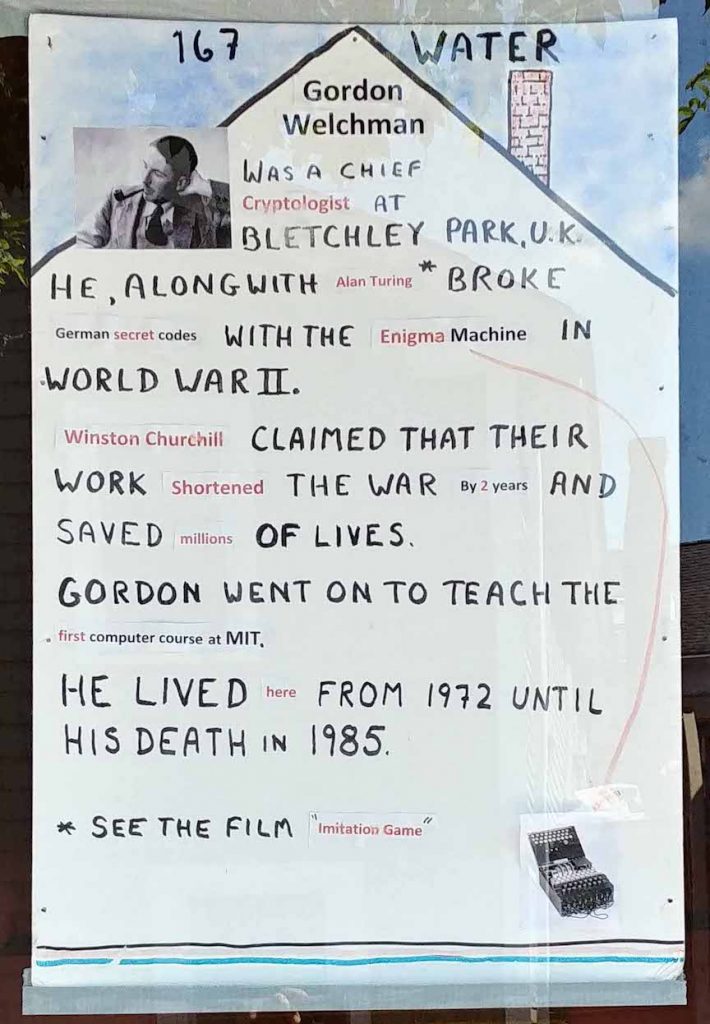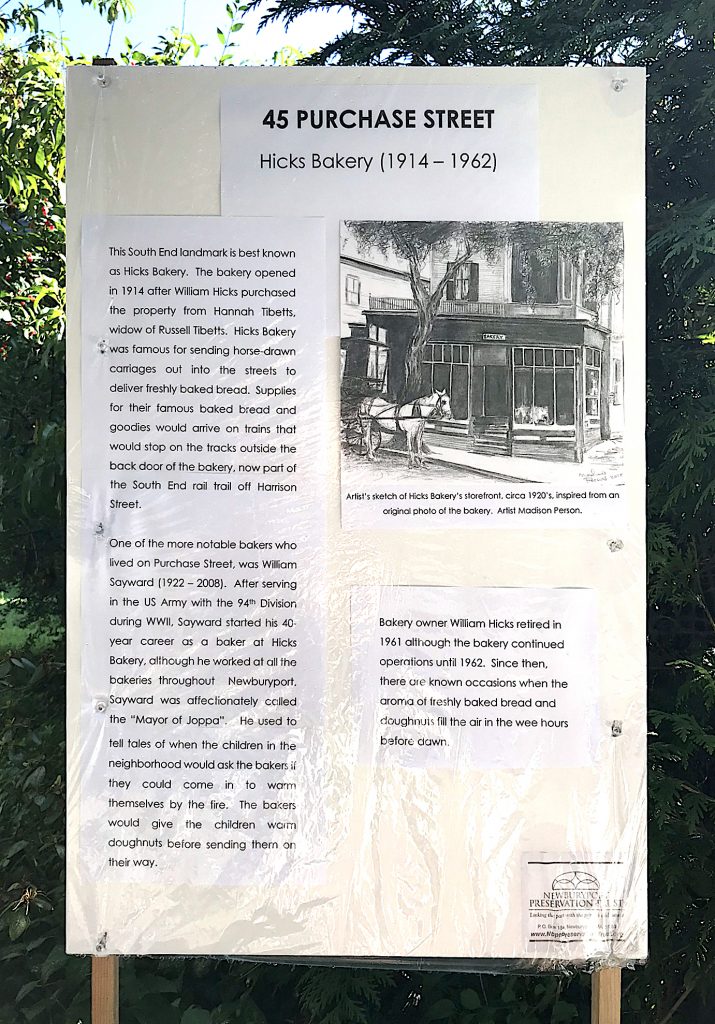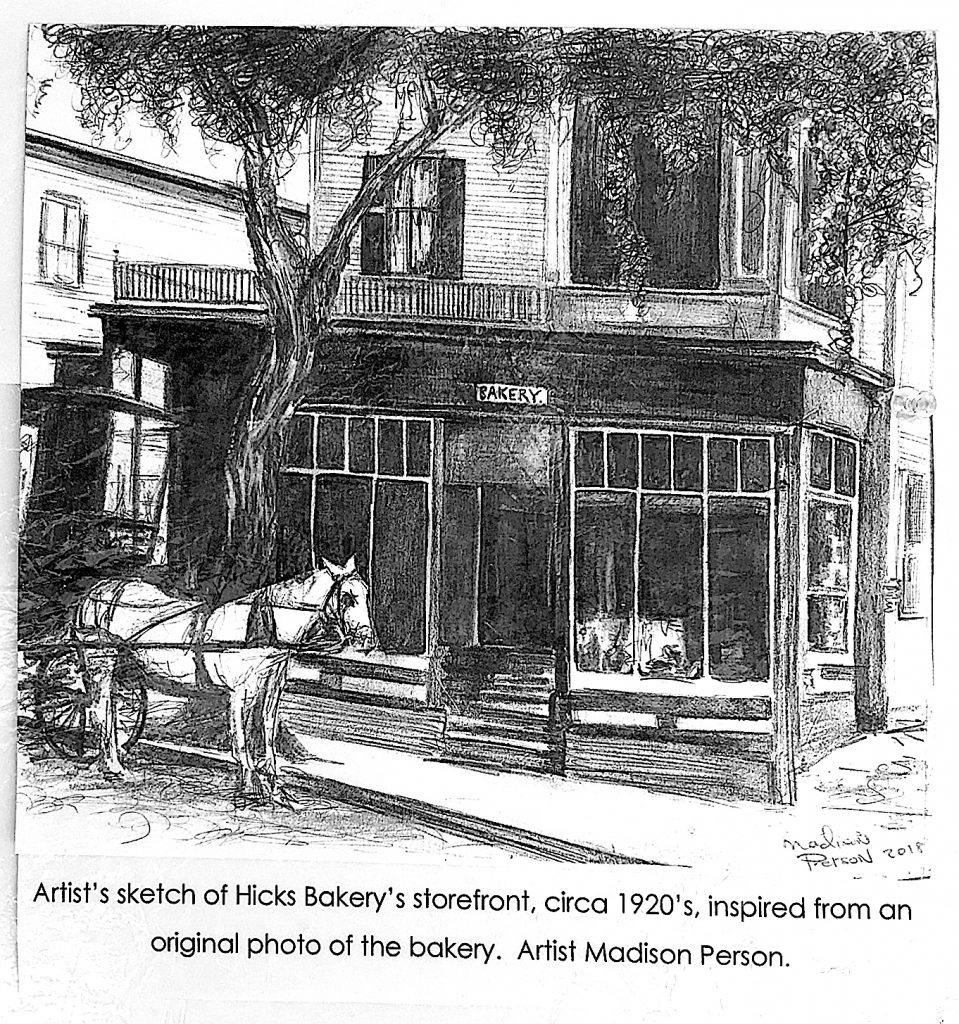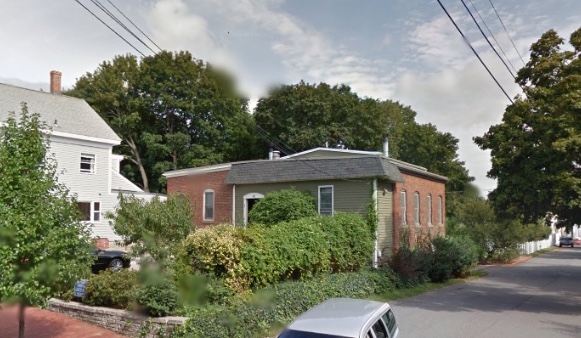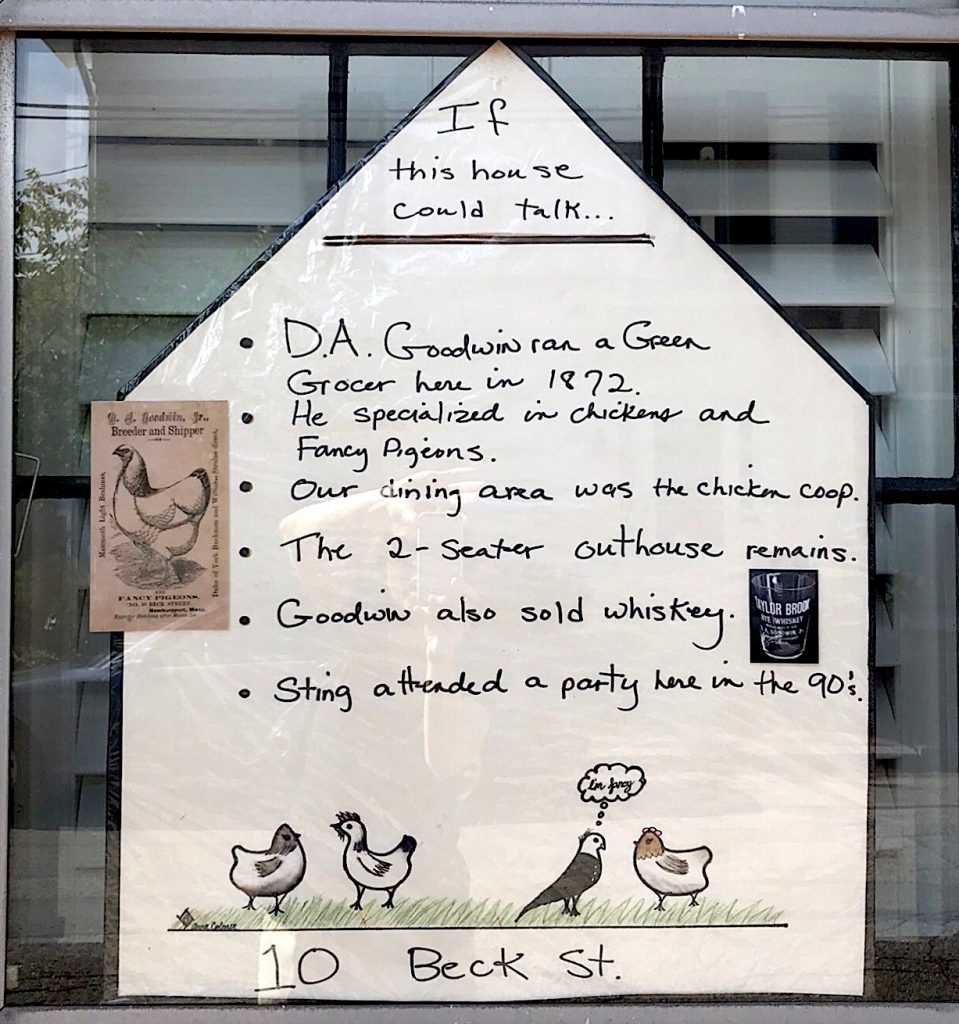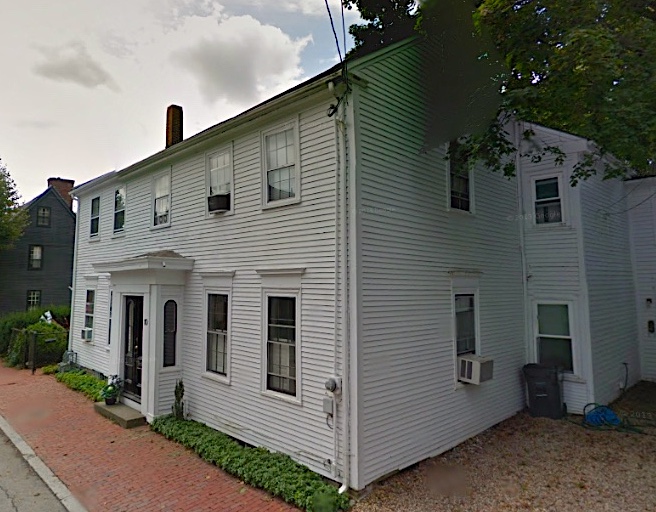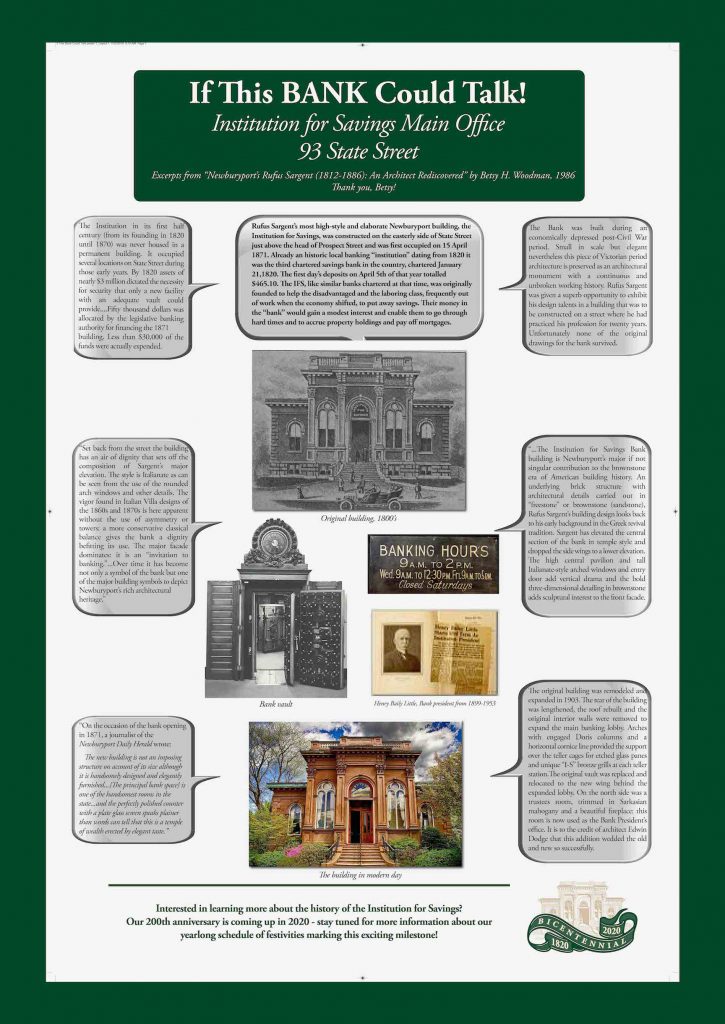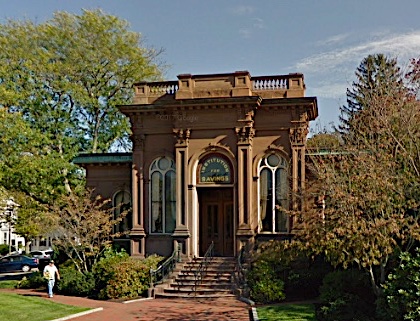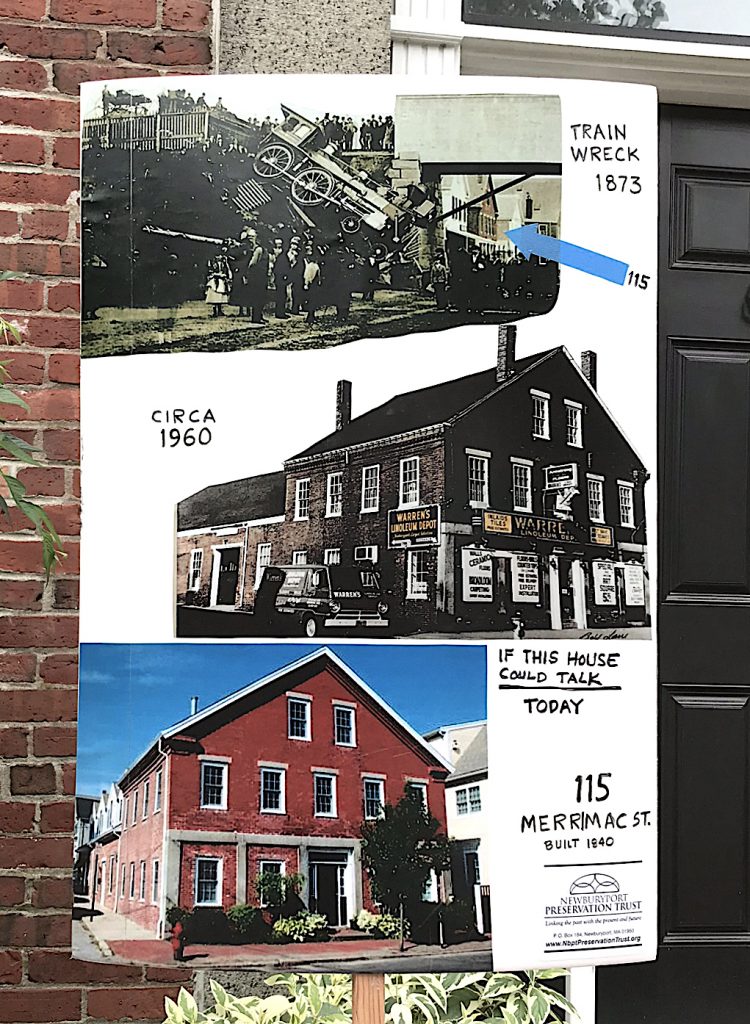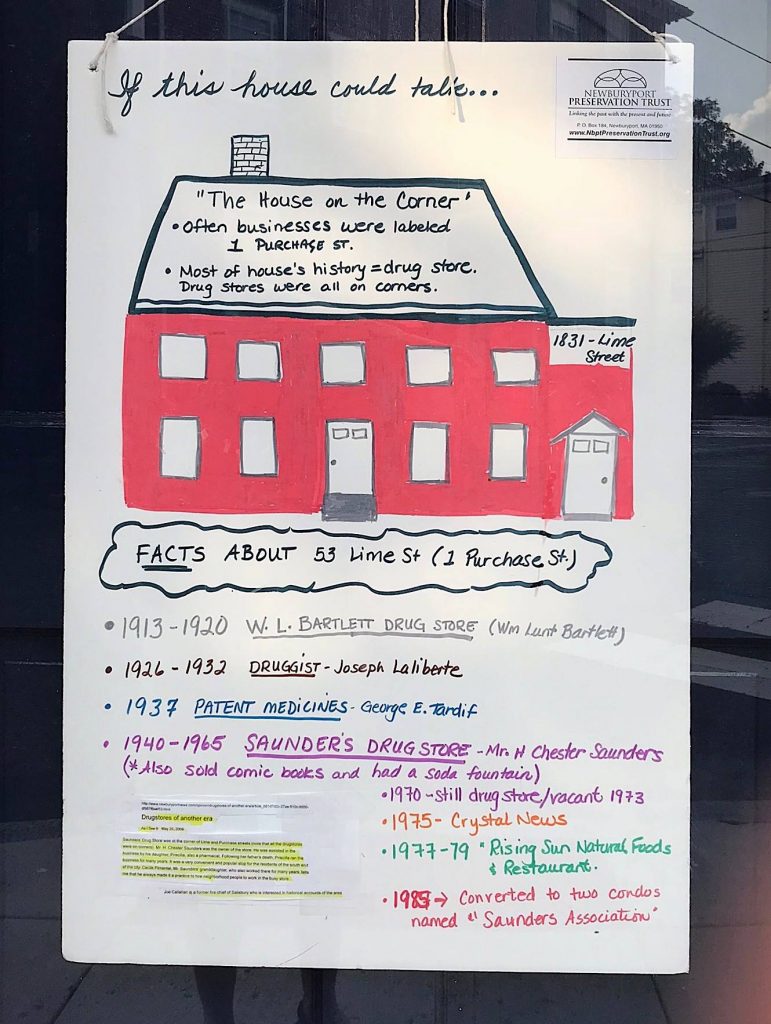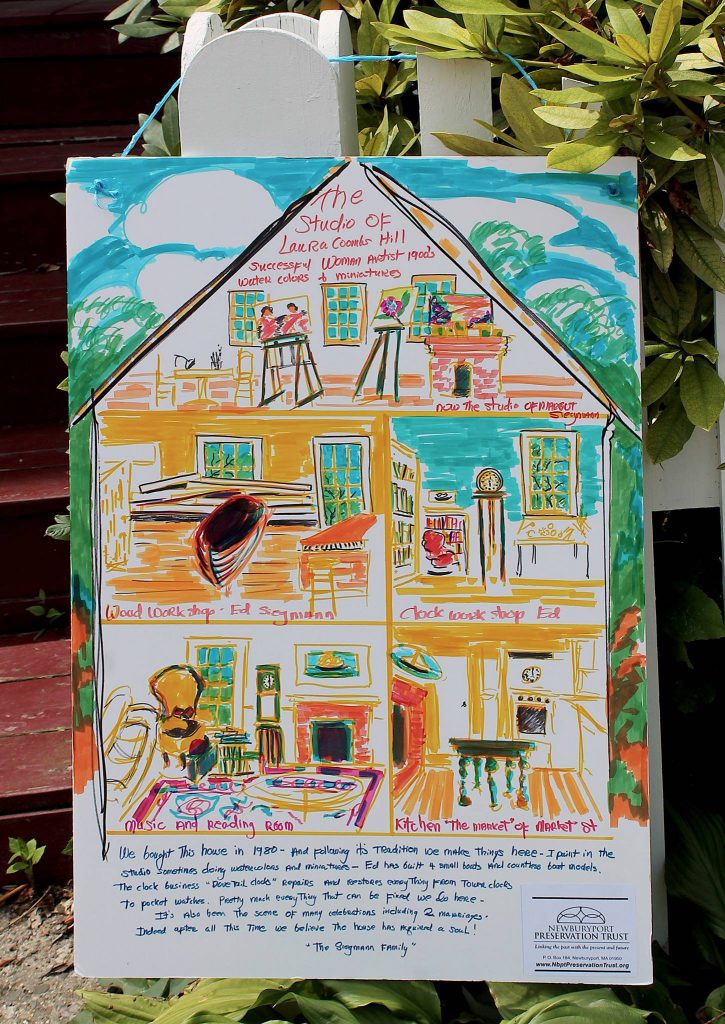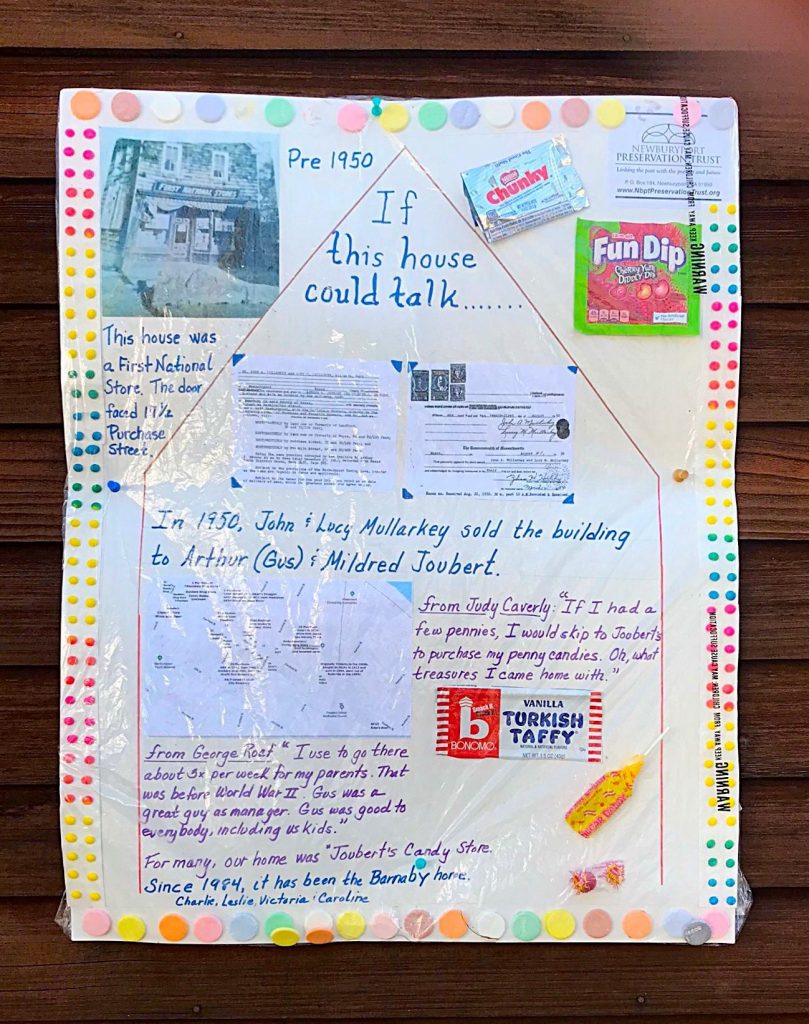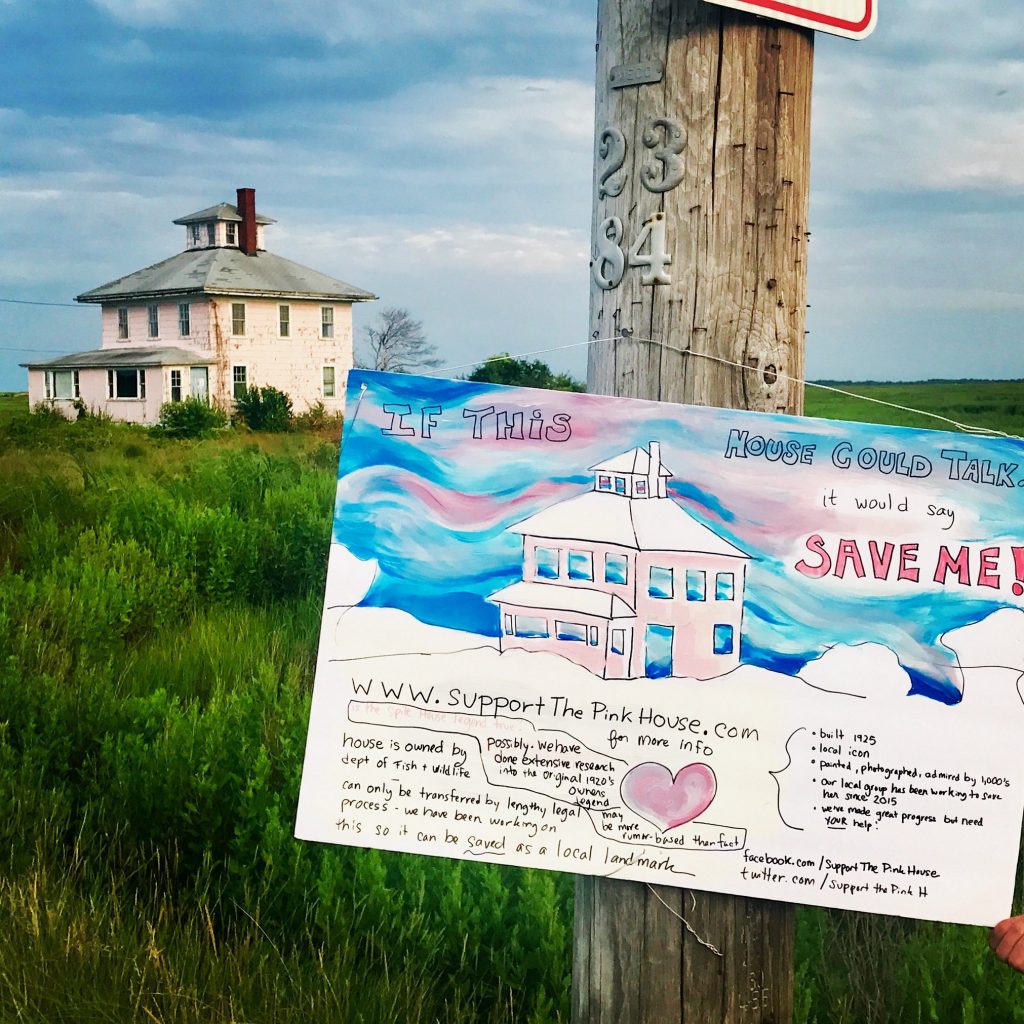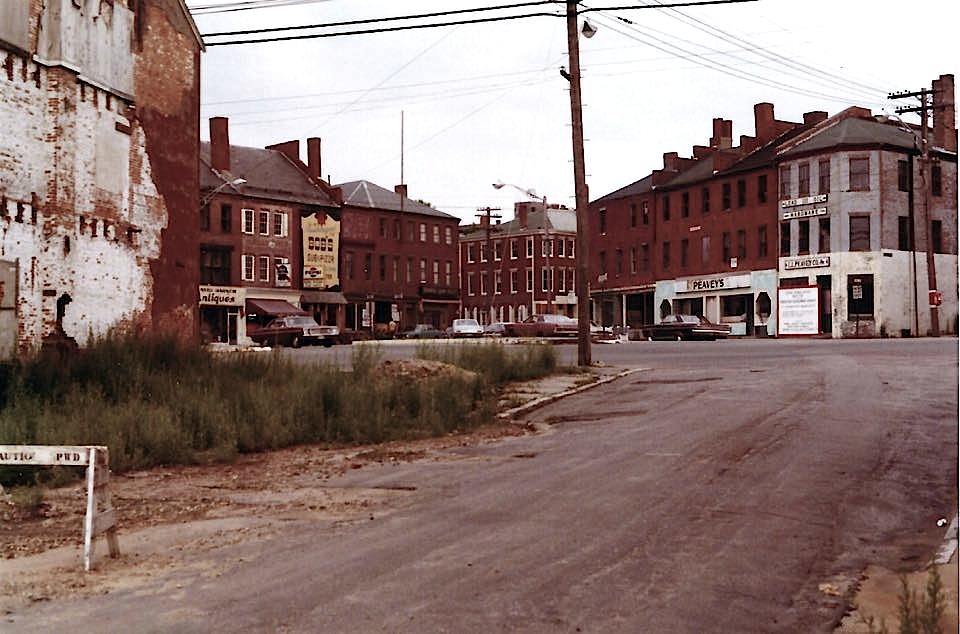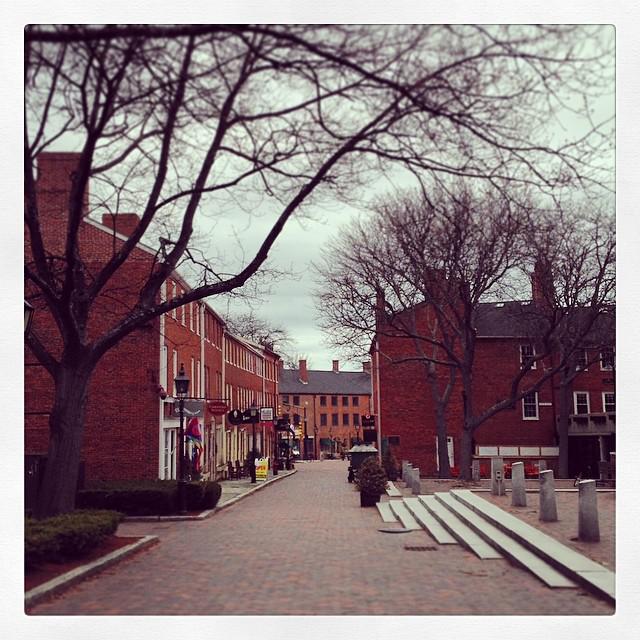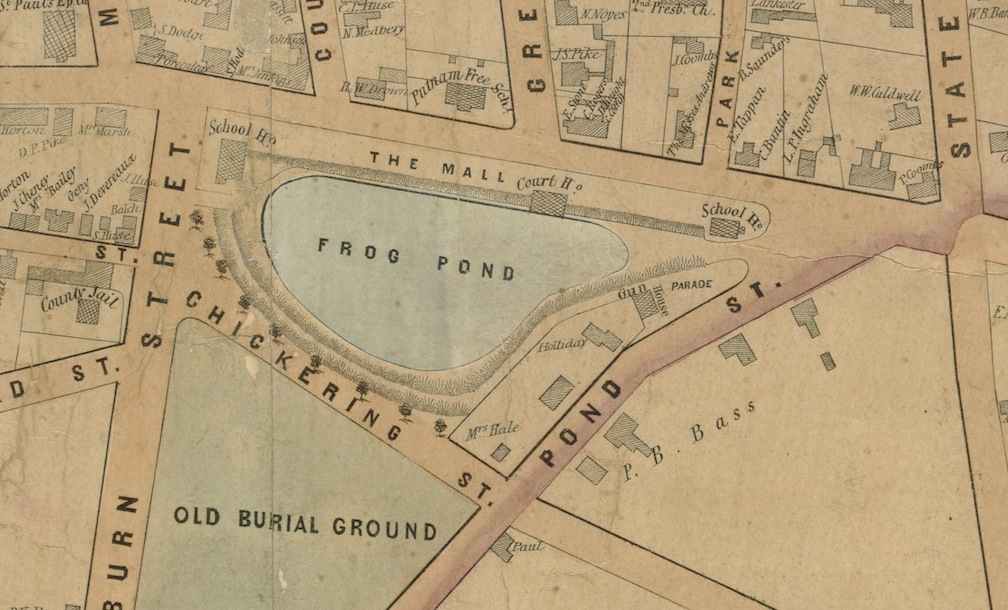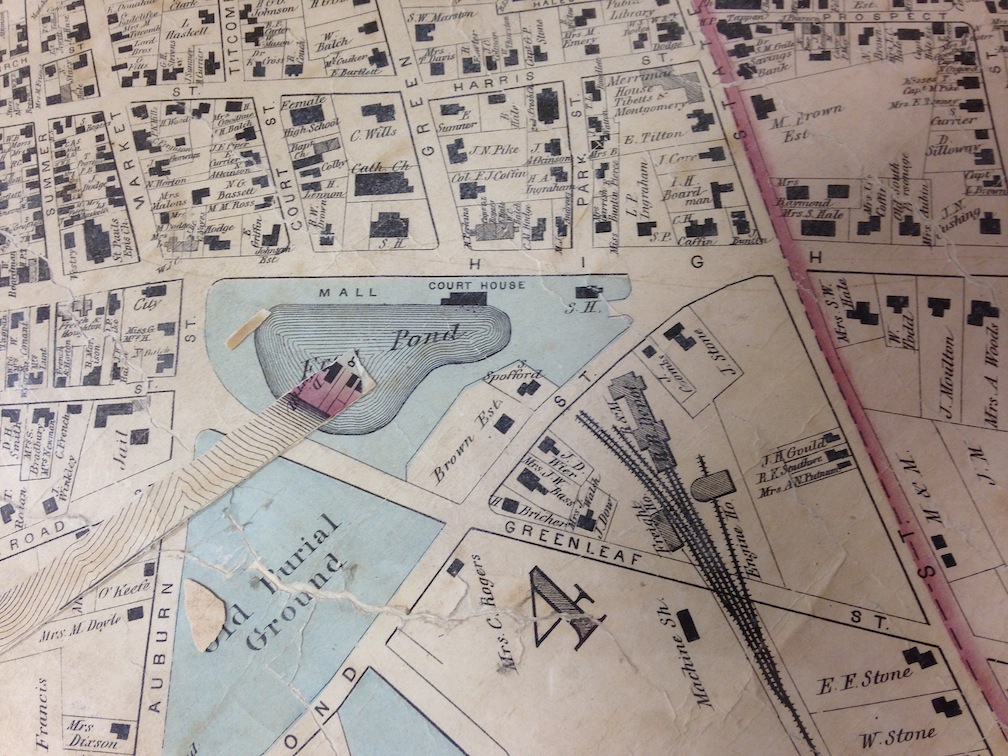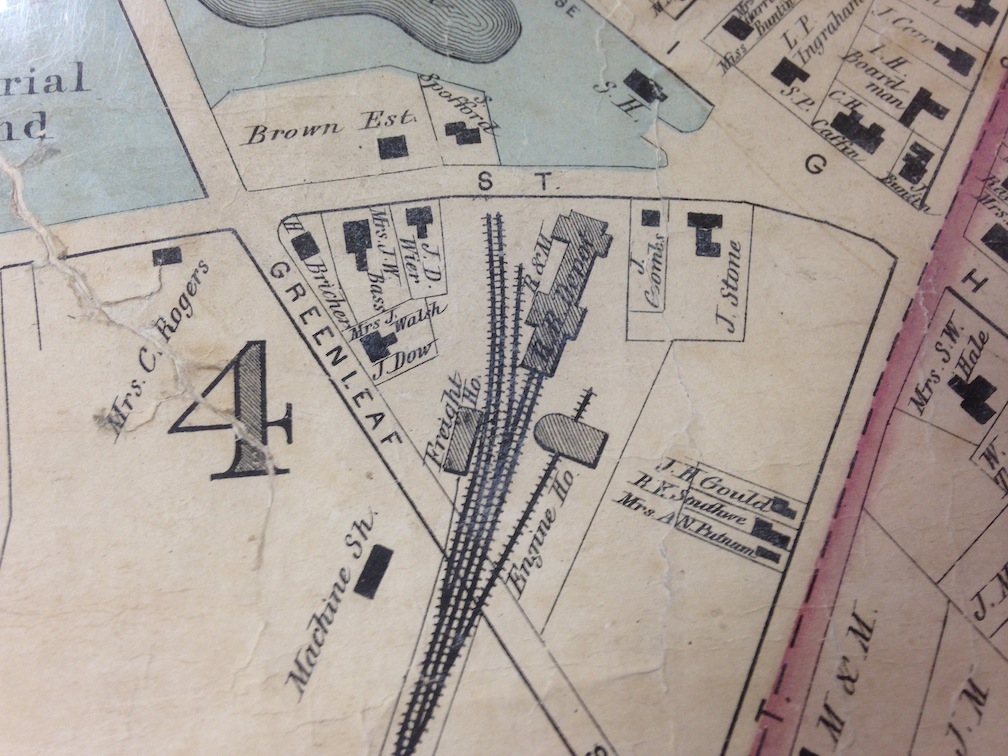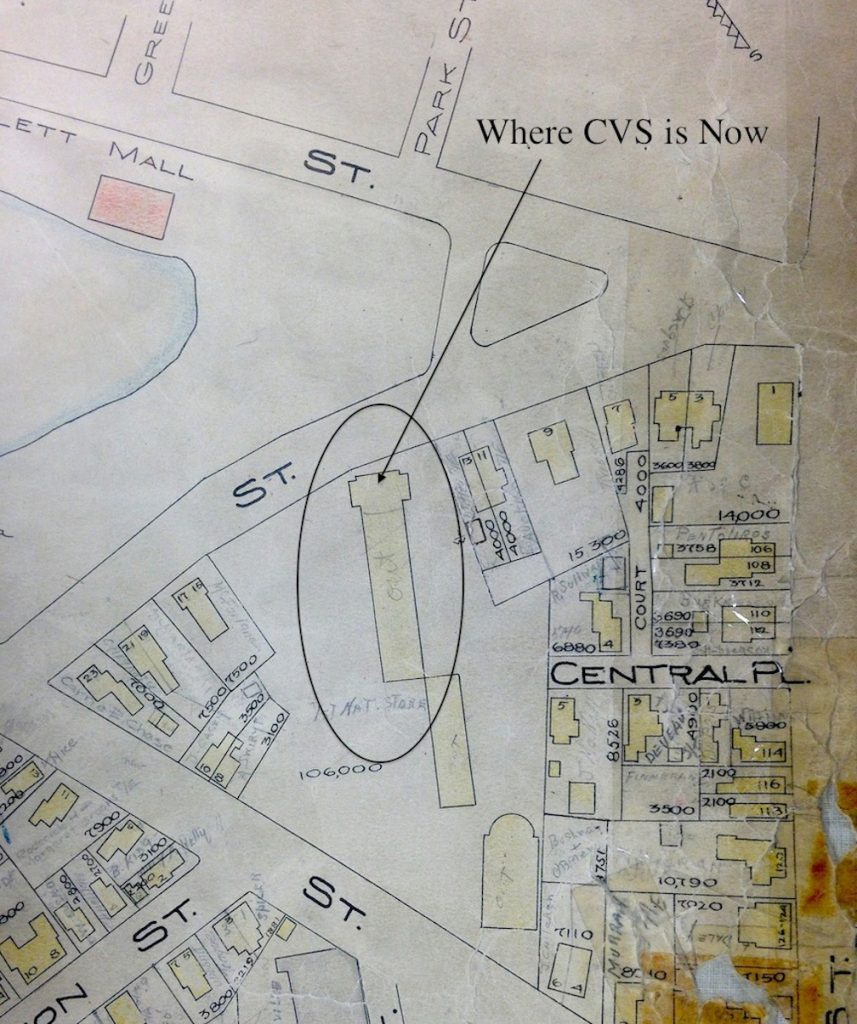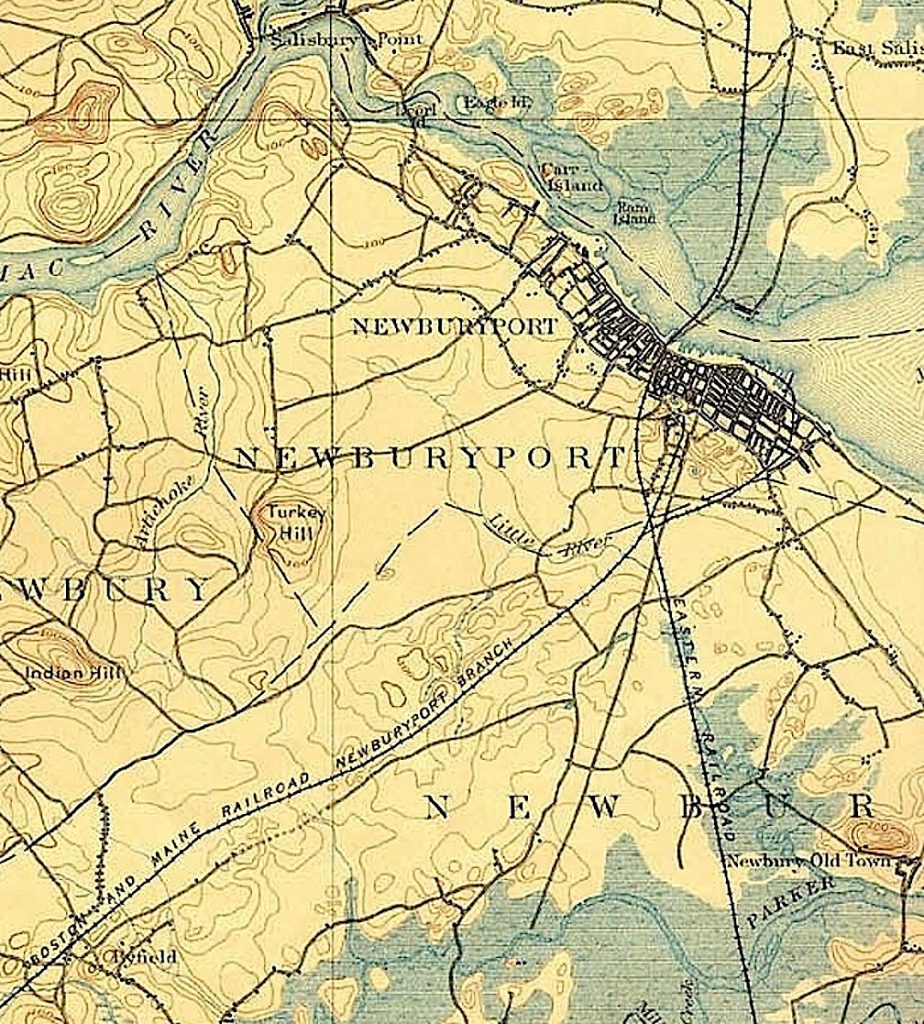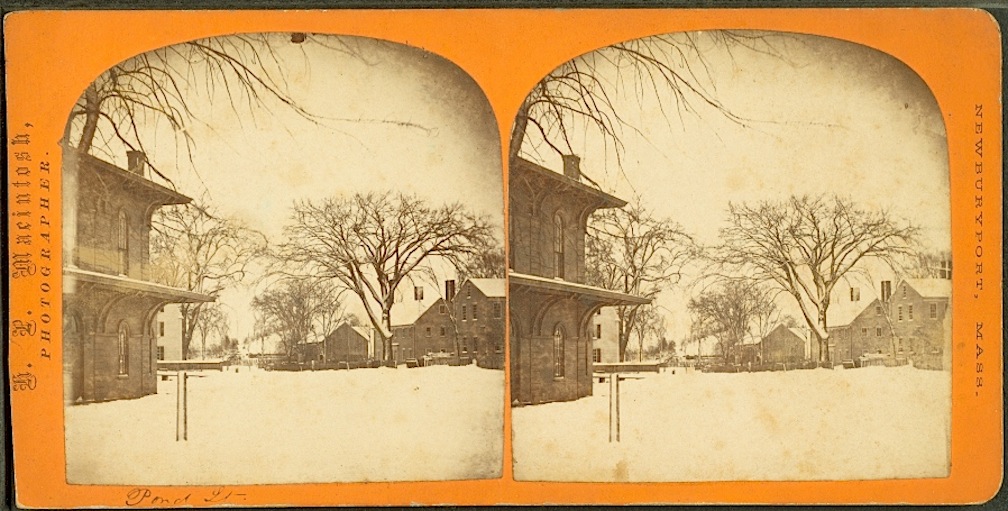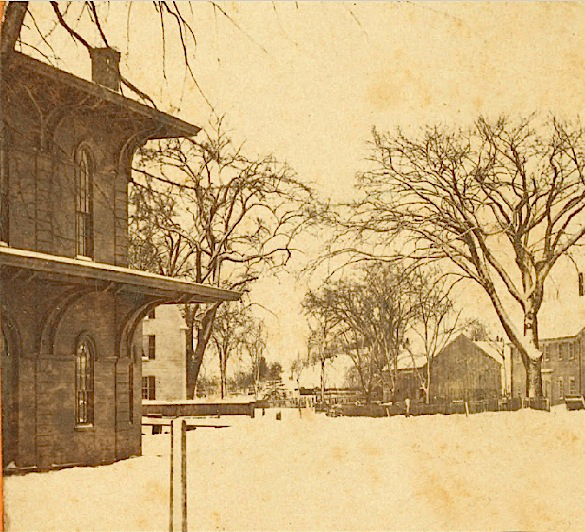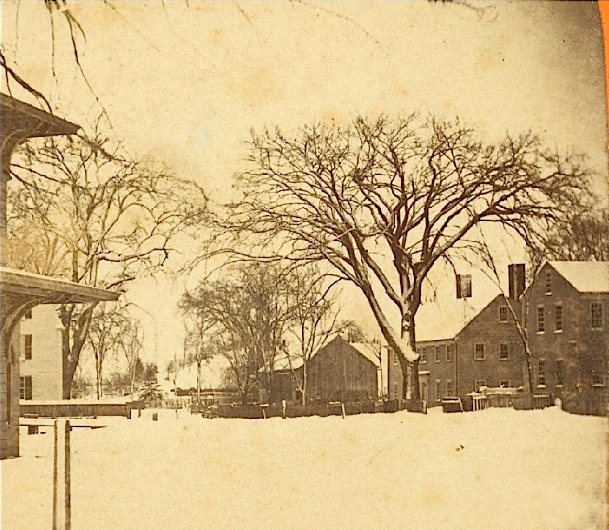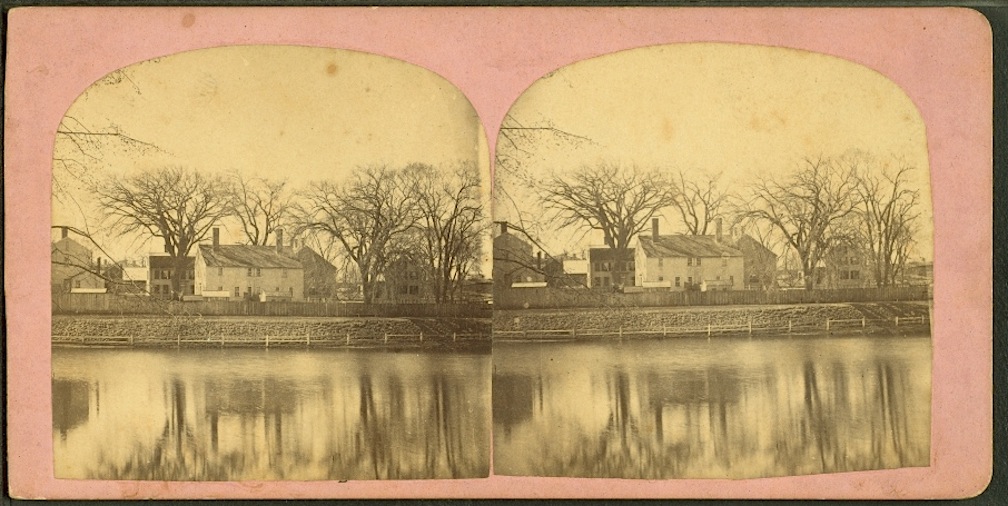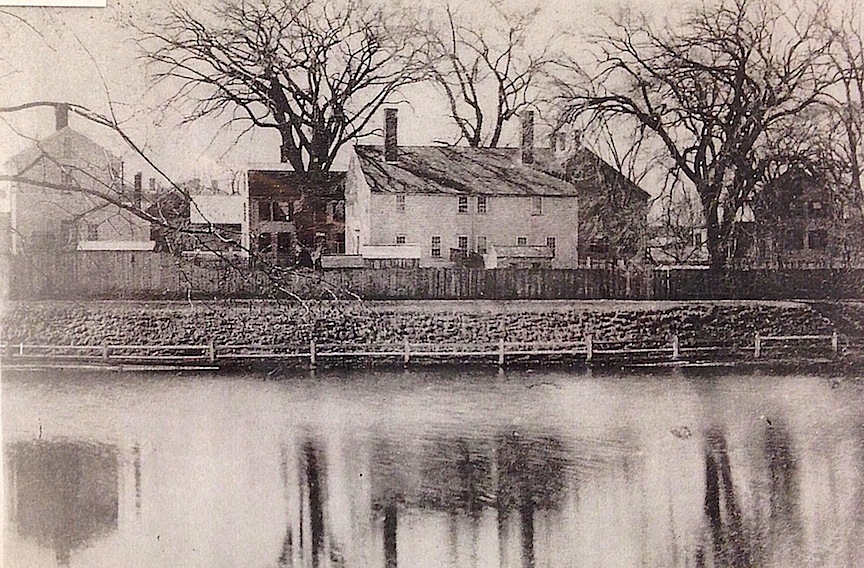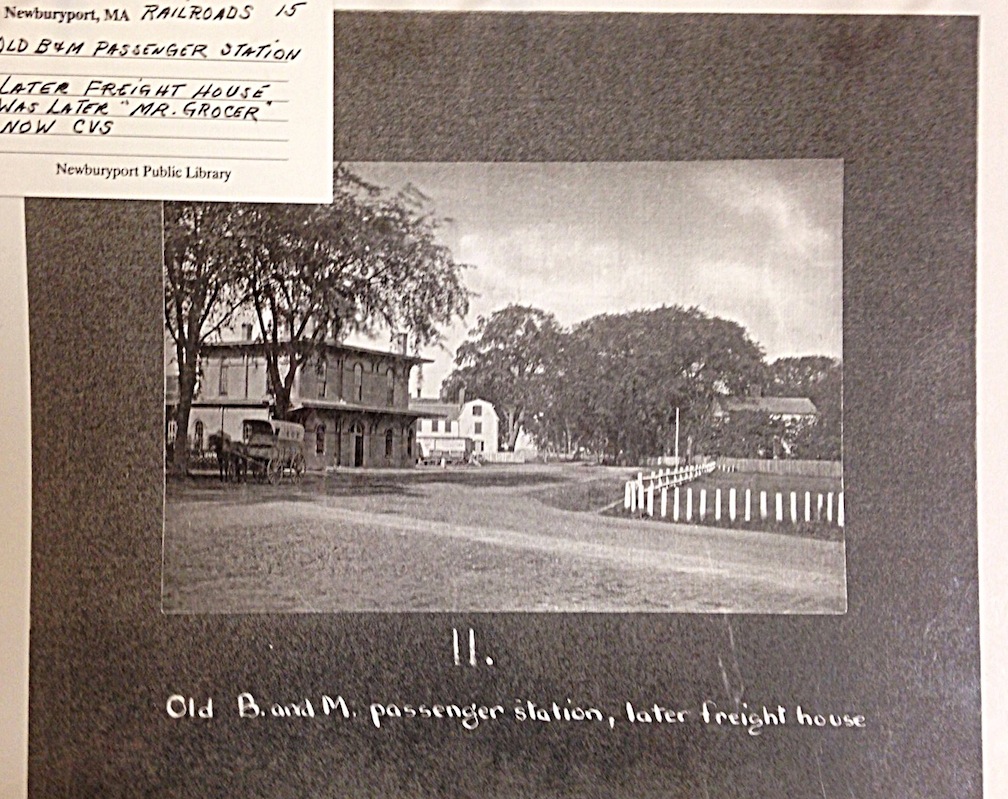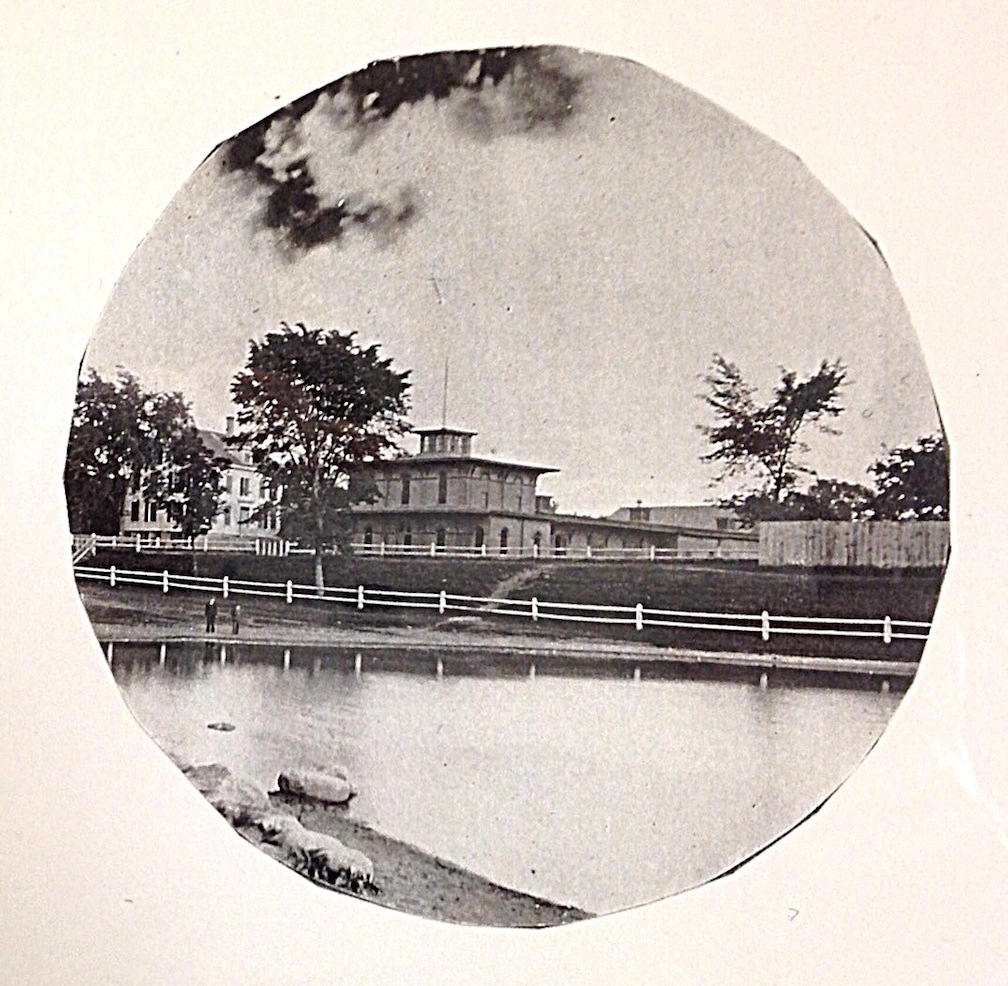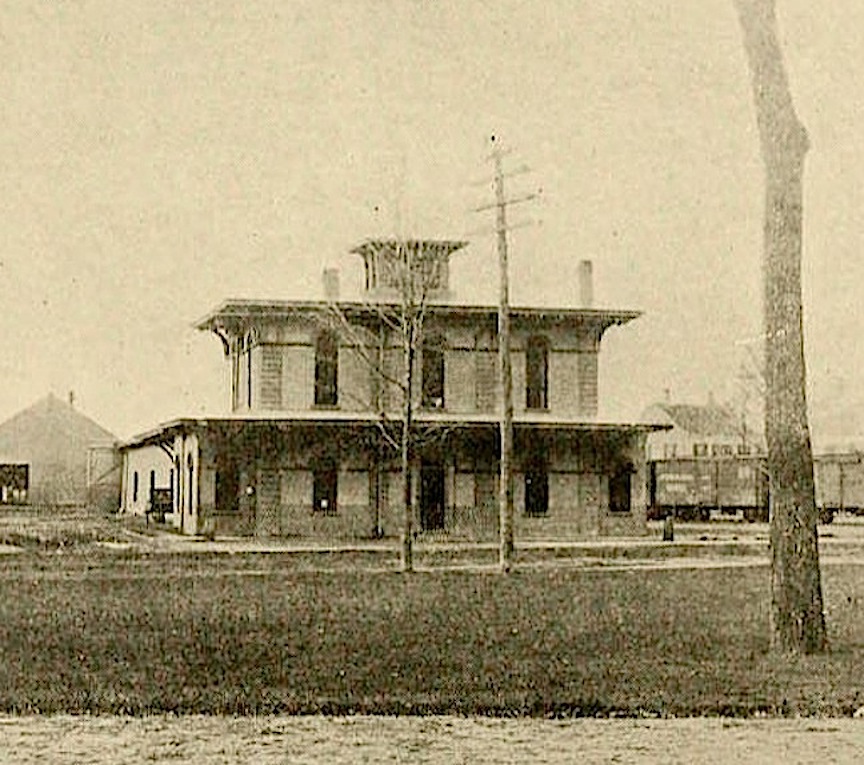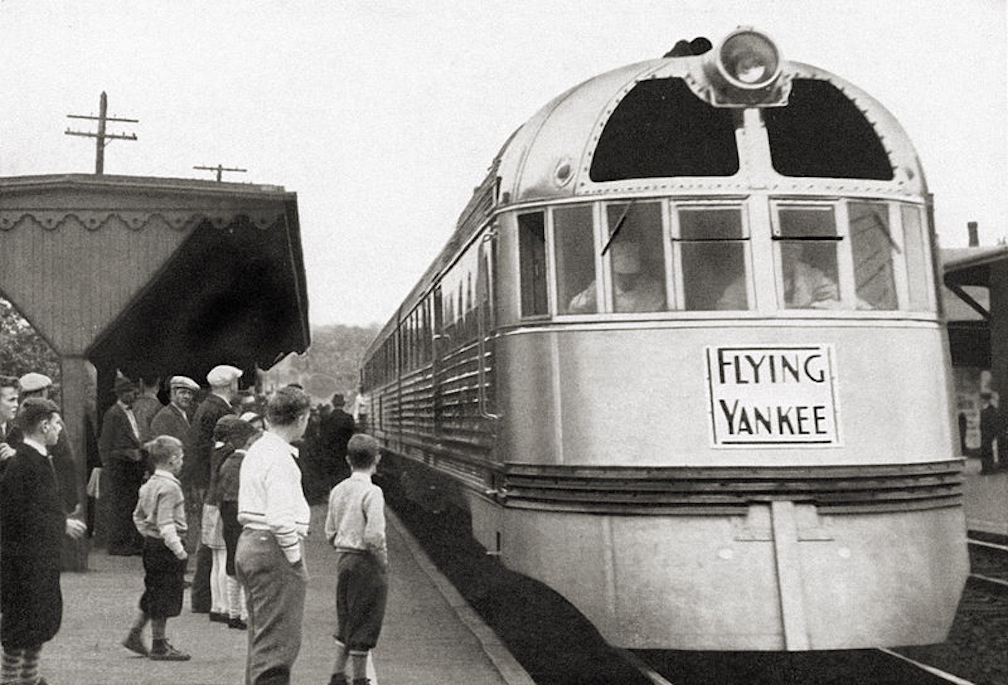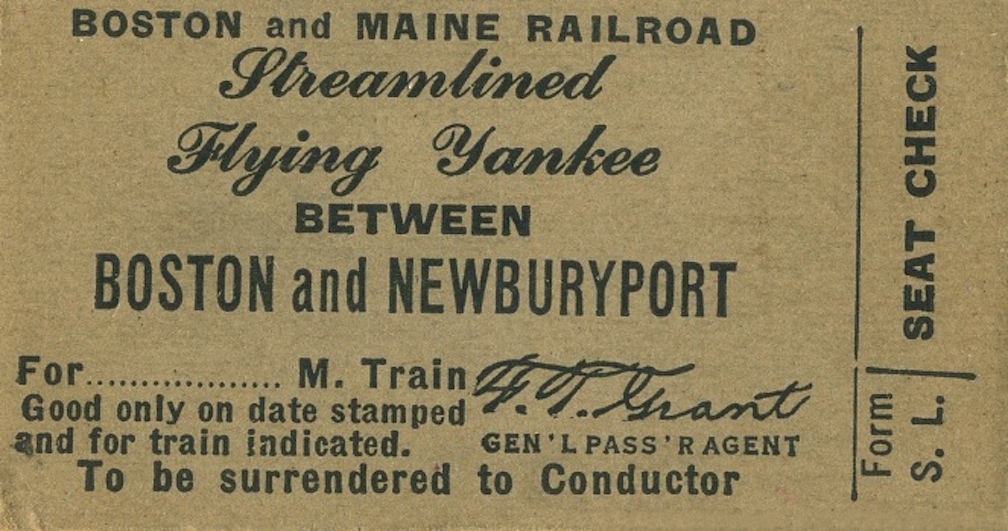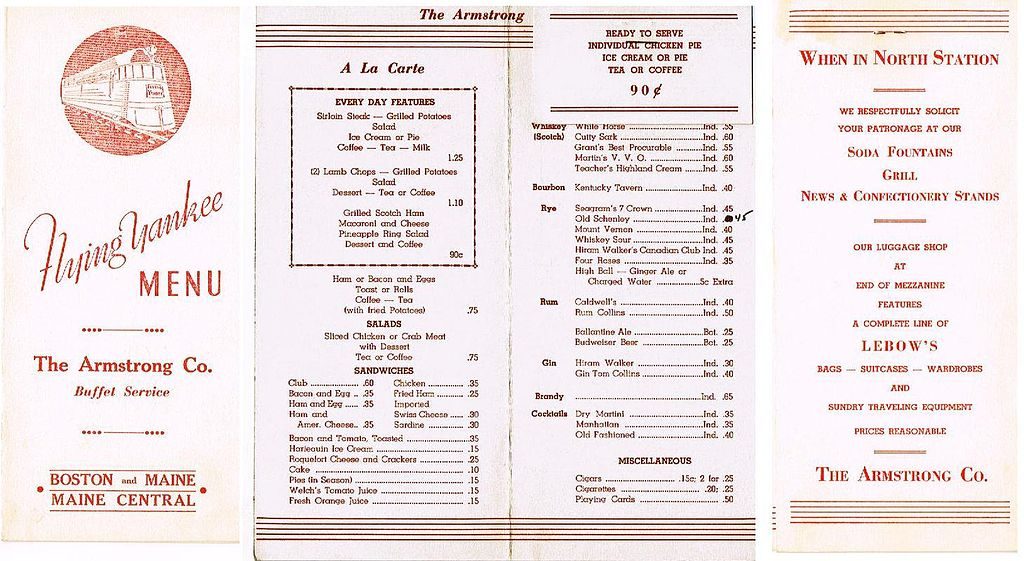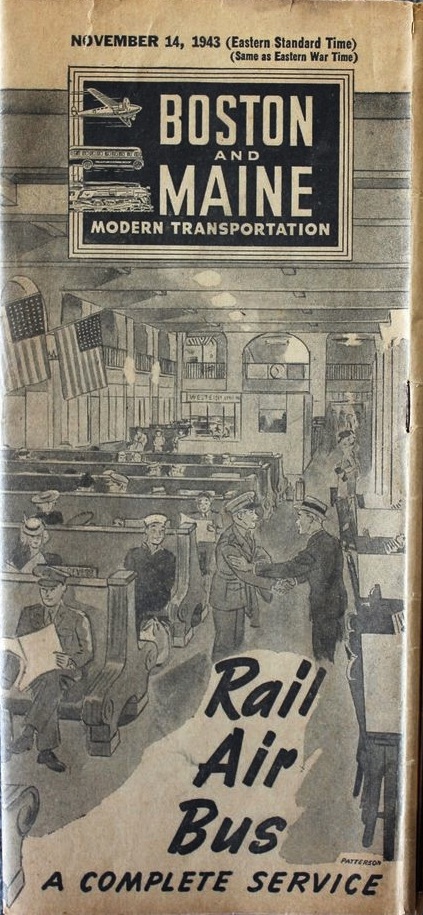A friend of mine collects old tools and asked me to see what I could find out about Laroy Starrett and his time here in Newburyport, so I went on a hunt. And this is one fascinating gentleman.
Laroy Starrett, or L.S. Starrett as he eventually went by, was born in China, Maine in 1836. It’s possible that he came to Newburyport as early as 1855, but he definitely shows up on the 1860 Census. I found him listed as working for Mrs. Mary White Bannister Hale, the widow of Ebenezer Hale, at Mount Rural. He is listed as a farmer (and he was a very good farmer).
What is so cool is that in the 1851 map in the Archival Center at the Newburyport Library, there is a drawing of Mount Rural, the residence of Mrs. S.W. Hale, although it no longer exists today. And I can imagine young Laroy walking to the house looking for a job as a young man.
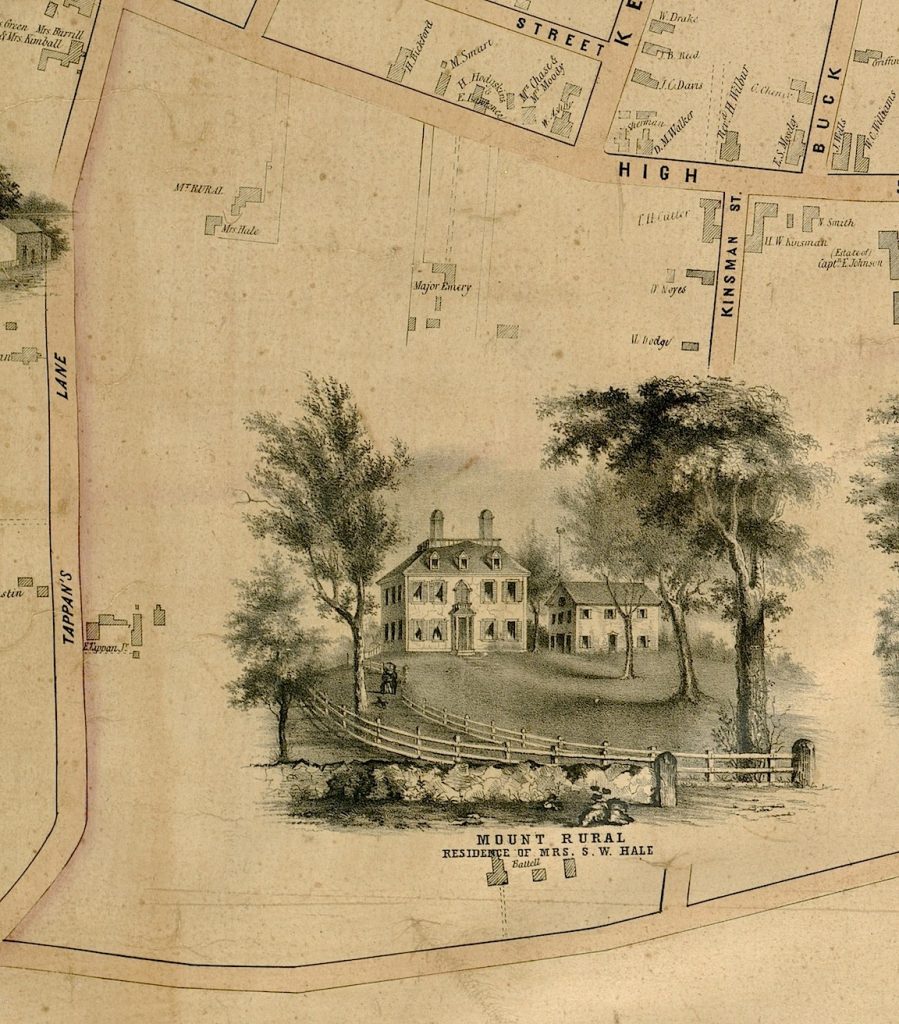
Mount Rural, Residence of Mrs. S.W. Hale, 1851 map of Newburyport
Mount Rural, Residence of Mrs. S.W. Hale, 1851 map of Newburyport
Mount Rural is where the Newburyport High School exists today, back then it was a little different.
Here is the the 1851 map with the house and the land.
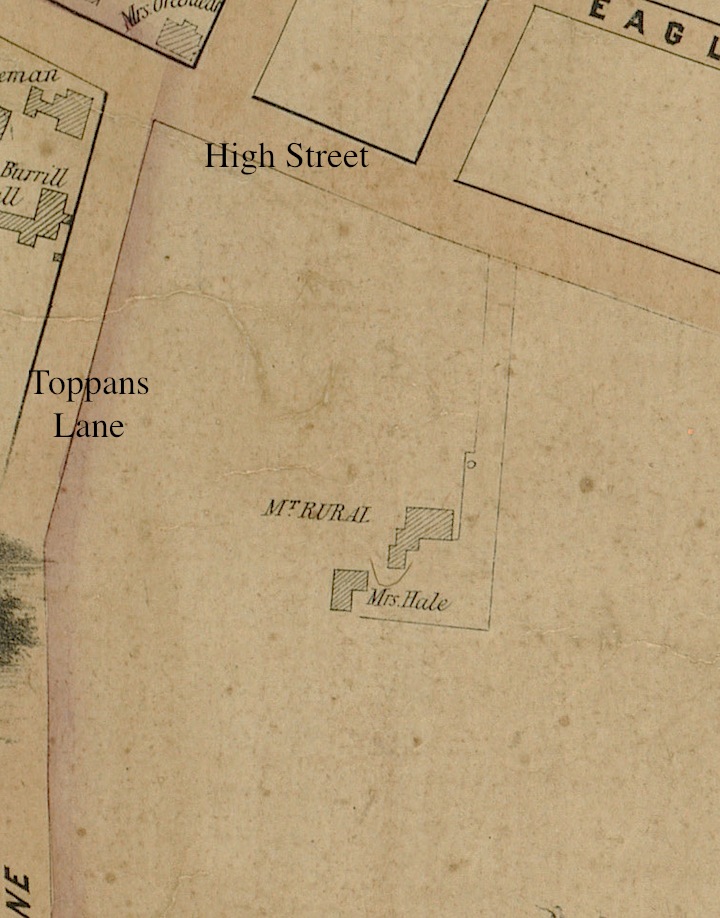
The 1851 map with the house and the land, Mount Rural, Residence of Mrs. S.W. Hale
The 1851 map with the house and the land, Mount Rural, Residence of Mrs. S.W. Hale
And here is an 1846 map of the land, Salem Deeds Online, Book 373, Page 211
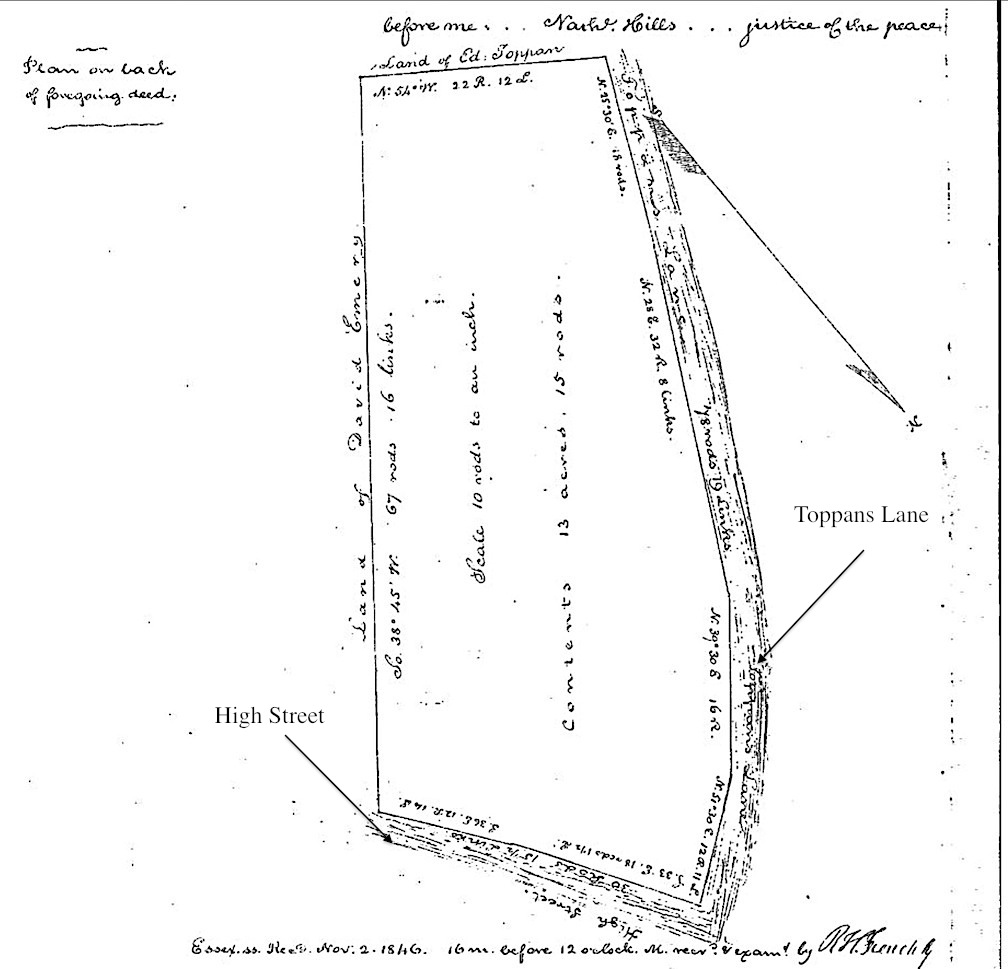
1846 map of the land, Essex Deeds, Book 373, Page 211
1846 map of the land, Essex Deeds, Book 373, Page 211
And there is a mention of him in the newspaper, “Laroy Starrett—from Mount Rural” and a list of the “profusion of products” that he exhibited, “Carrots, Beets, Turnips and very large Jackson White Potatoes, also, three varieties of Wheat.”
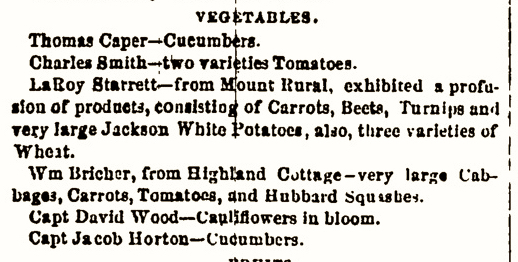
From a 1860 newspaper mentioning Laroy Starrett
From a 1860 newspaper mentioning Laroy Starrett
Historic New England has a wonderful photo of two men harvesting Mount Rural in 1880.
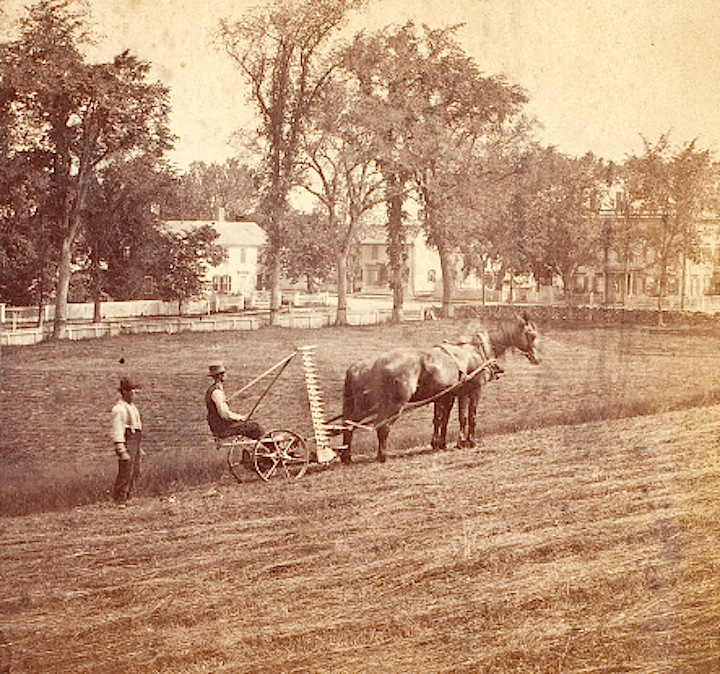
Two men harvesting Mount Rural in 1880, Courtesy of Historic New England
Two men harvesting Mount Rural in 1880, Courtesy of Historic New England
In 1861 Laroy married Lydia W. Bartlett, from Newburyport, her father and mother were Henry A. Bartlett and Hanna Bartlett. Lydia’s father is listed as a farmhand and her mother worked in one of the mills. I have this romantic image of how Laroy and Lydia might have met. When they lived in Newburyport they had three children. The 1865 Census lists Laroy as a farmer, married with two young children, Frank age three and Ada age one. Alice is born in Newburyport in 1867.
In the Newburyport City Directory, the Starretts are listed from 1864-1865 at “the little Turkey Hill farm.” What I am wondering is if Laroy was working or even at that point running the farm at Turkey Hill, which belonged to John Gardner Little. If so, the house exists to this day, it is 100 Turkey Hill Road. It was built by Colonel Moses Little of the Seventeenth Regiment in the Revolutionary War (John J. Currier and the Newburyport Historical Commission).
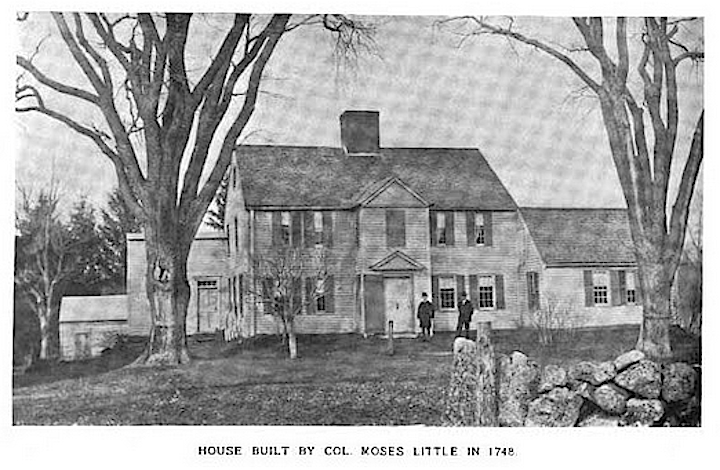
The house build by Colonel Moses Little in 1748, 100 Turkey Hill Road
The house build by Colonel Moses Little in 1748, 100 Turkey Hill Road
L. S. Starrett is not known for his farming, he is known for his tools and as an inventor and as a very famous business man.
In 1866 the Starretts moved to 12 Tyng Street (lower Tyng Street near Merrimac Street), which could also be 16-18 Tyng Street, there is no way of knowing (the street numbers change over the years), but they moved from the farm into town, and that was because Laroy had invented a meat cutter in 1865.

16-18 Tyng Street and 12-14 Tyng Street
16-18 Tyng Street and 12-14 Tyng Street
Here are the drawings for the patent.
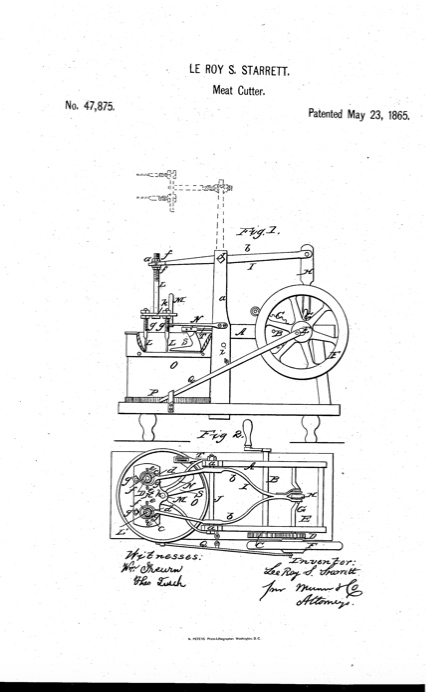
The drawings of the 1865 meat cutter by Laroy Starrett
The drawings of the 1865 meat cutter by Laroy Starrett
And here is one of the original meat cutters.
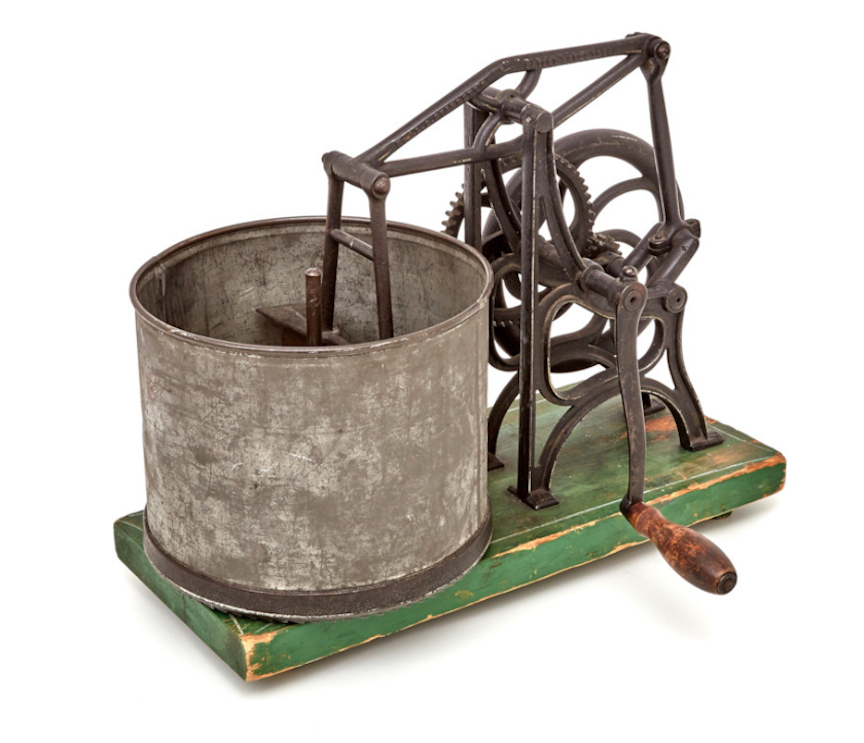
A meat cutter invented by Larry Starrett
A meat cutter invented by Larry Starrett.
Laroy was making and selling the meat choppers at 103 and 105 Merrimac Street, which may well have been close to Tyng Street, or at least in walking distance . In 1867 and 1868 Laroy was advertising the meat cutter/chopper a lot in the local newspapers.
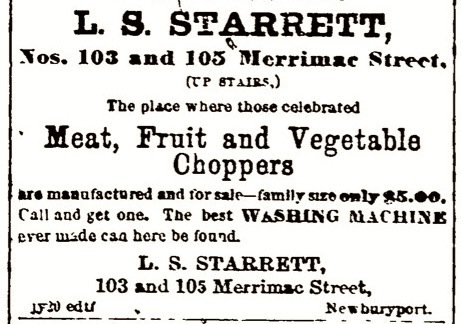
A 1868 advertisement for Laroy Starrett’s meat cutter
A 1868 advertisement for Laroy Starrett’s meat cutter
He was so successful that he left Newburyport to manufacture his inventions, which also included a washing machine and a butter worker, in Athol Massachusetts, which is in the upper western part of the state near Gardner.
Today L.S. Starrett is a multi-million global company trading on the New York Stock Exchange, all sorts of amazing tools and instruments whose headquarters are still in Athol Massachusetts. It is still influenced by the family (which is pretty cool).
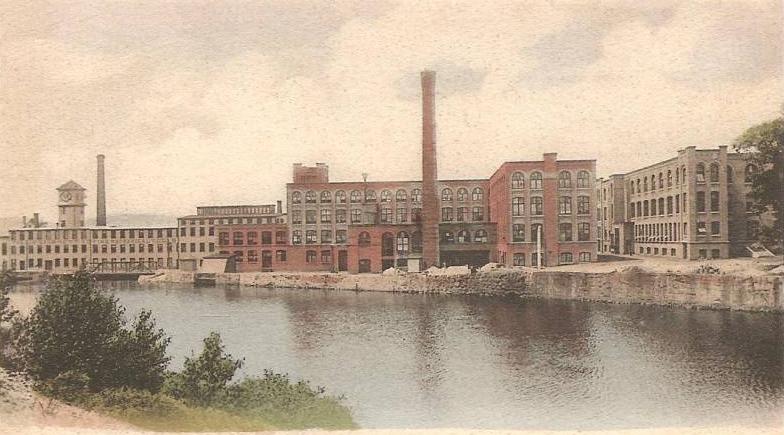
L. S. Starrett Manufacturing Company plant, Athol, Massachusetts, 1905
L. S. Starrett Manufacturing Company plant, Athol, Massachusetts, 1905
This is from the Worcester Business Journal, “Big Business, Doug Starrett,” by Christina Davis
“Douglas A. Starrett may run a large global business representing more than $220 million in annual sales, but his management style and demeanor is more akin to a manager of a small 20-person office.
As he walks the snaking halls of L.S. Starrett Co.’s monstrous 555,000-square-foot headquarters in Athol, he greets employees by name. Many employees – some who’ve worked at the company producing precision measuring tools for more than 30 years – stop to chat, and to gently chide the boss about his recent decision to shave off his beard. His annual letter to employees and retirees contains as much in the way of business updates as it does down-to-earth charm – including the score from the Thanksgiving Day Athol football game.
He’s equally at home setting up operations in some far-flung location halfway around the globe as he is approving name tags for a semi-annual employee meeting.
“We’ve got a big breadth and scope, but I like to think we operate as a small business,” Doug Starrett said.”
This is a pretty amazing legacy for a farmhand on Mrs. Hale’s estate, Mount Rural, Newburyport, Massachusetts.
